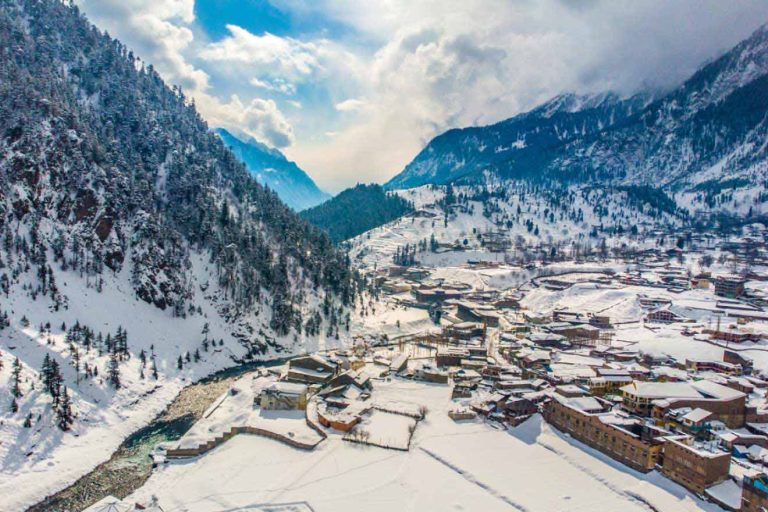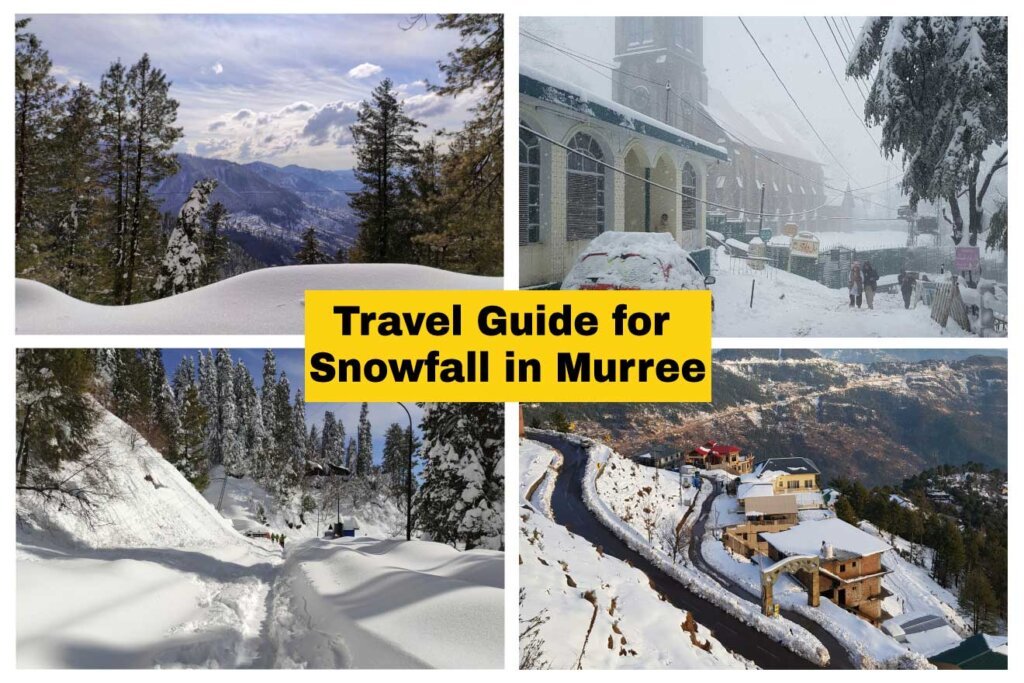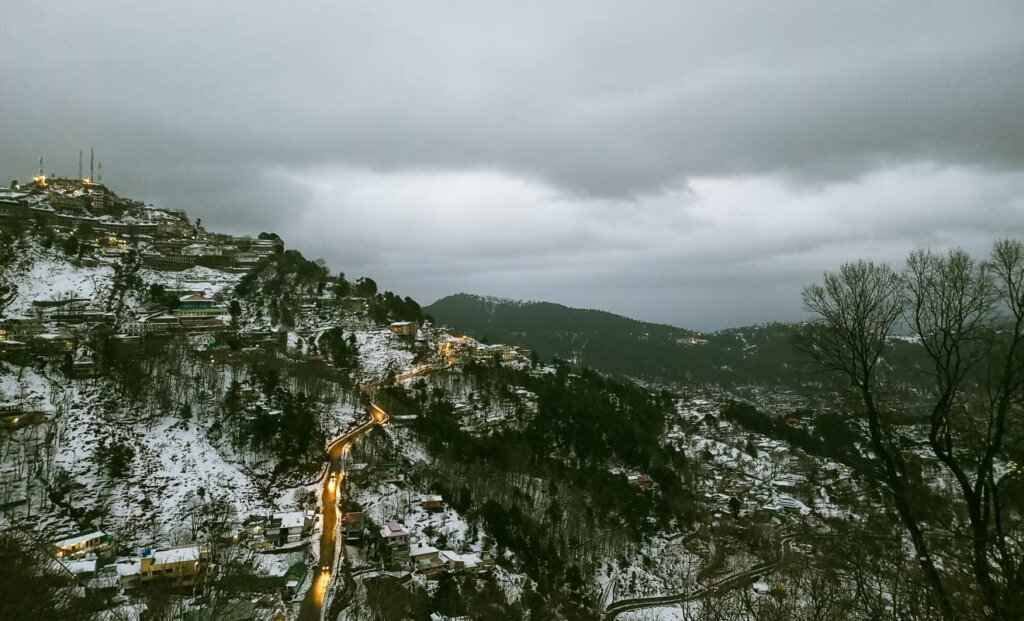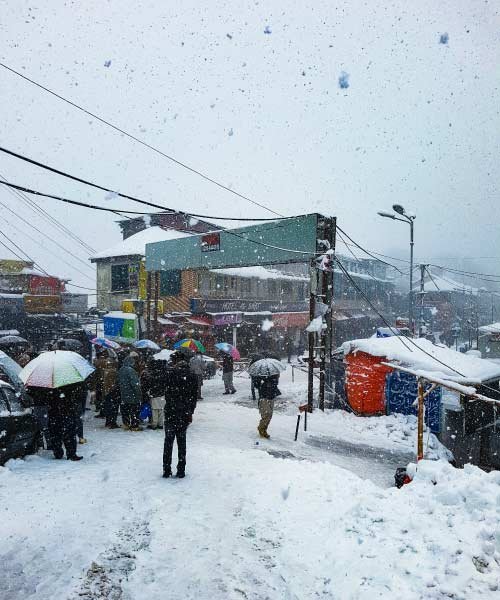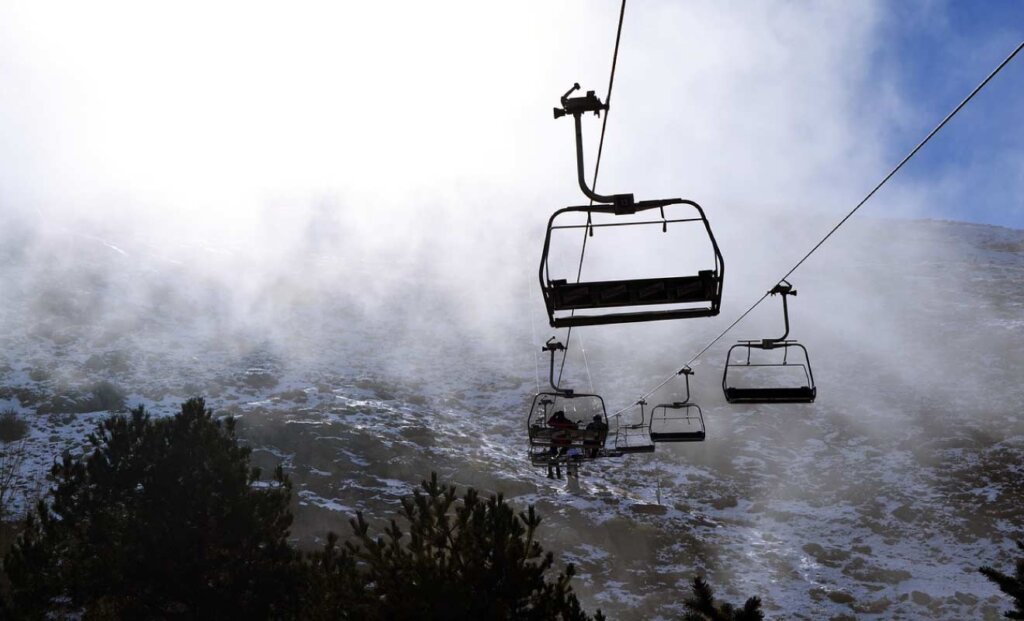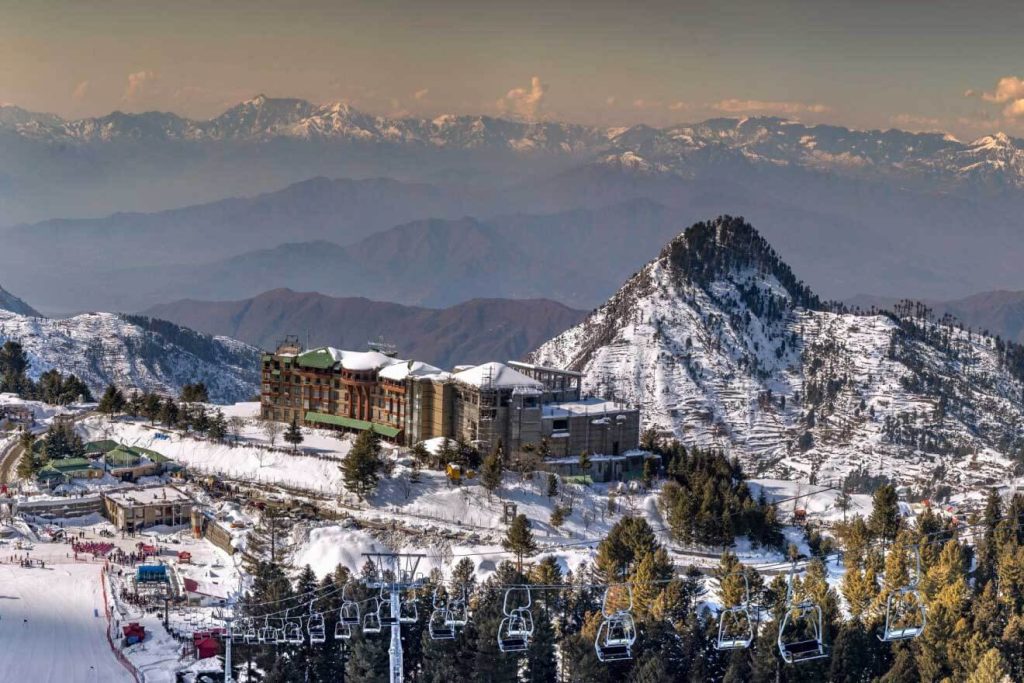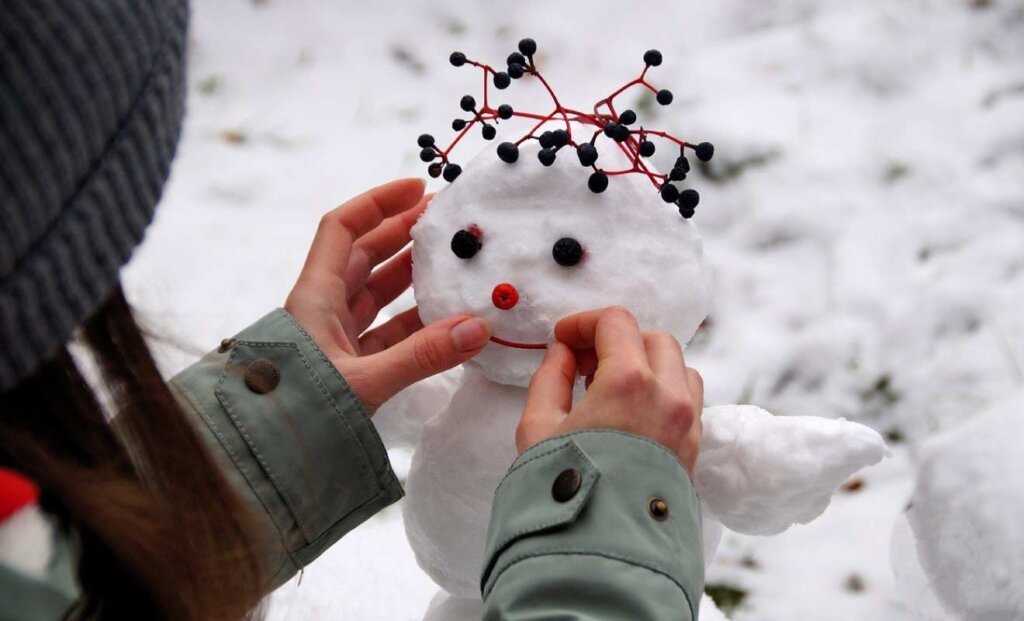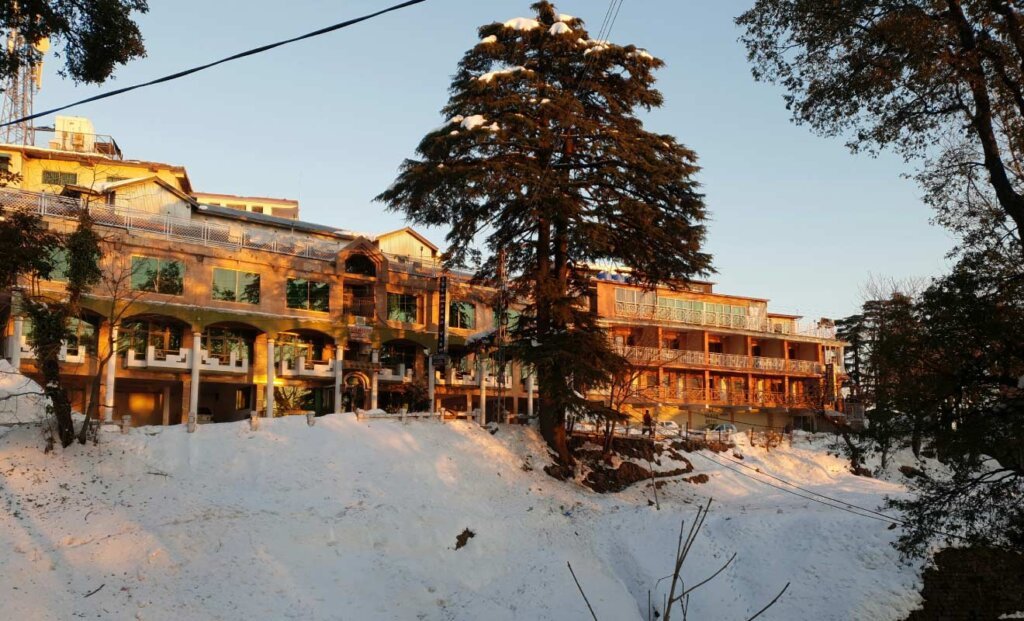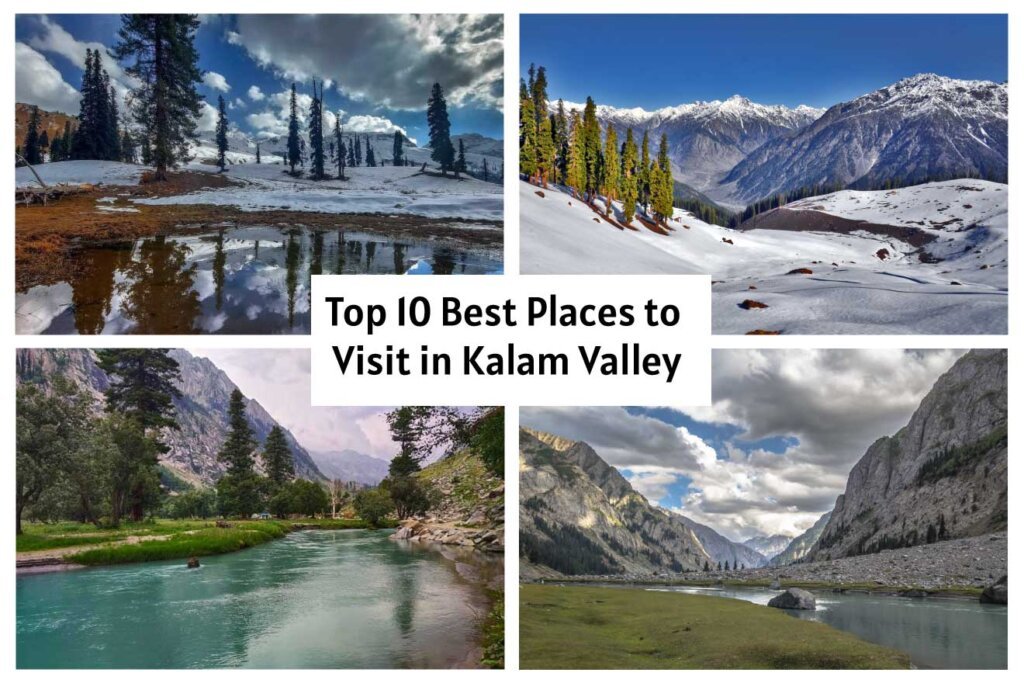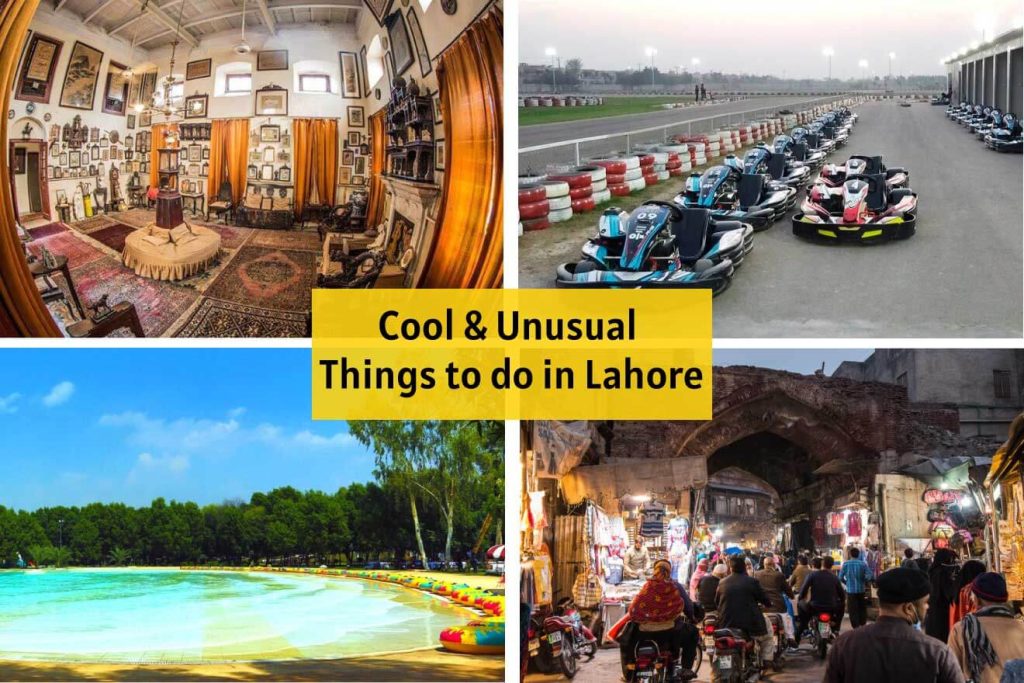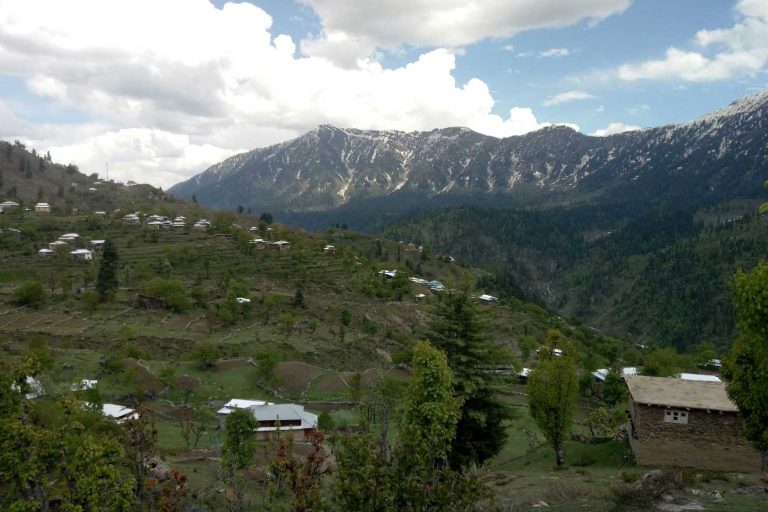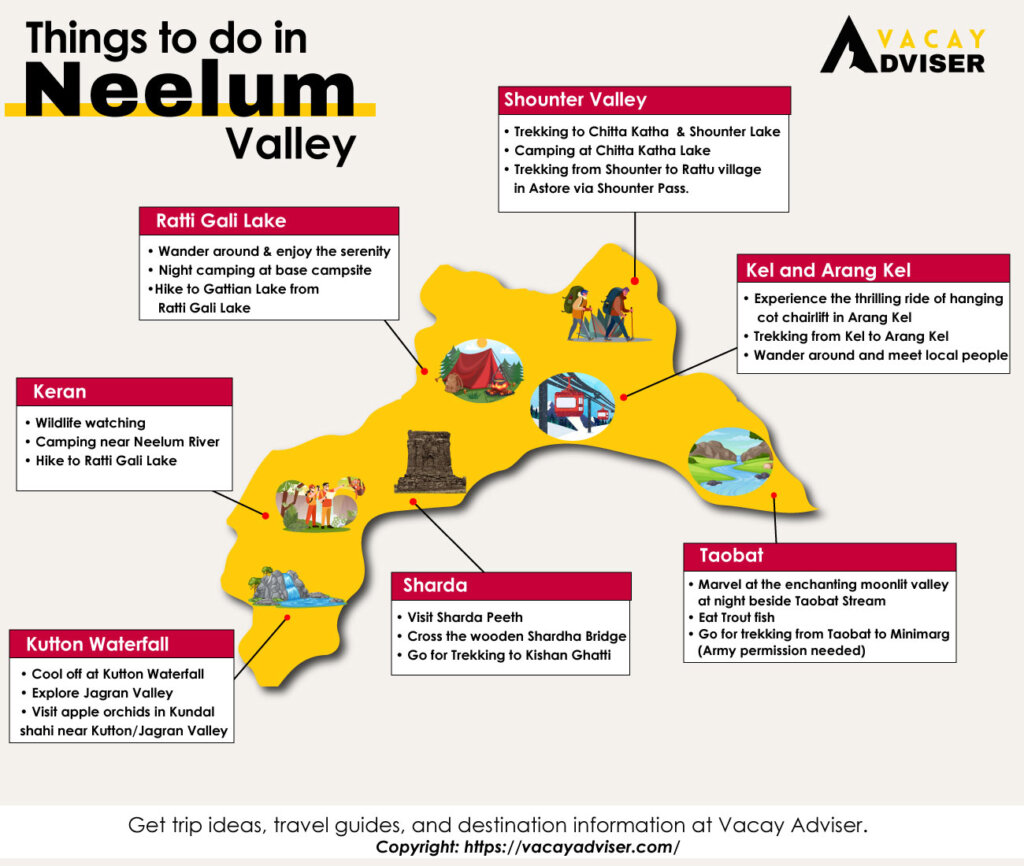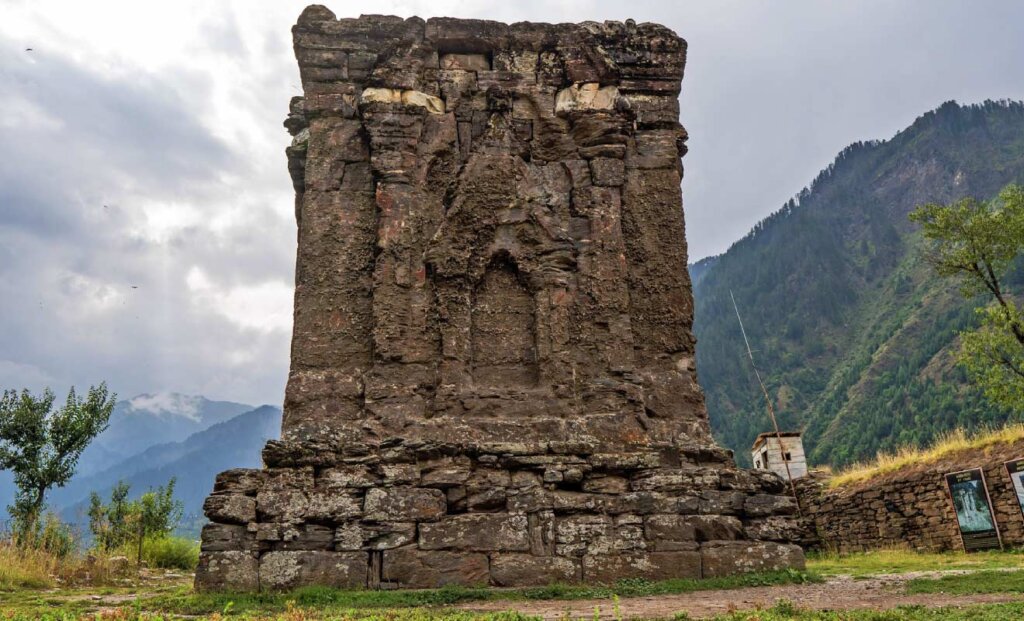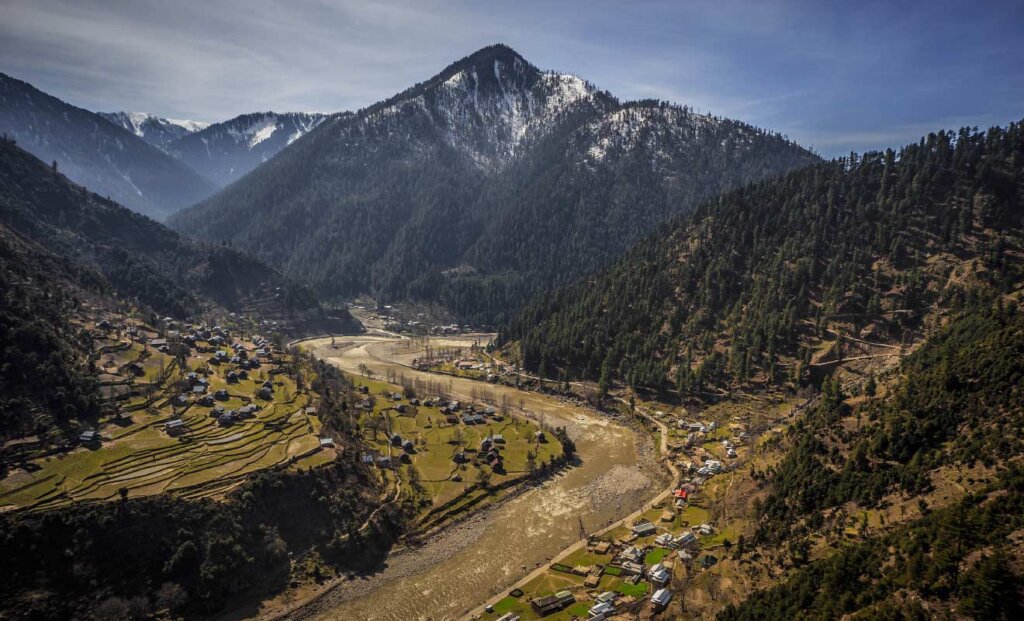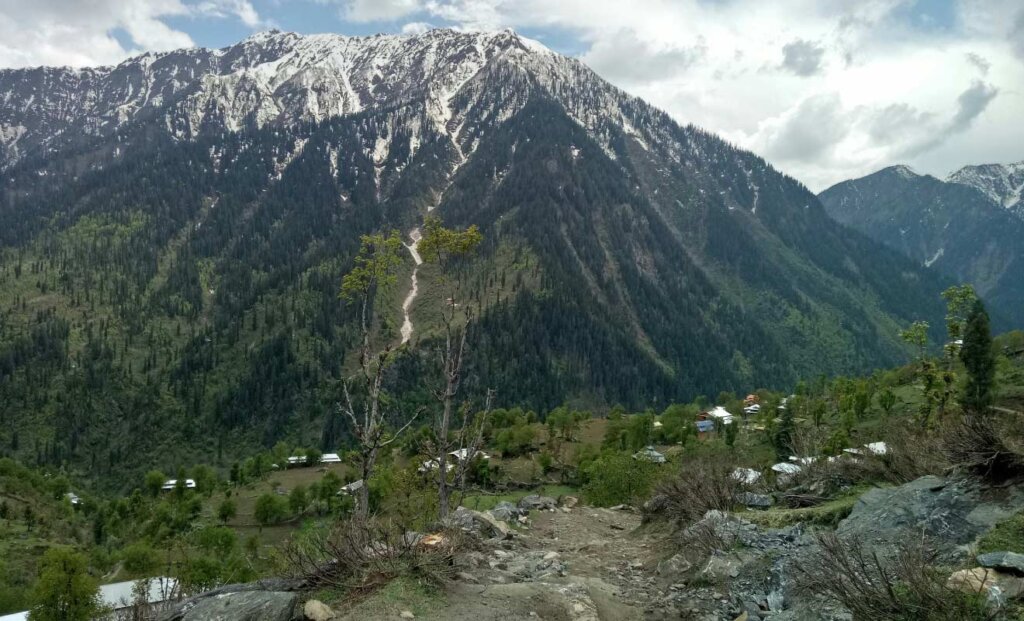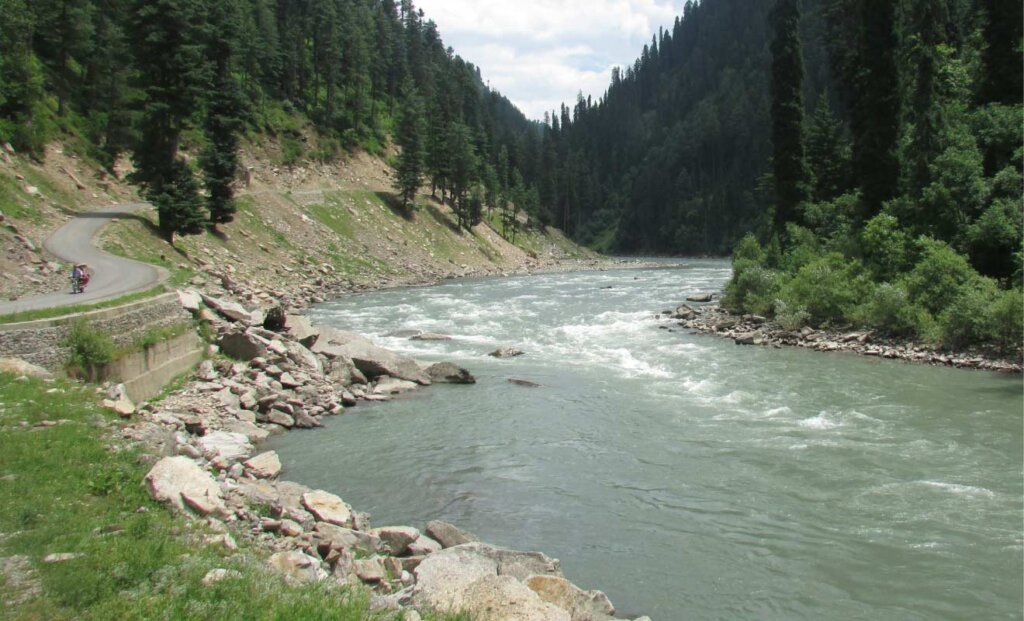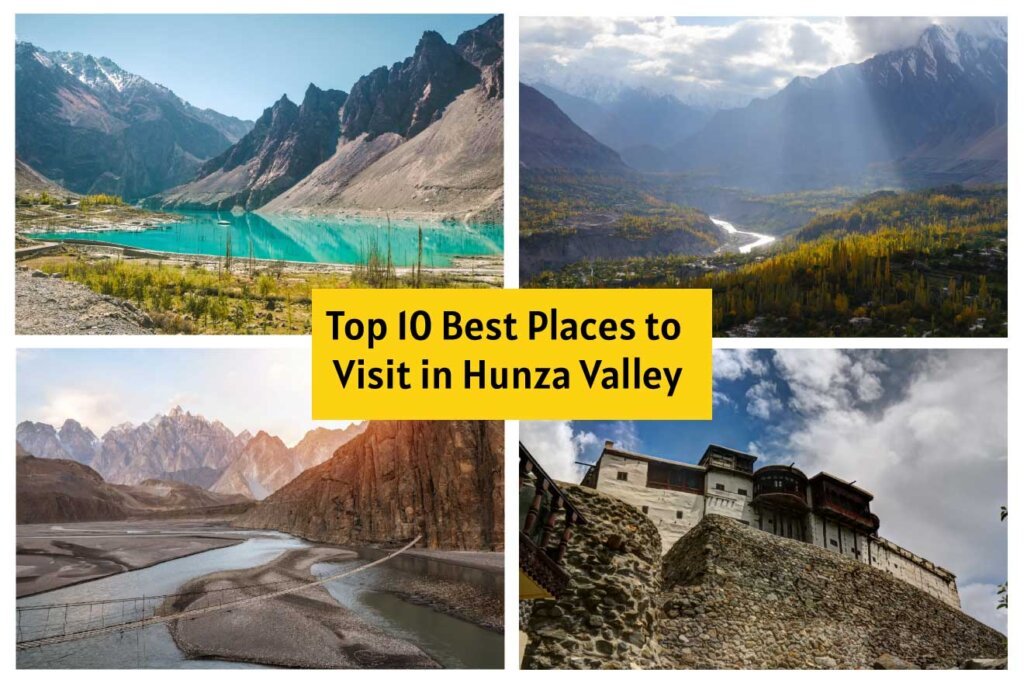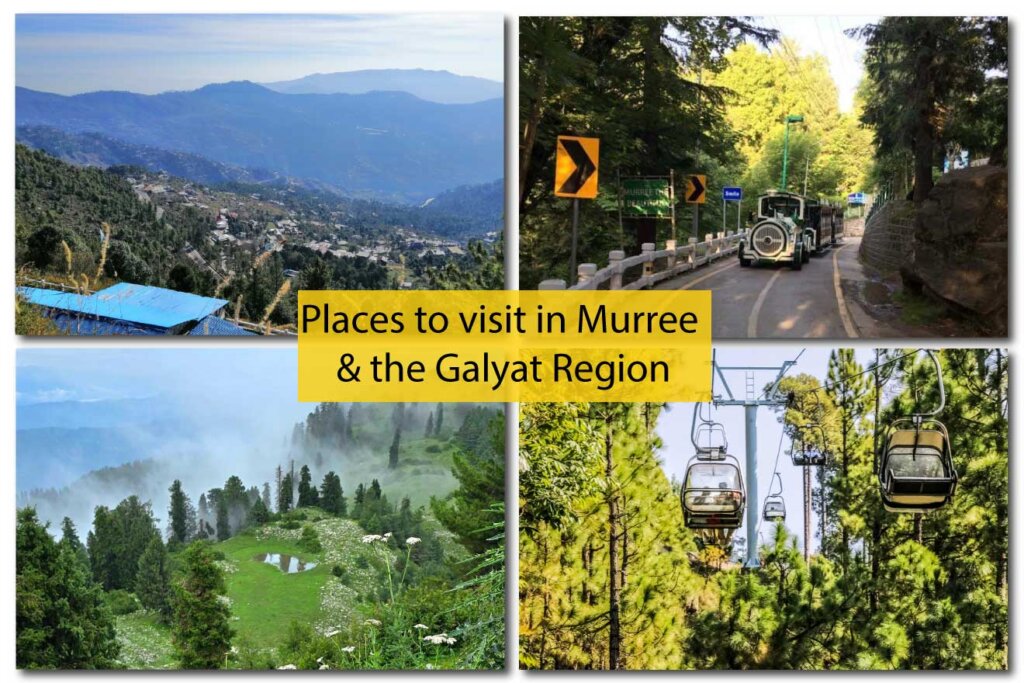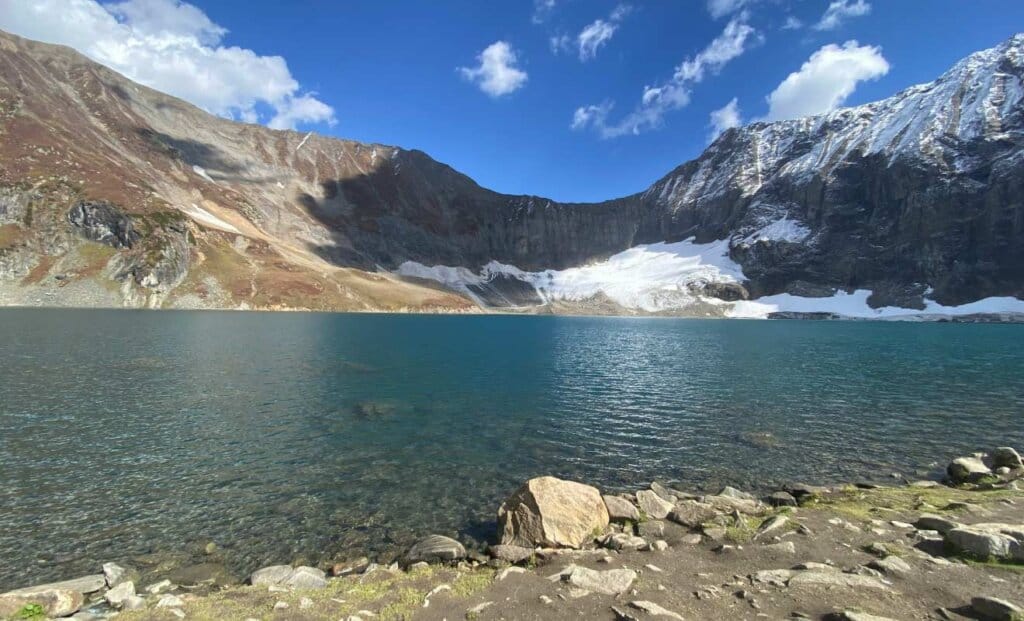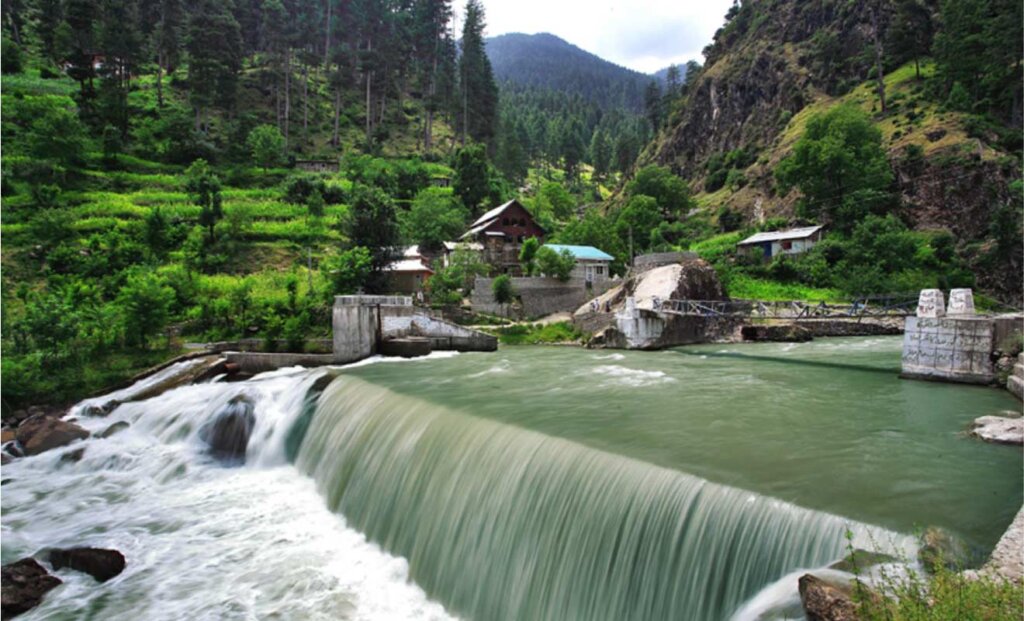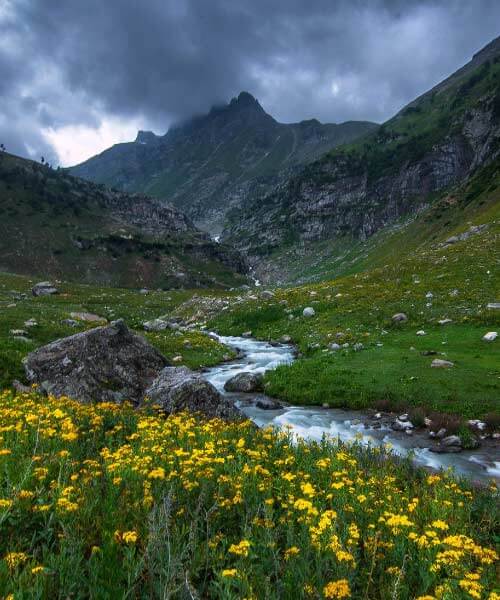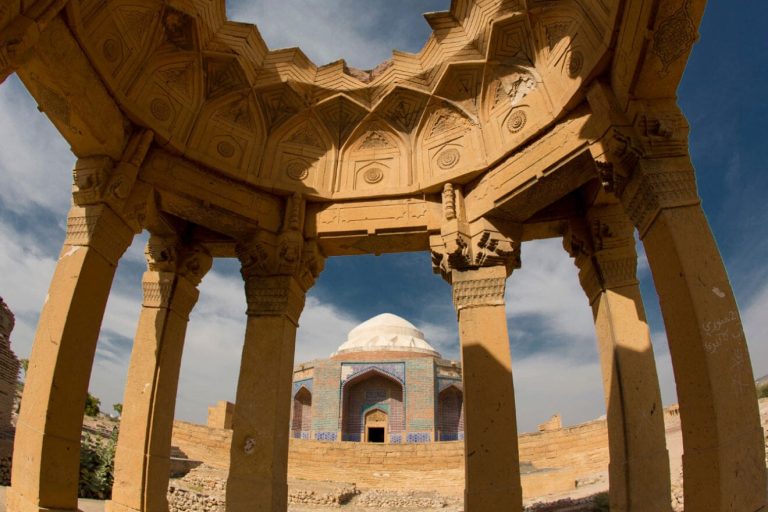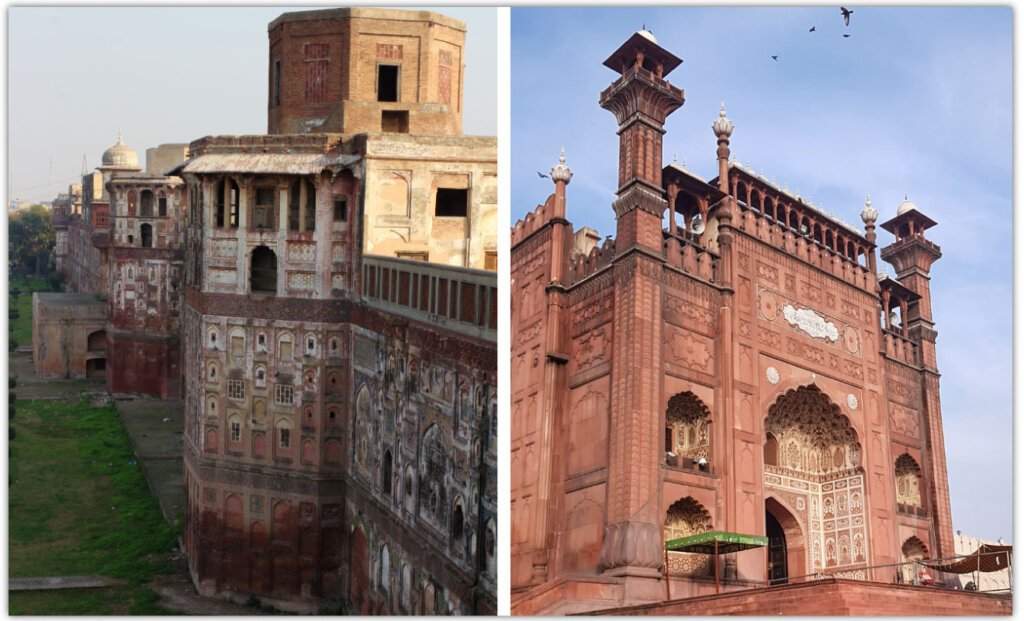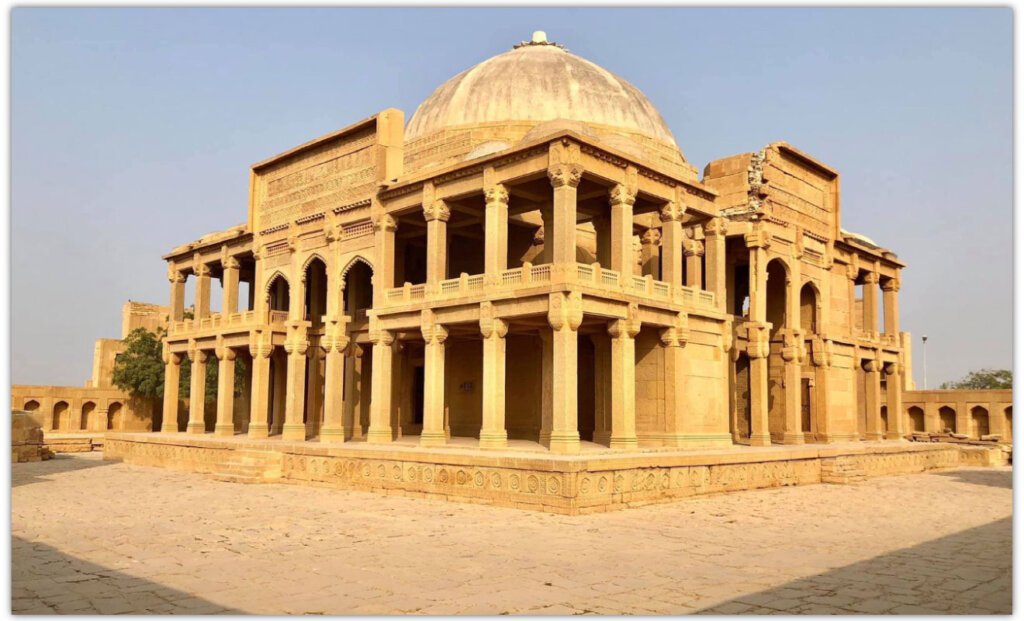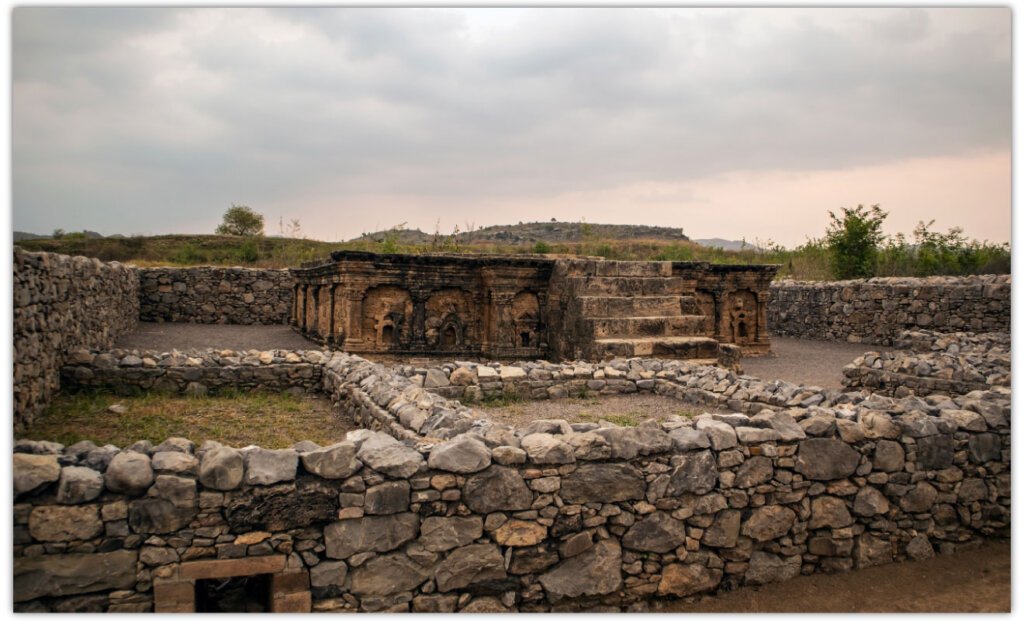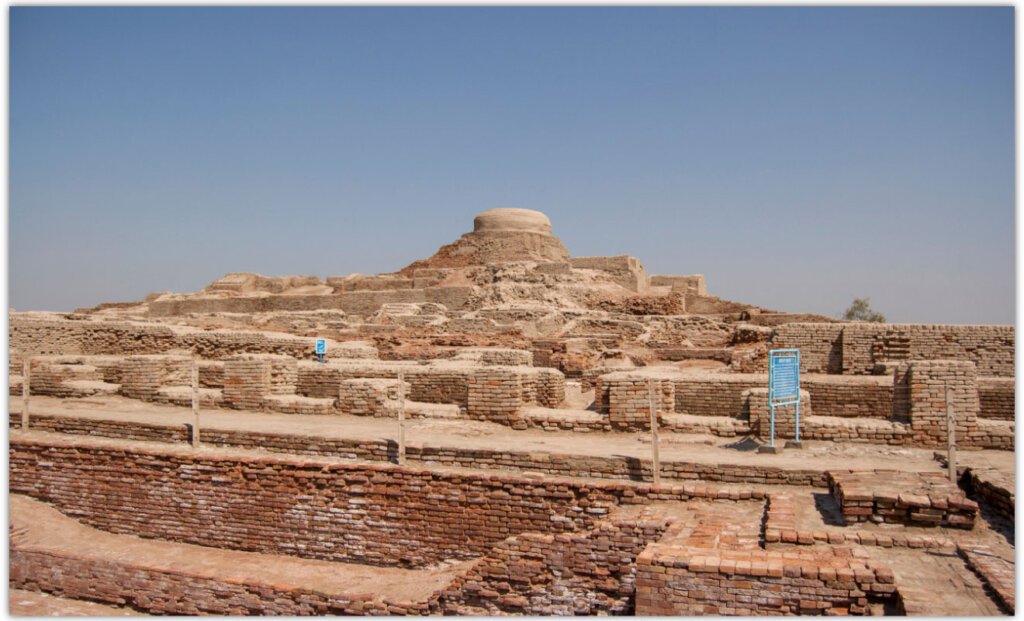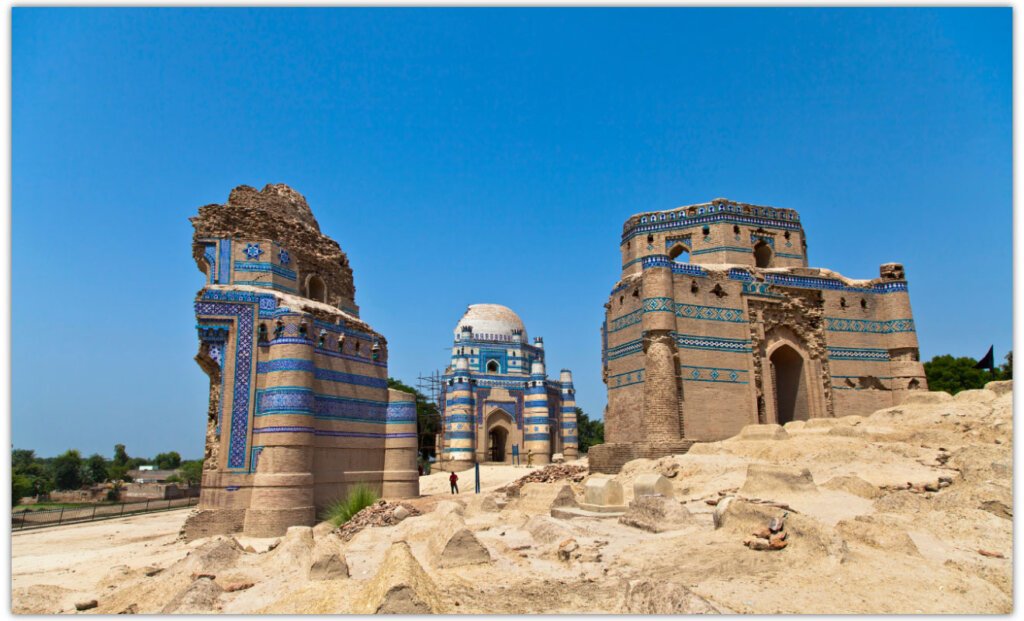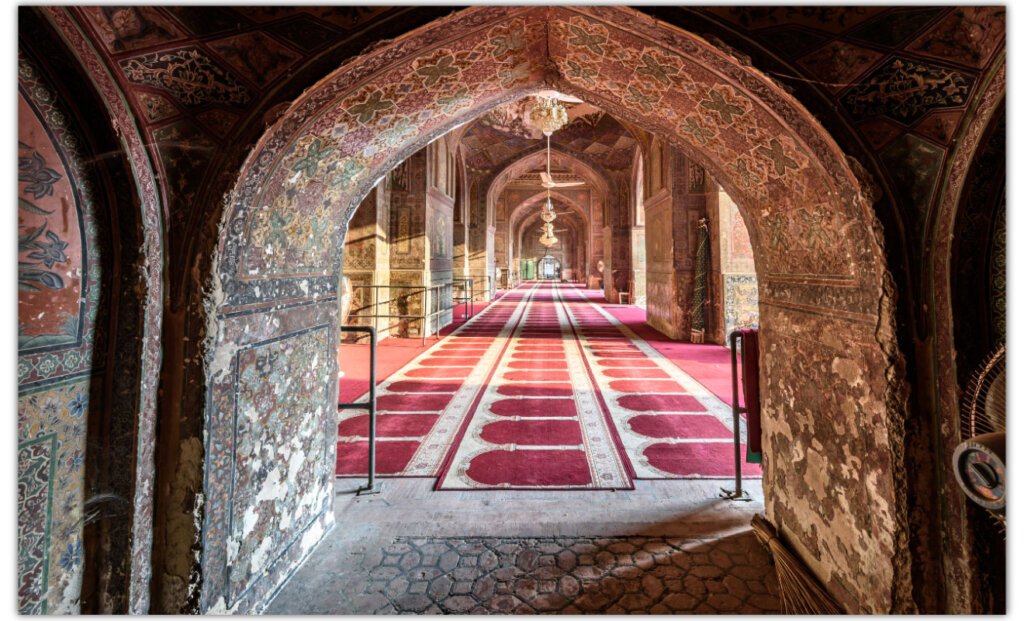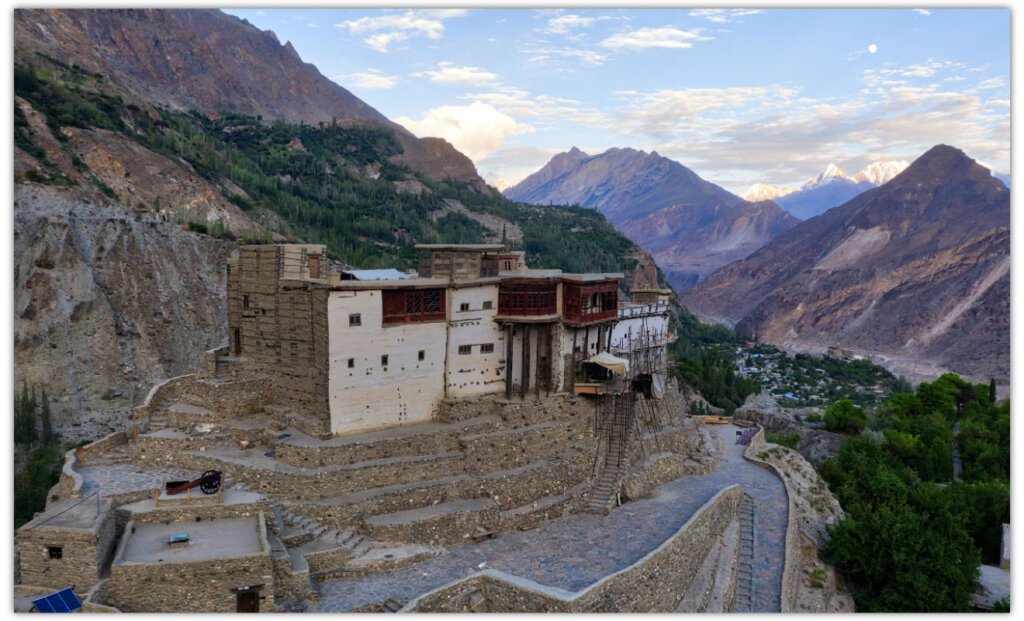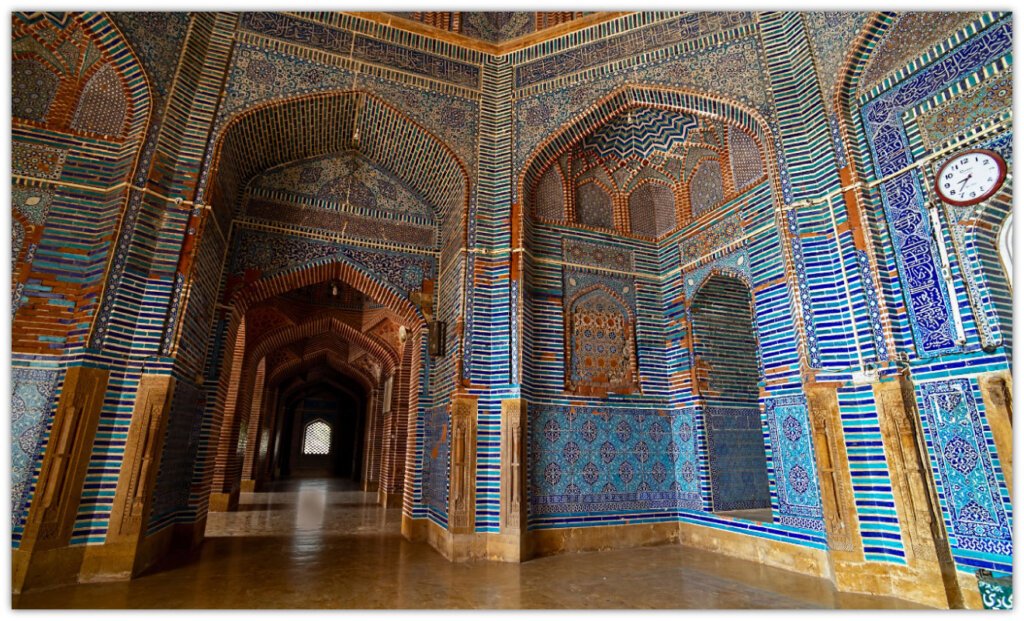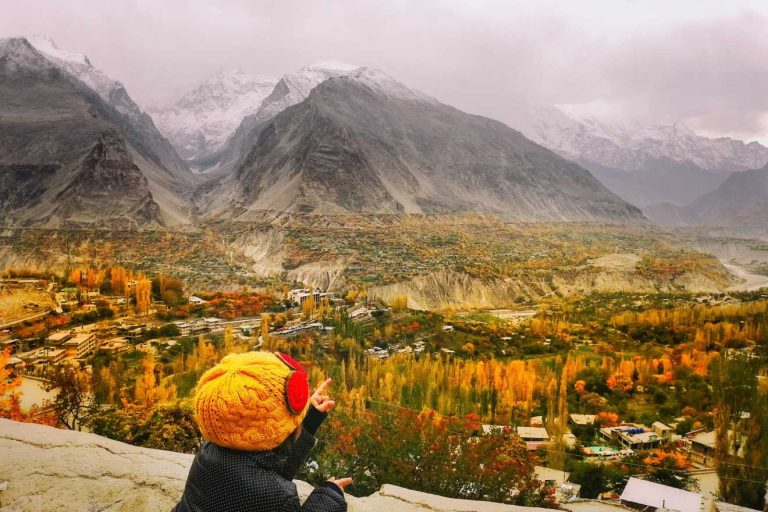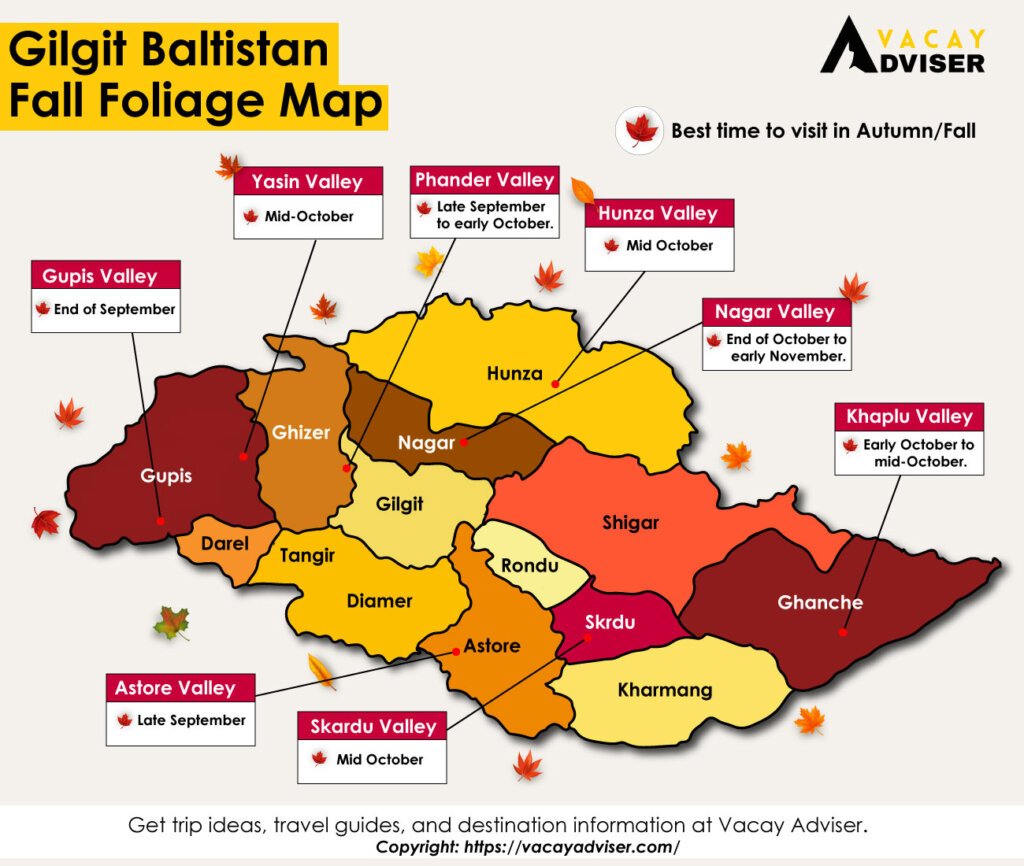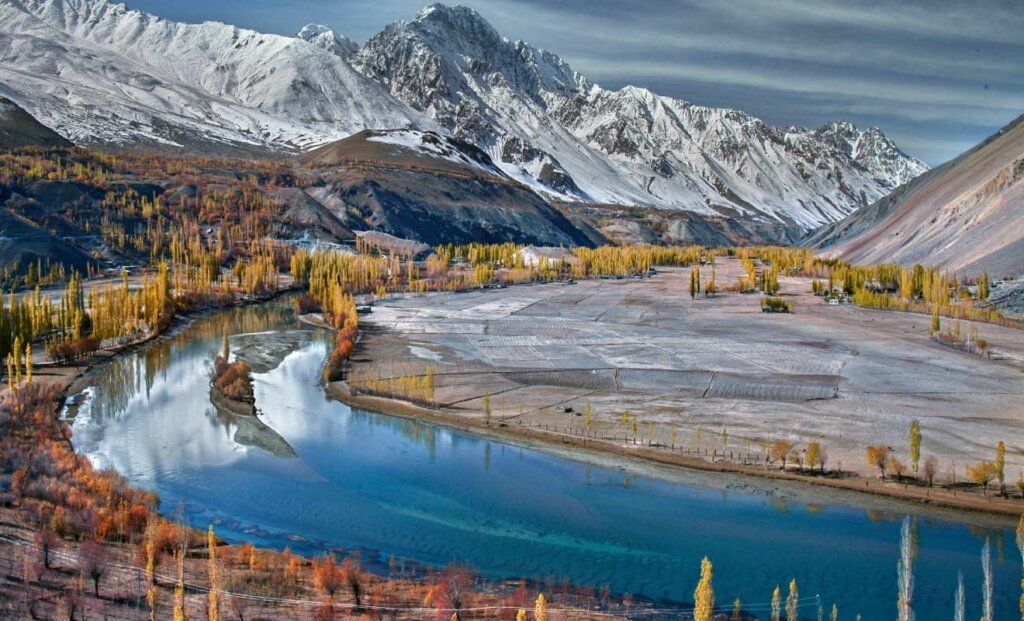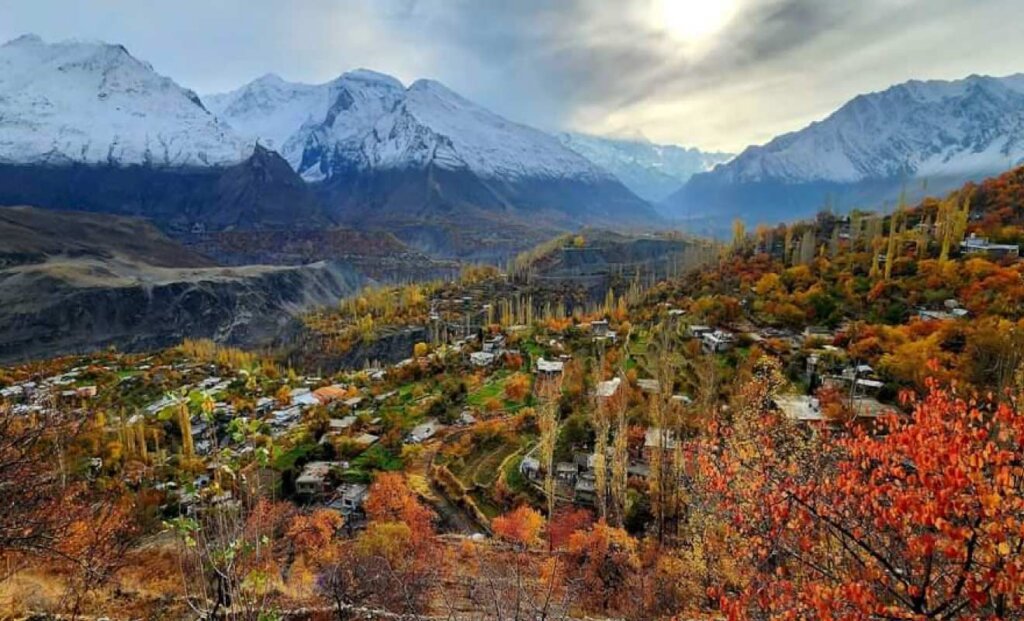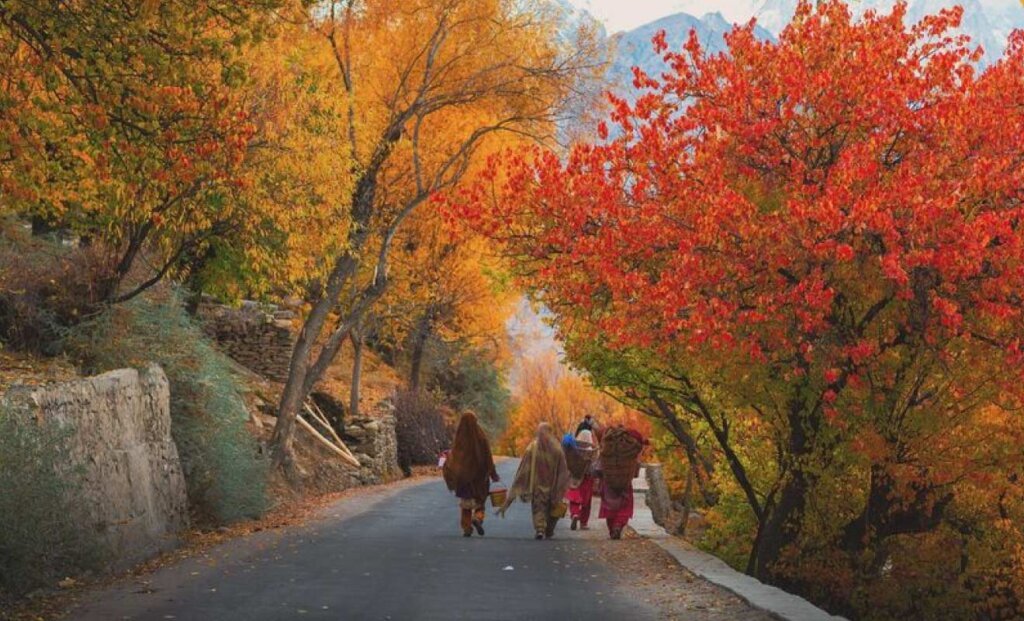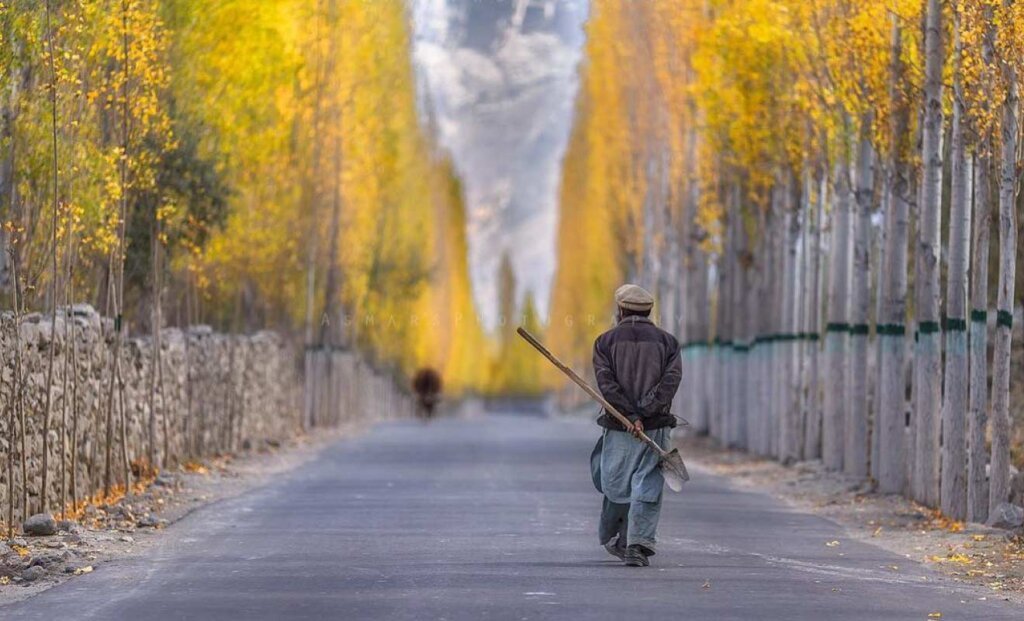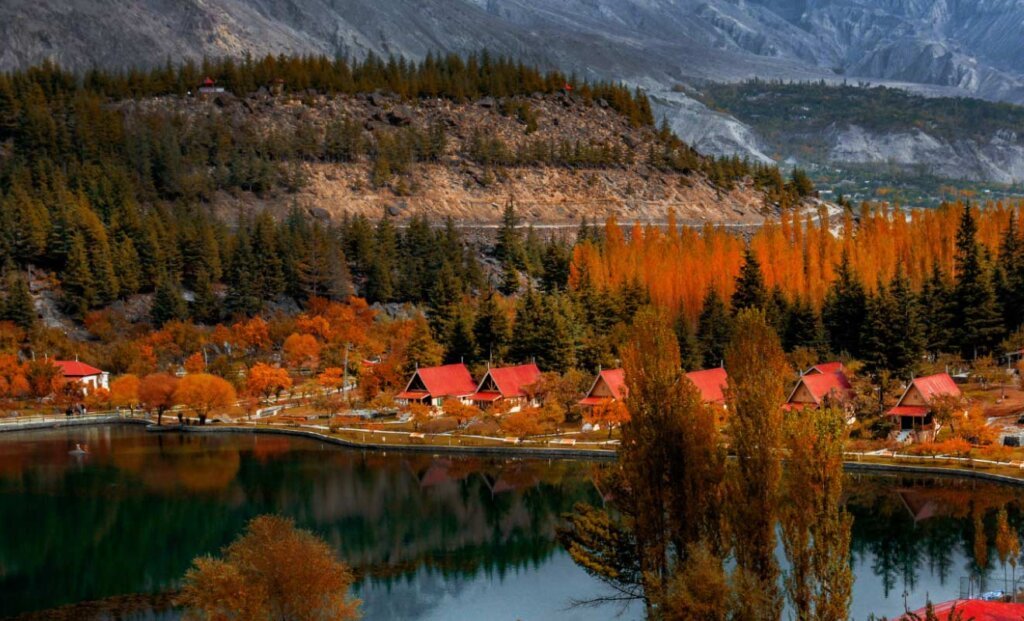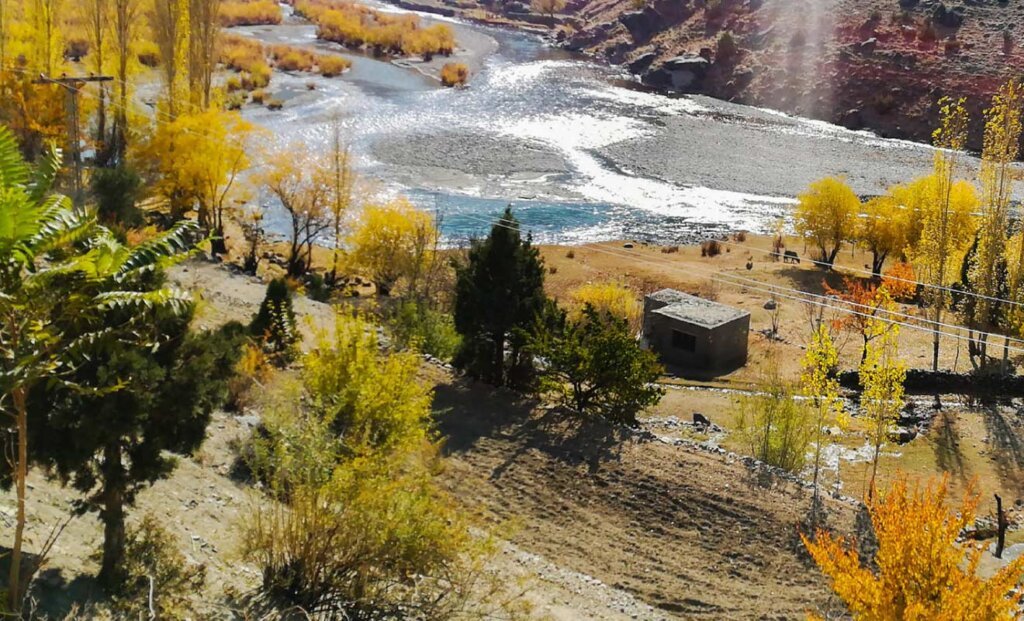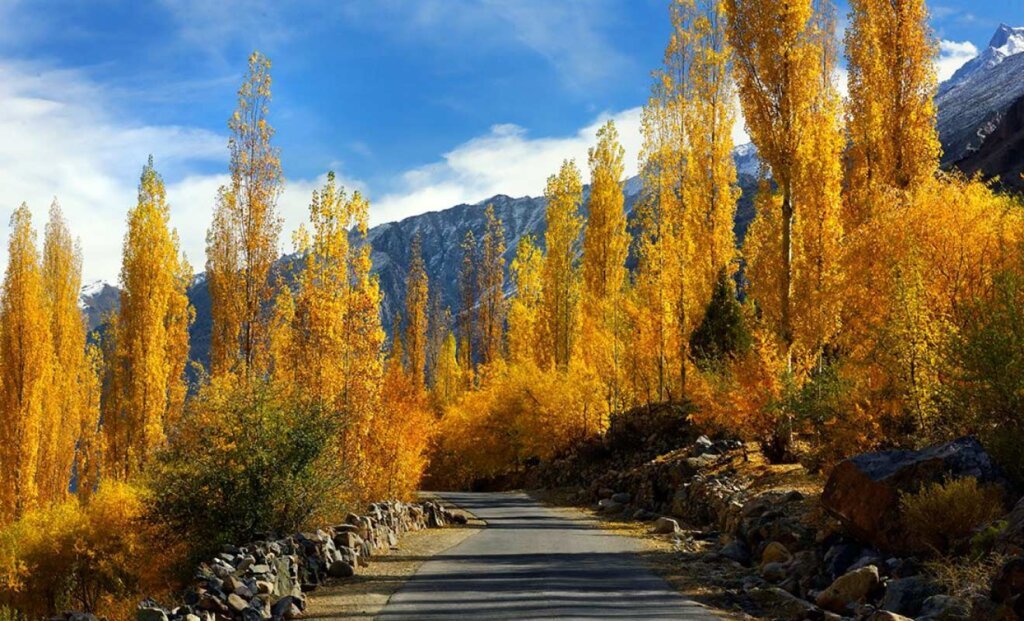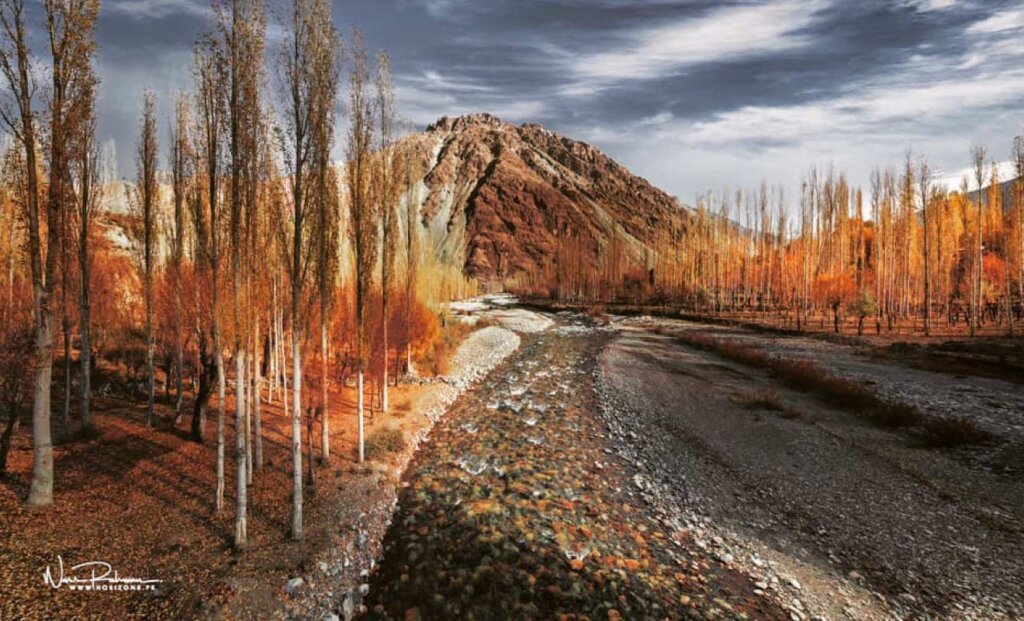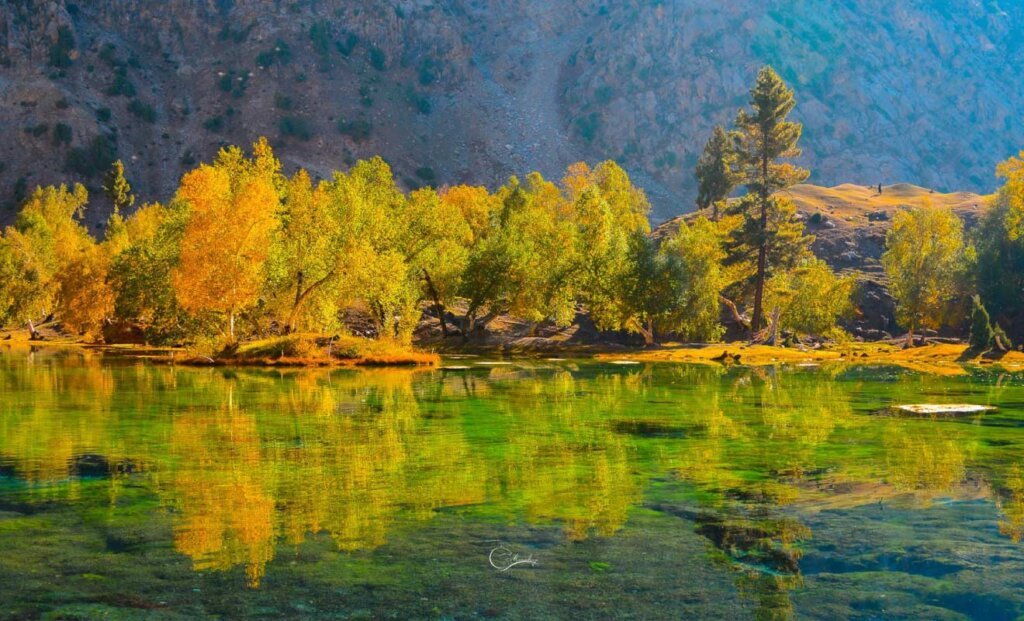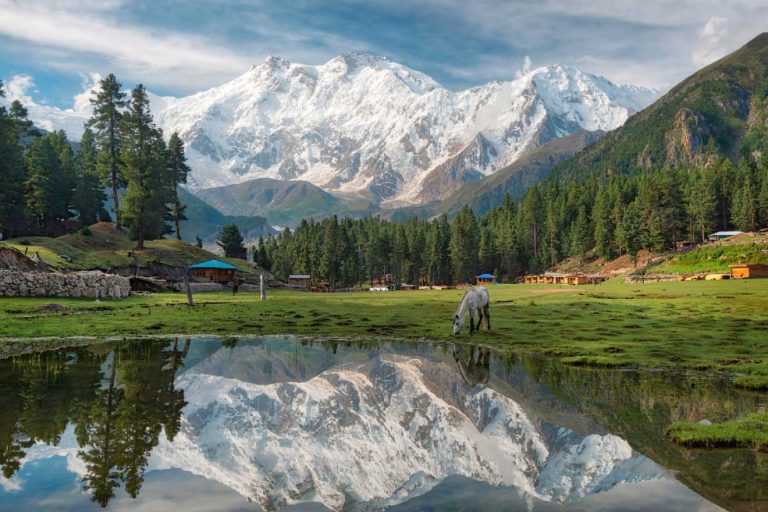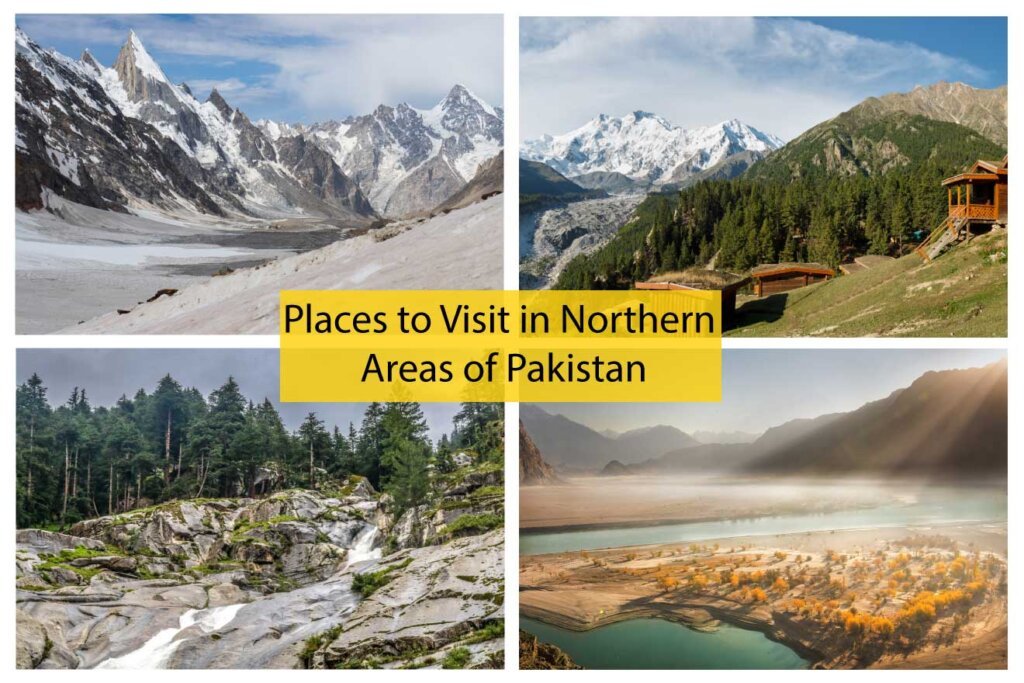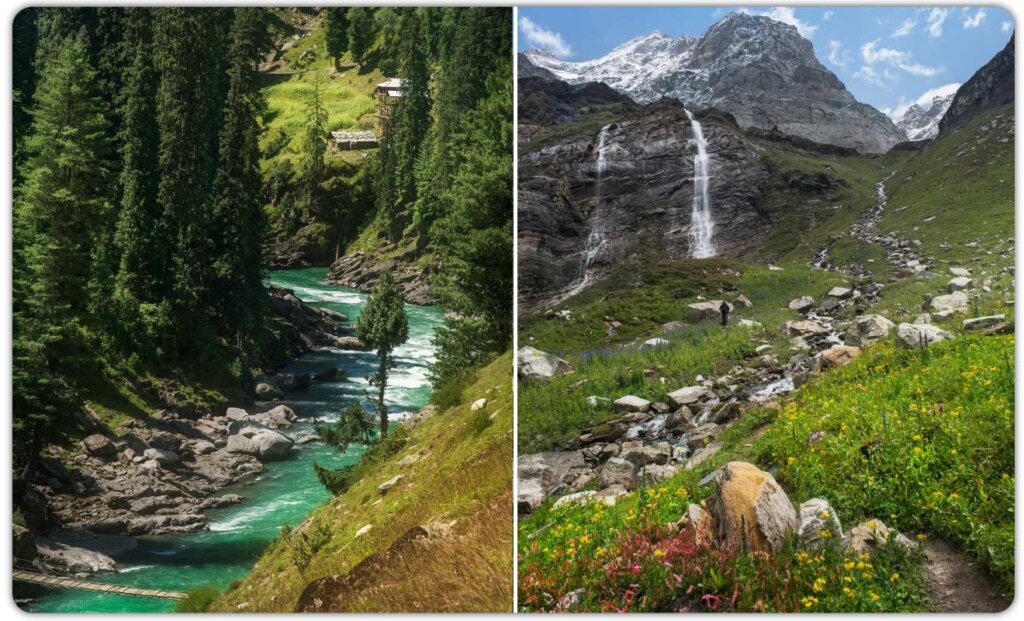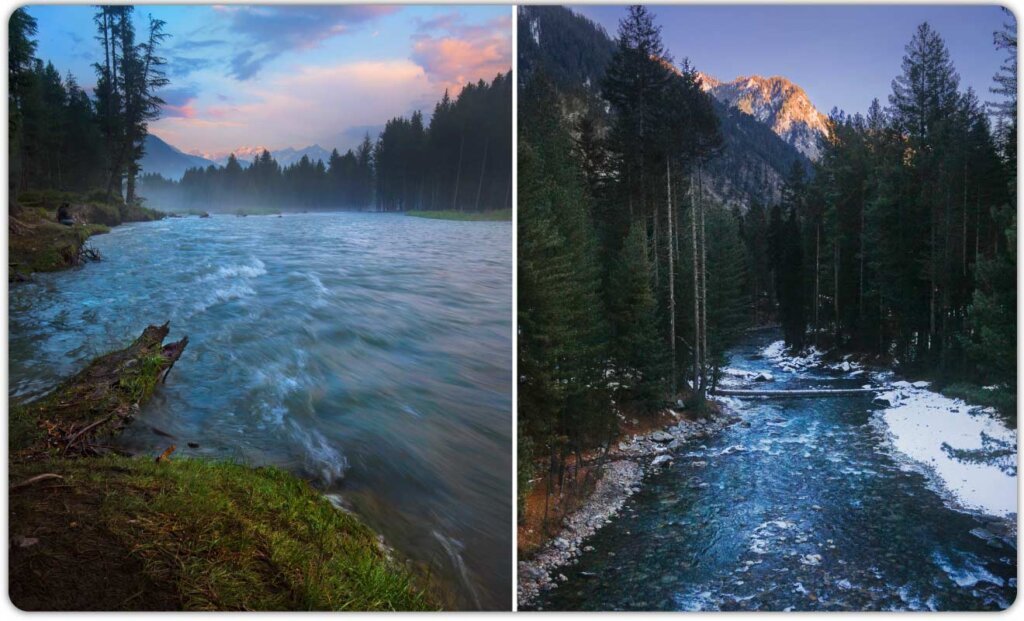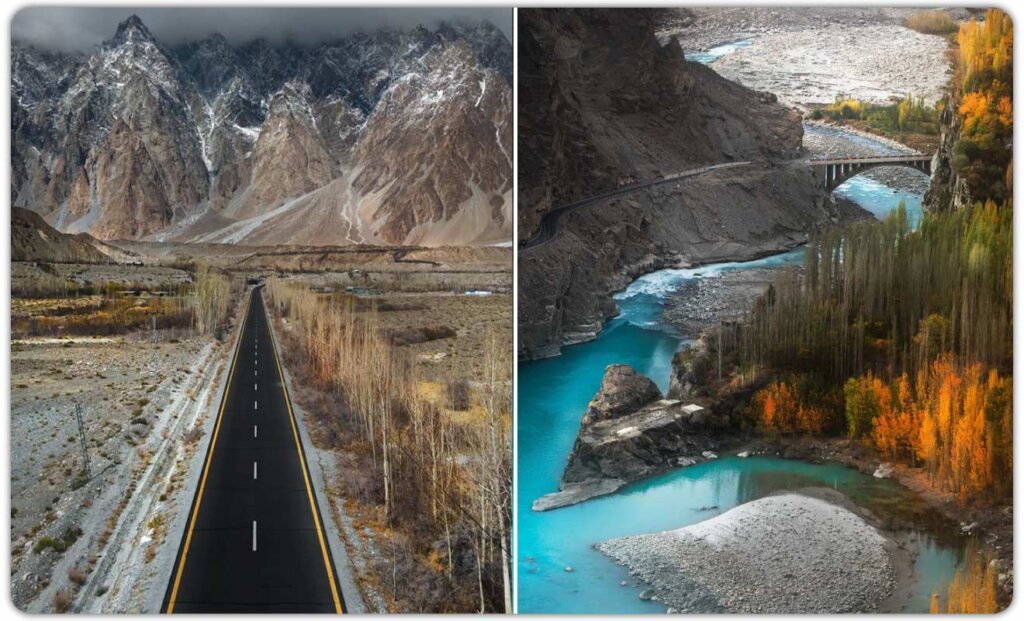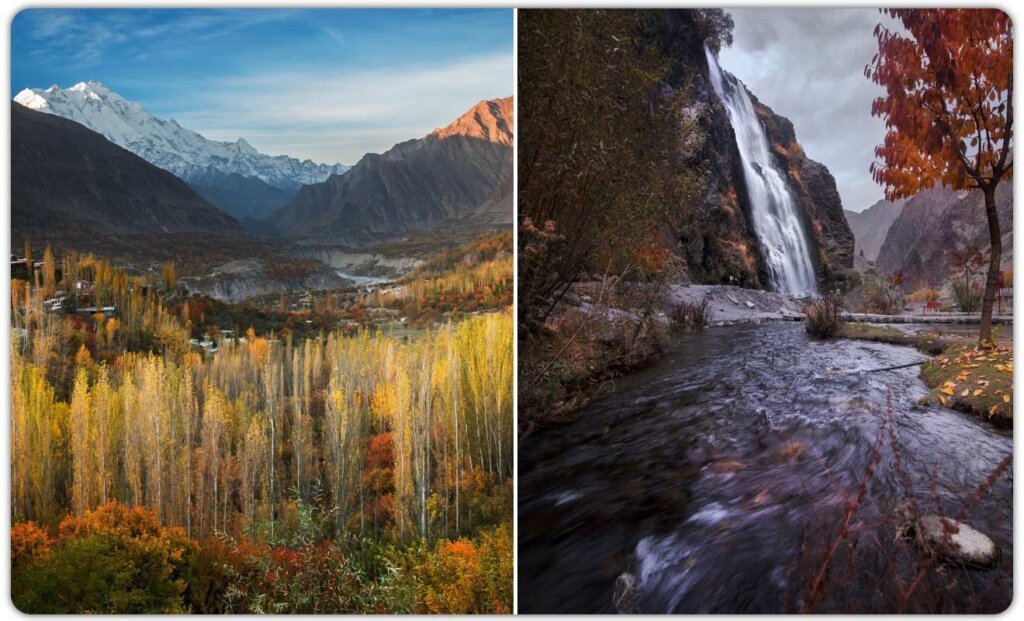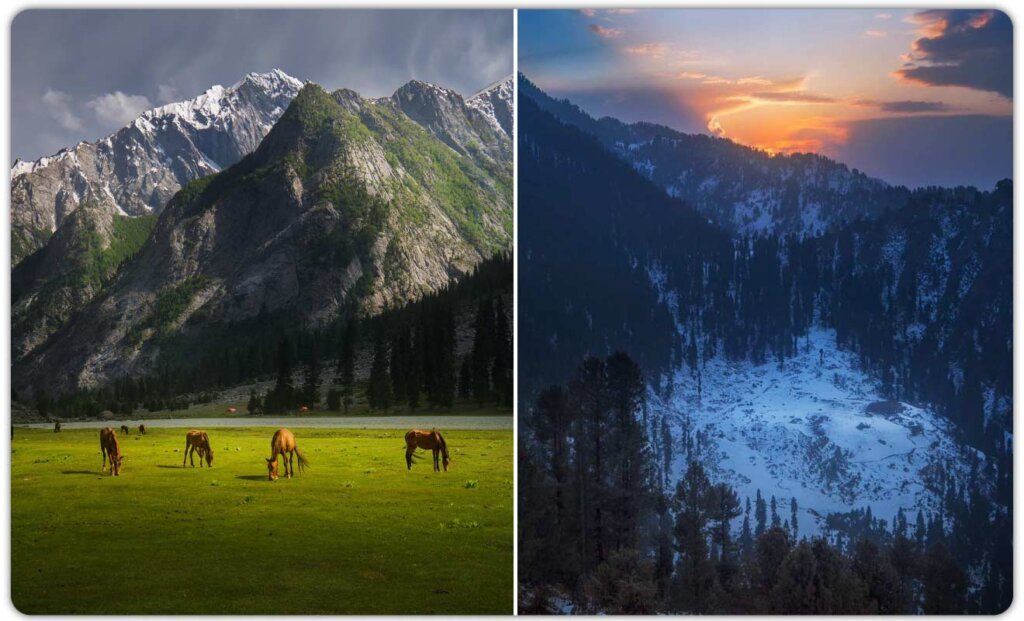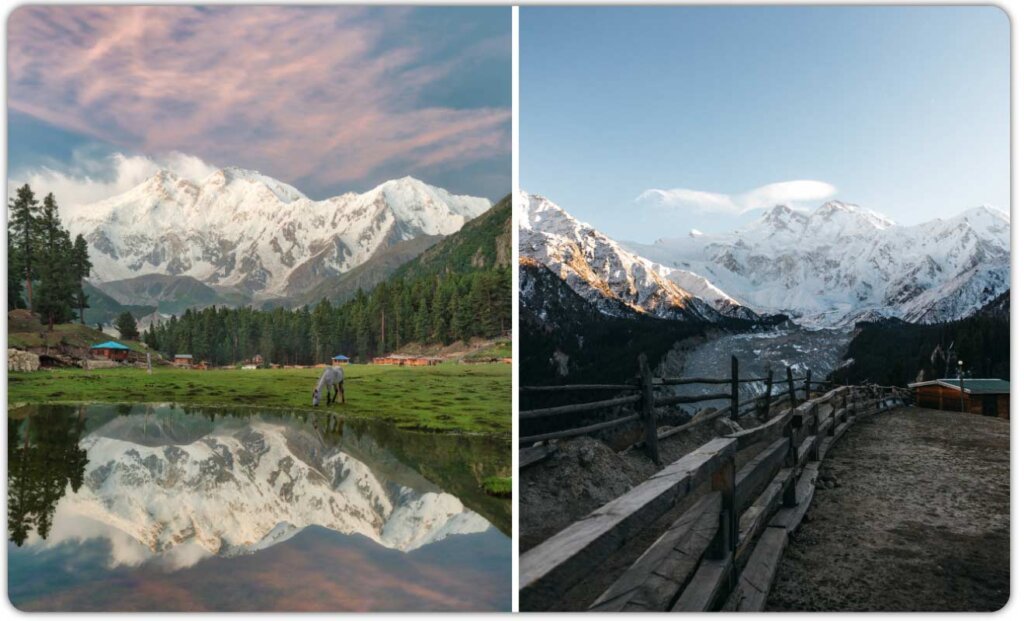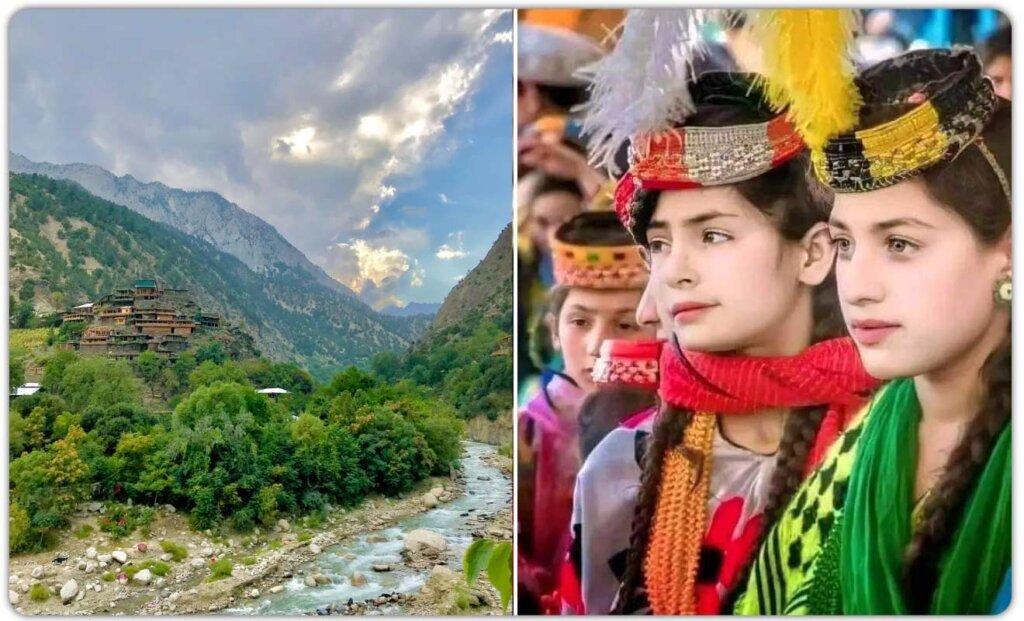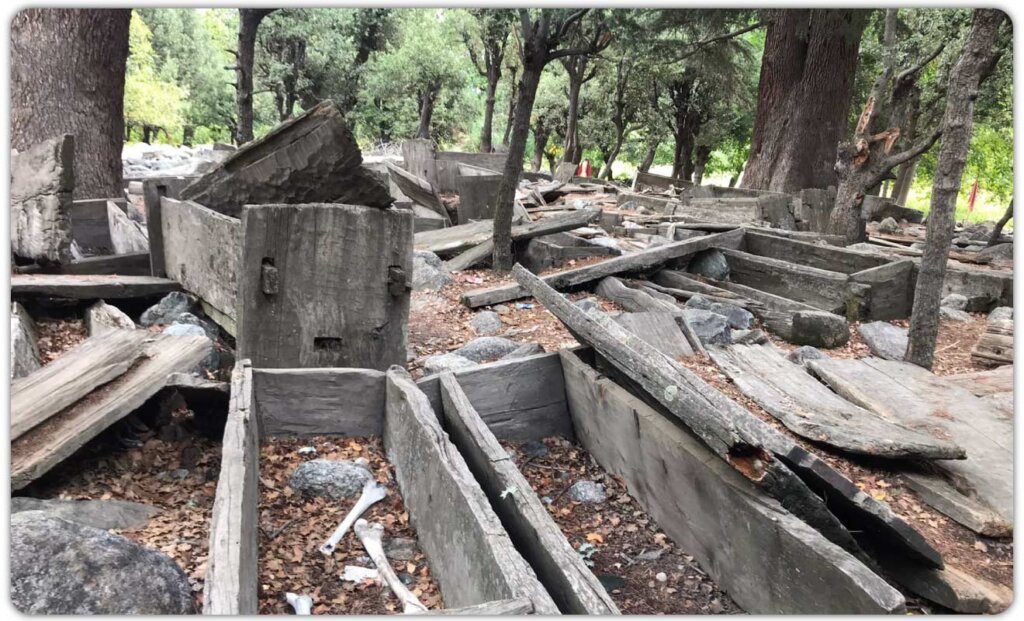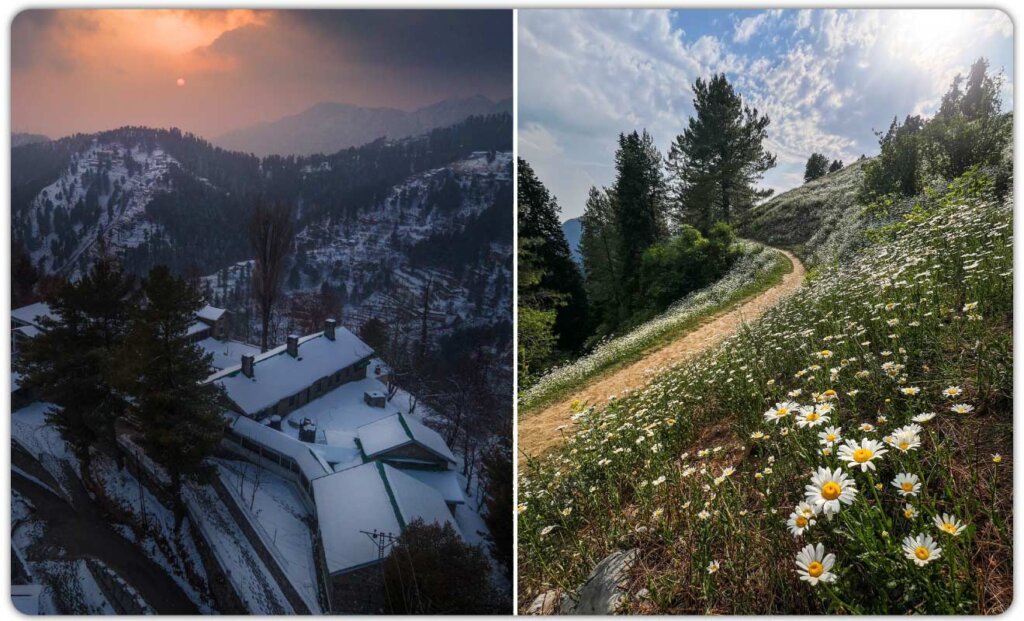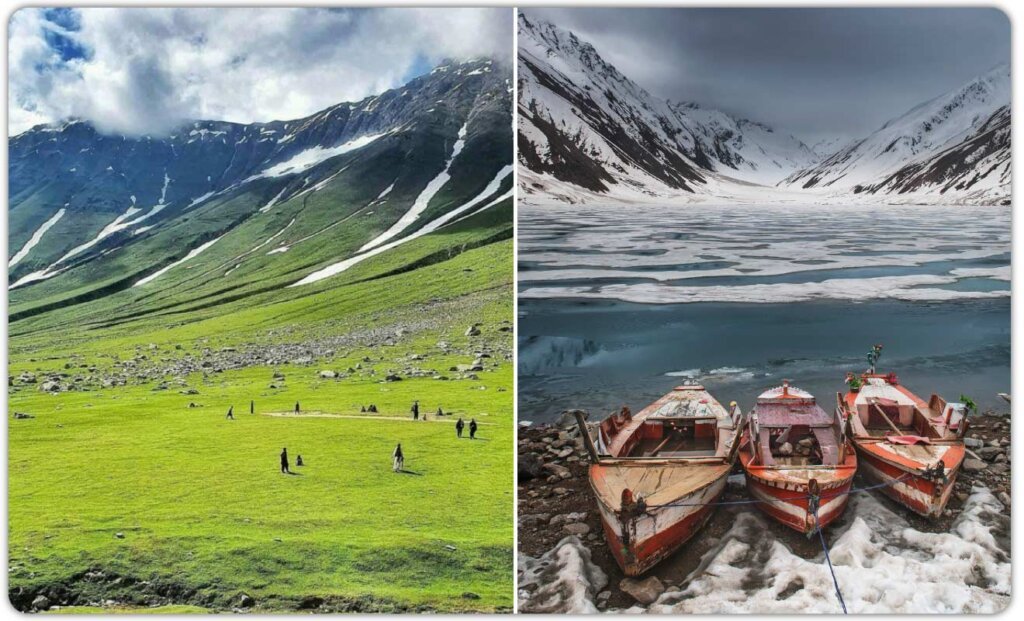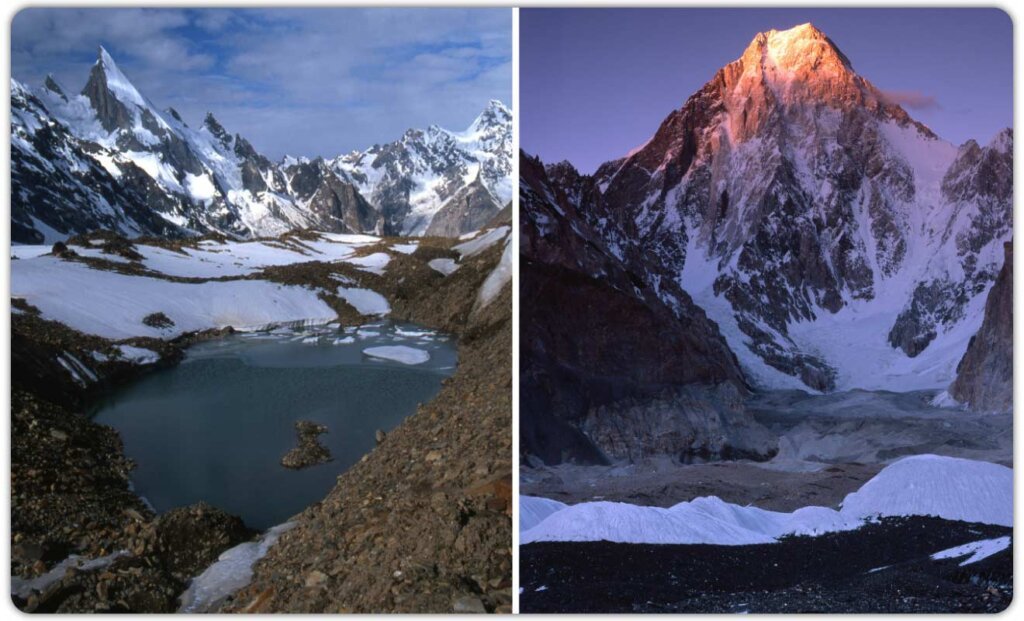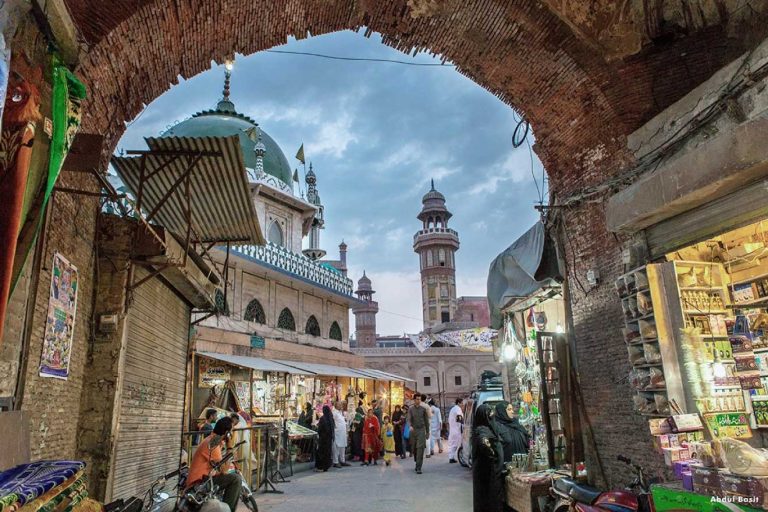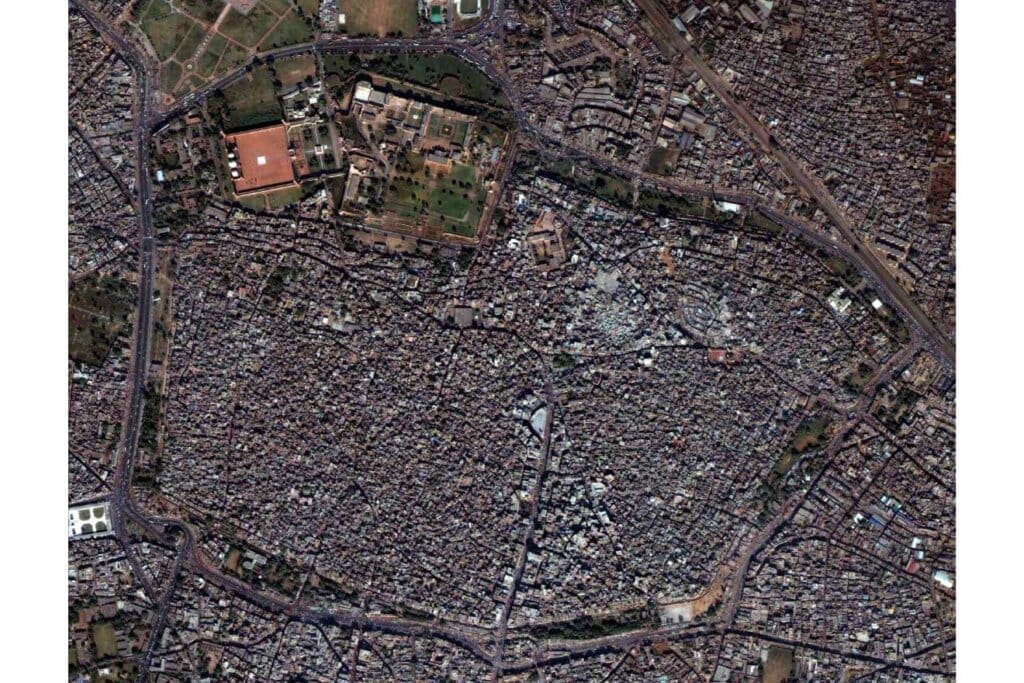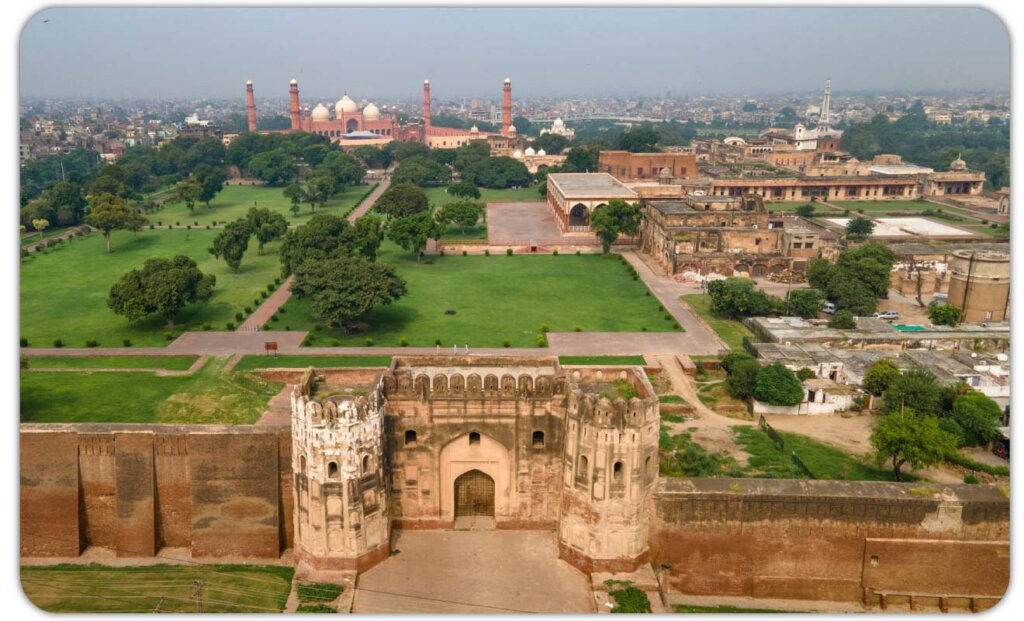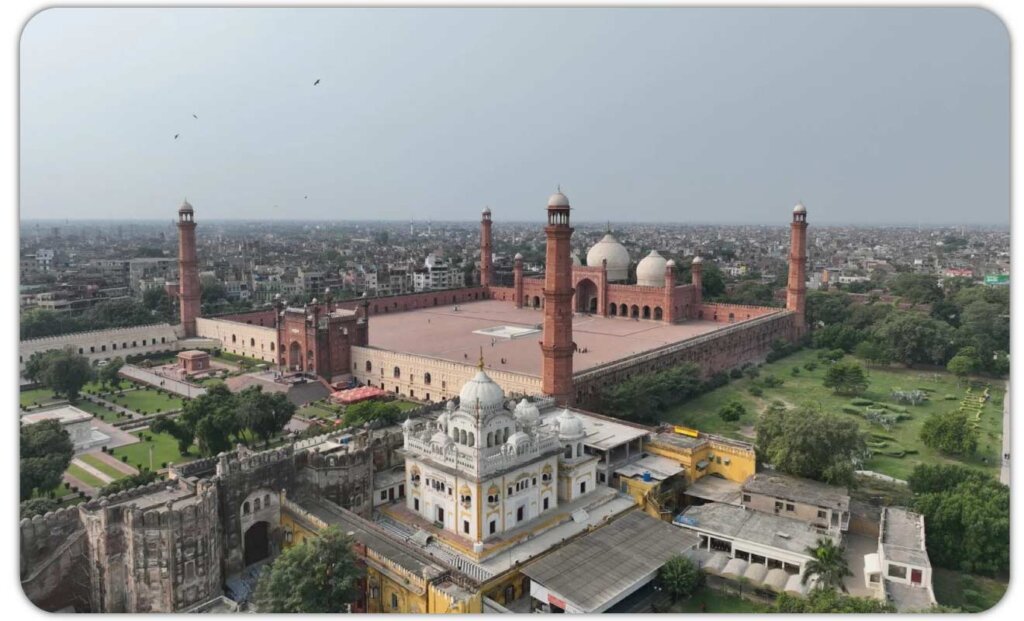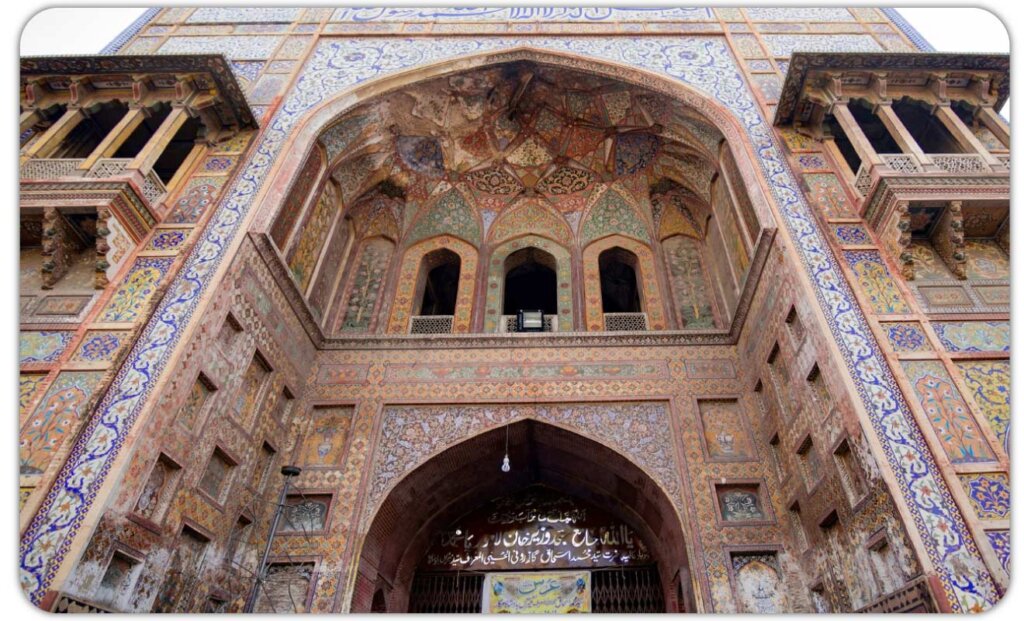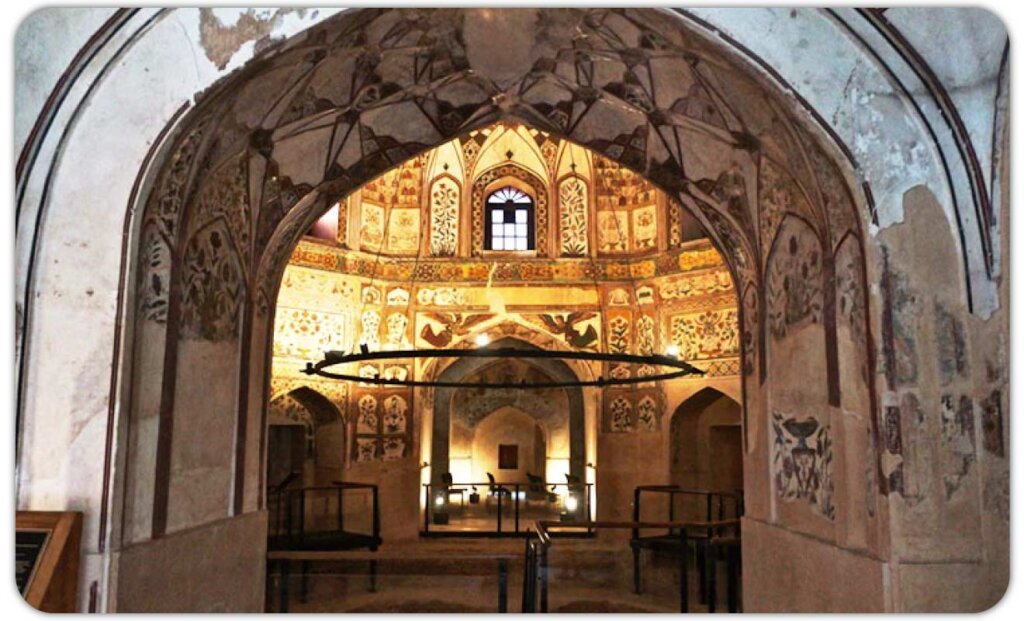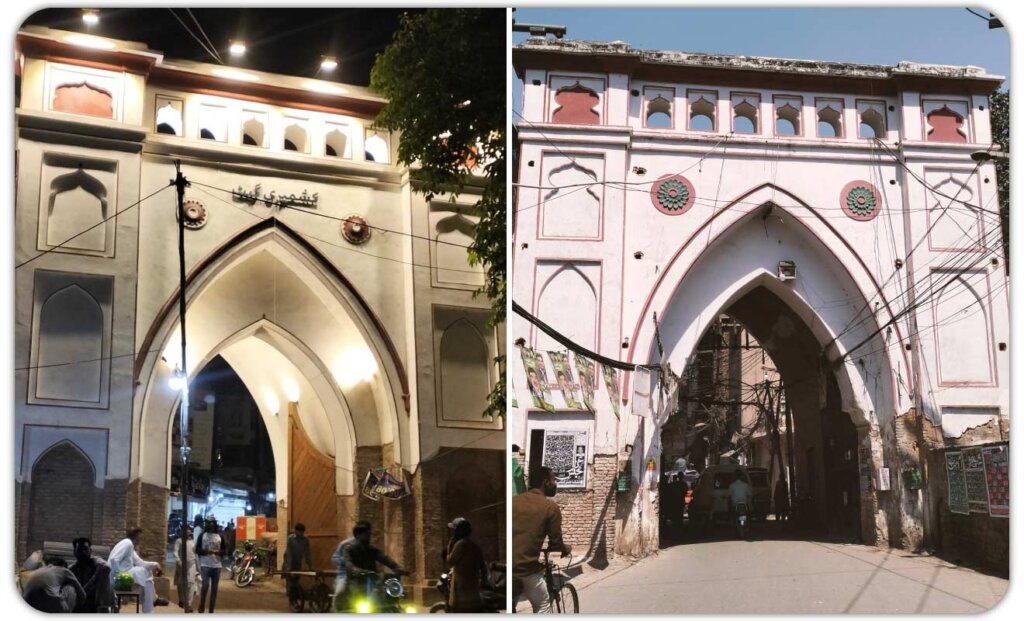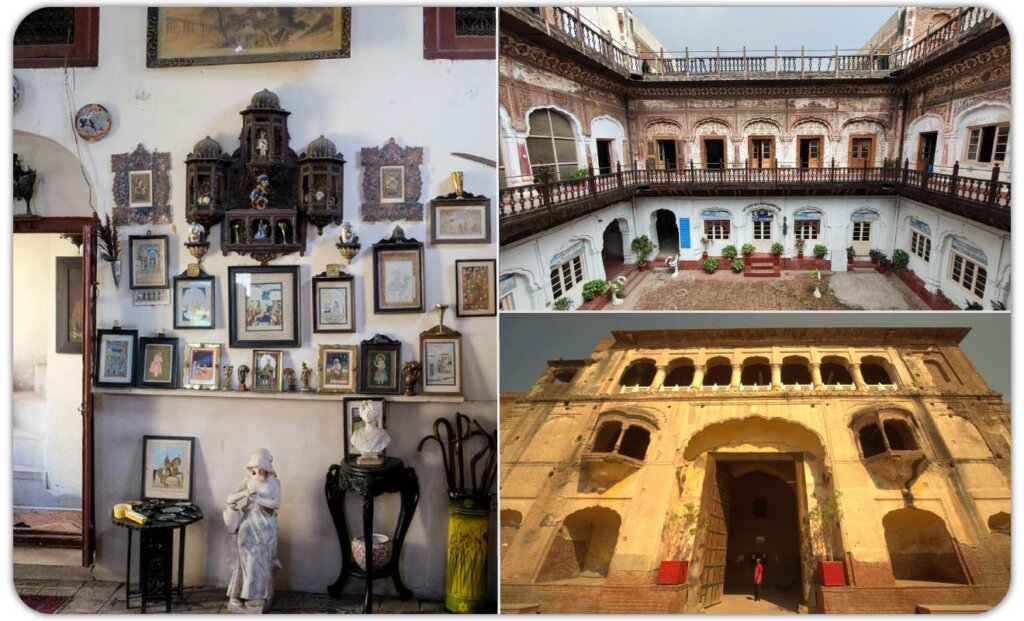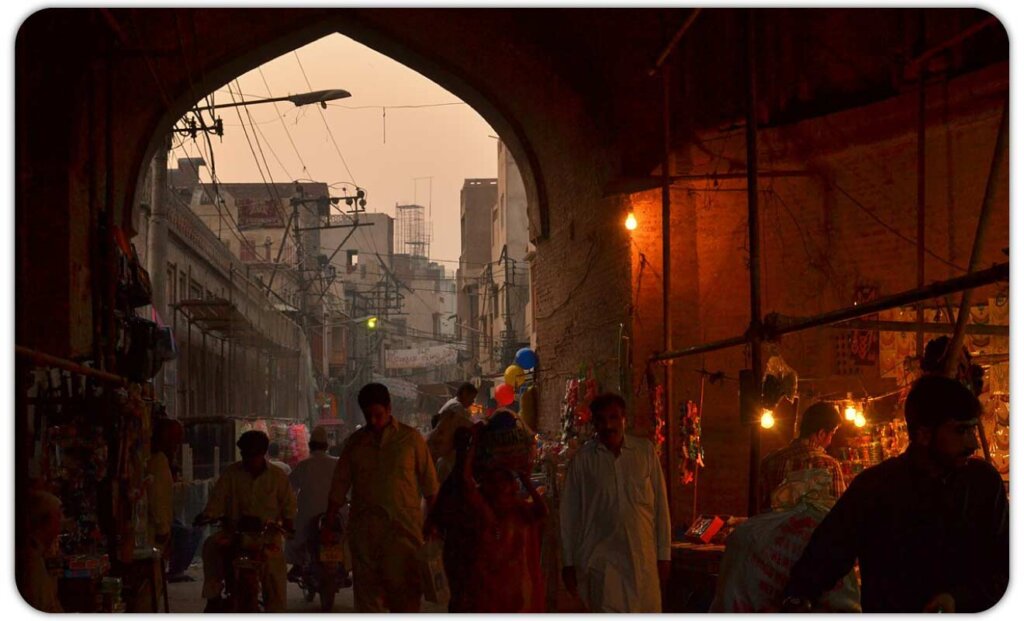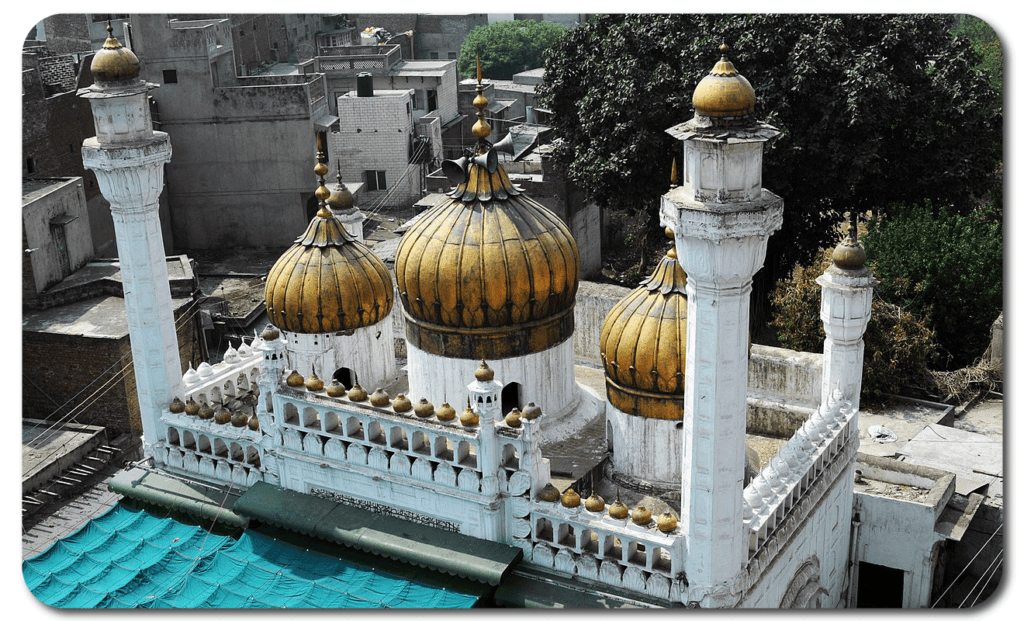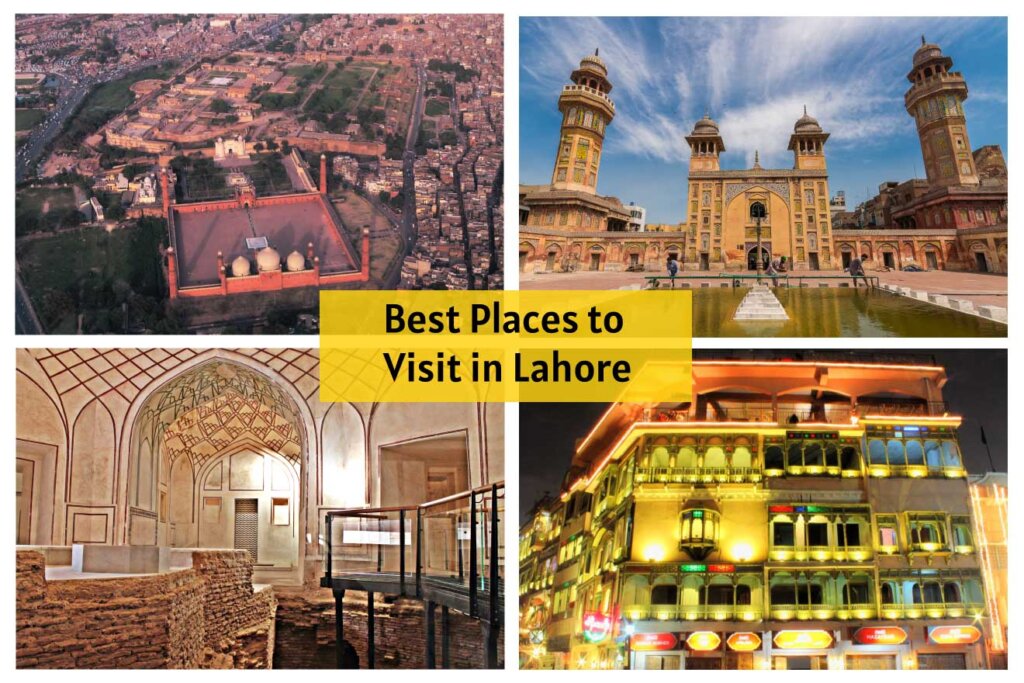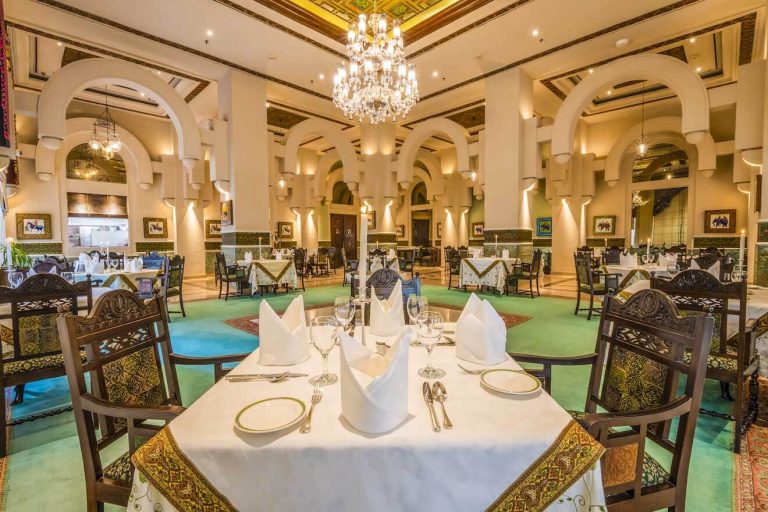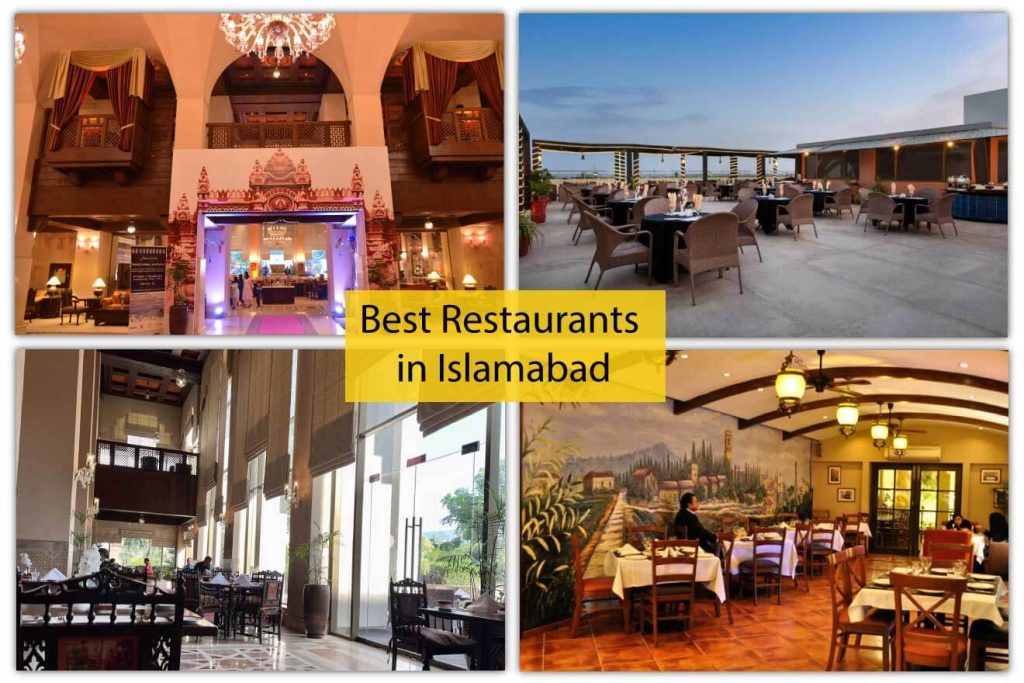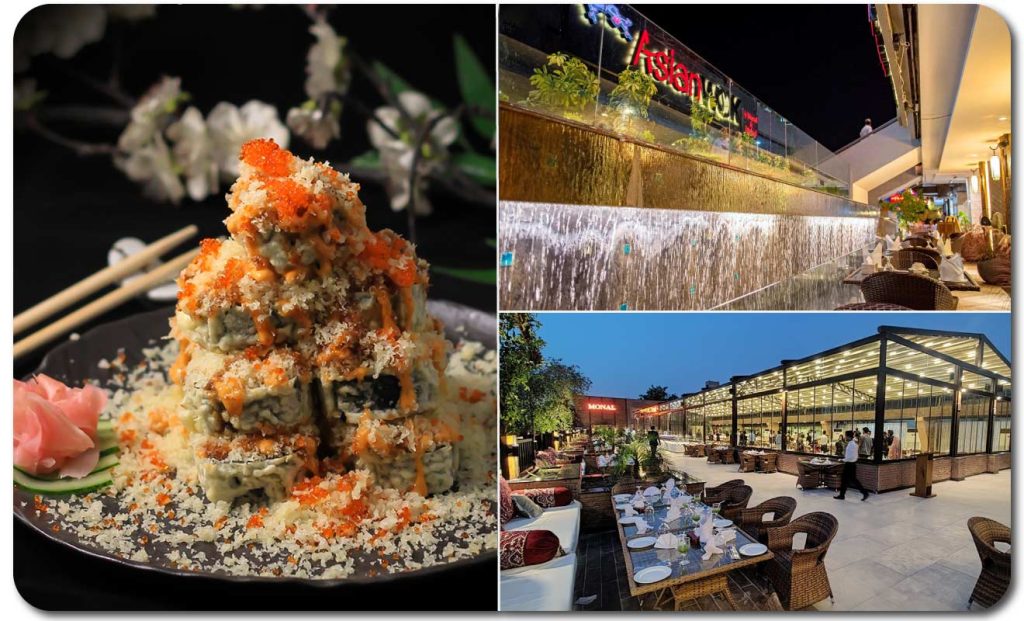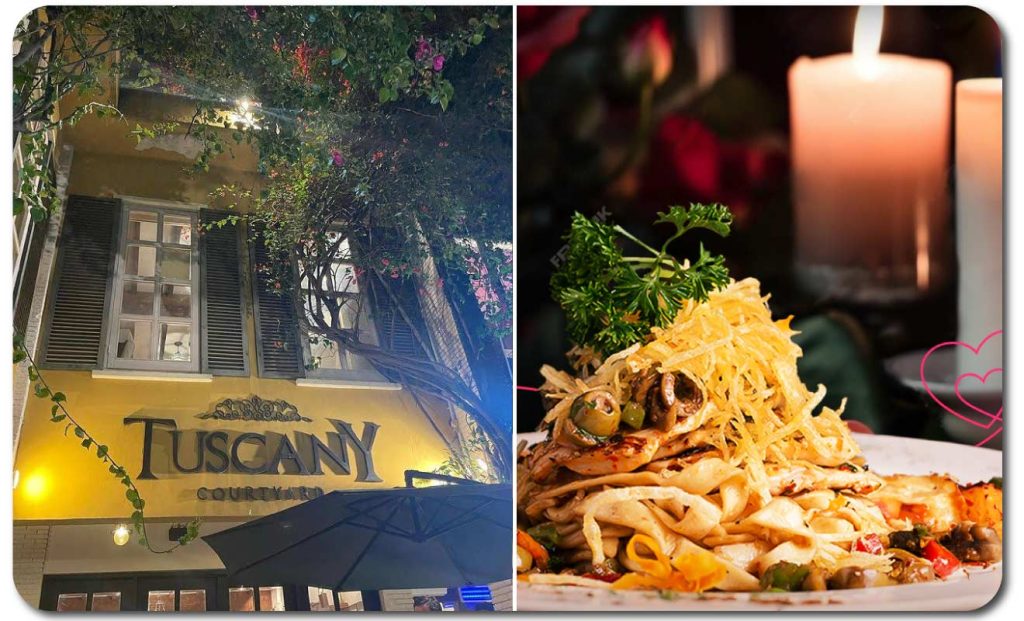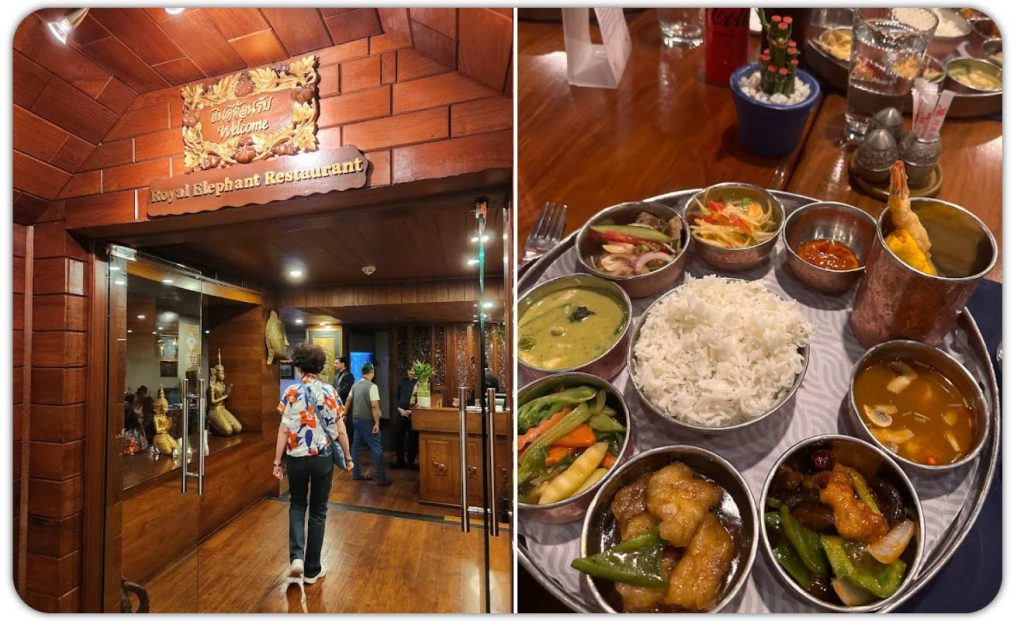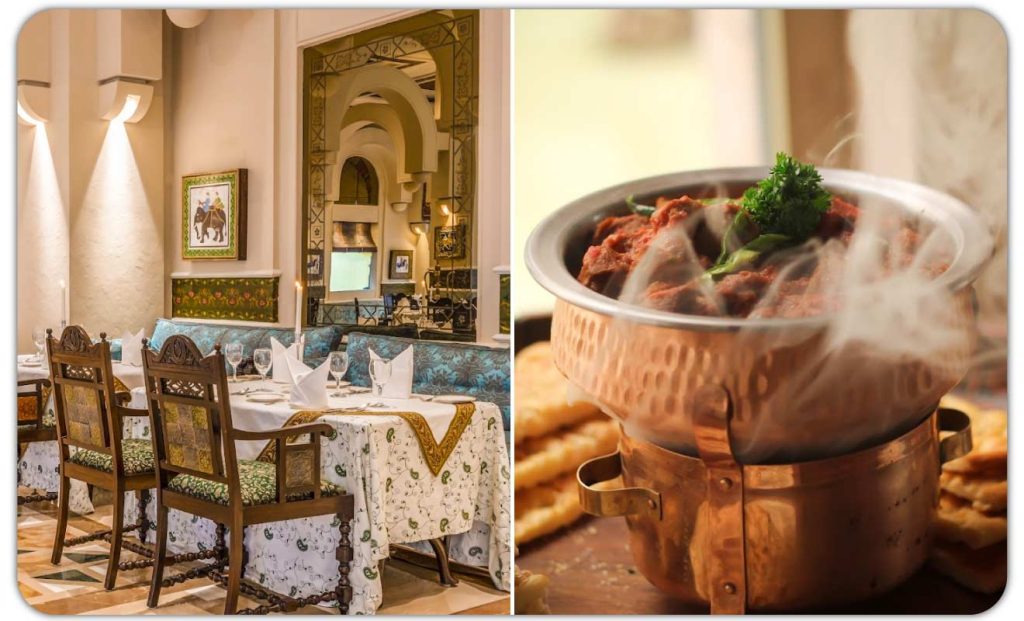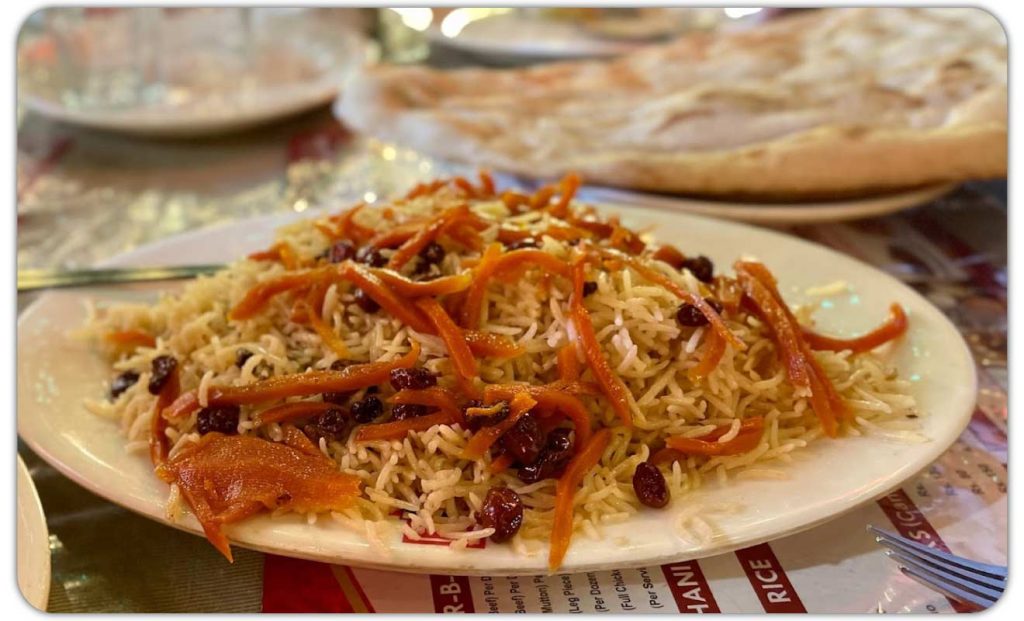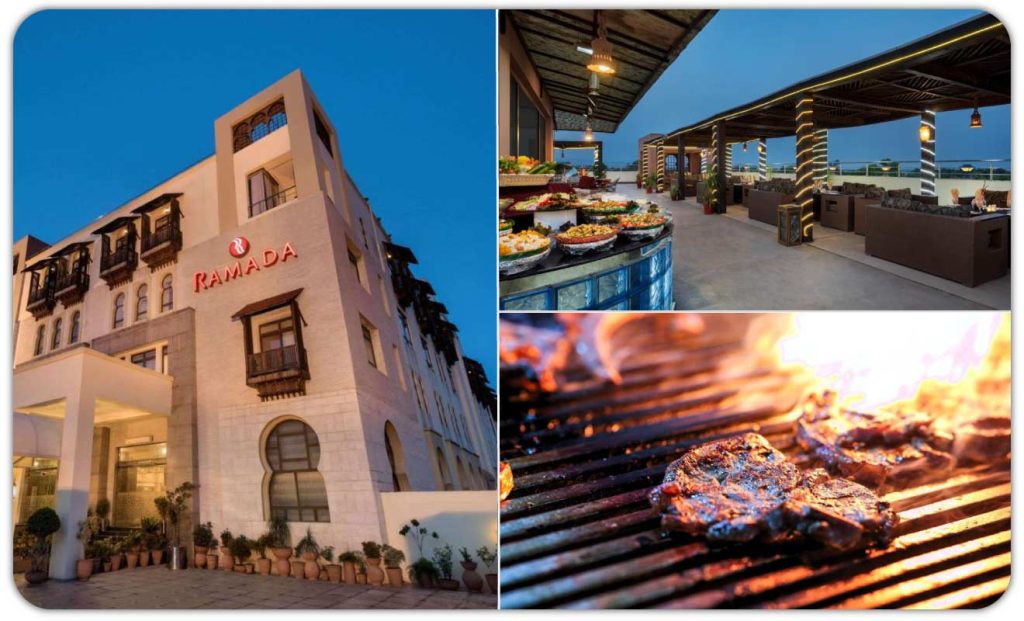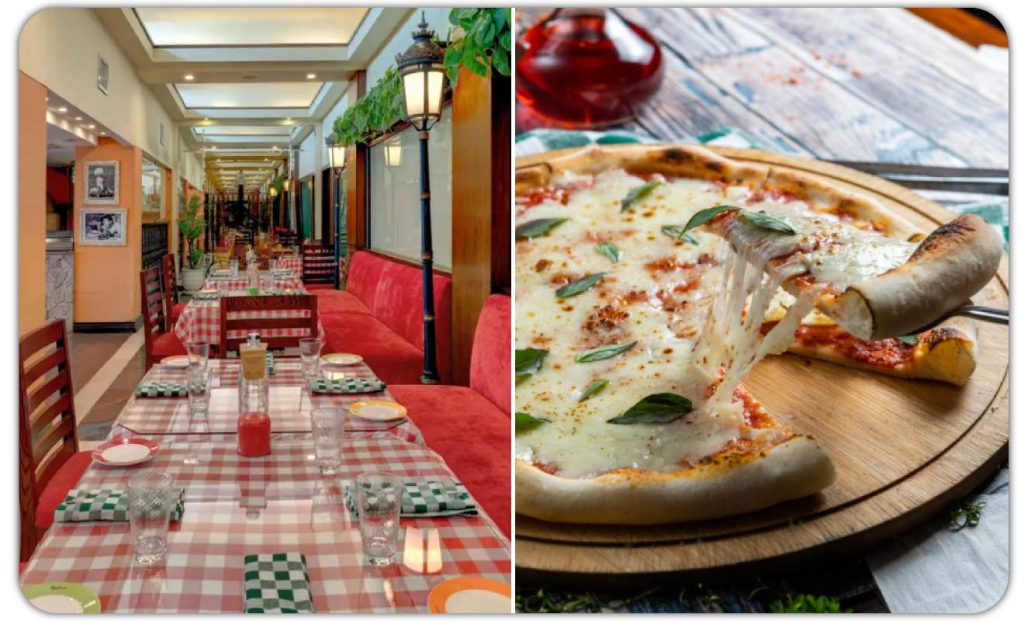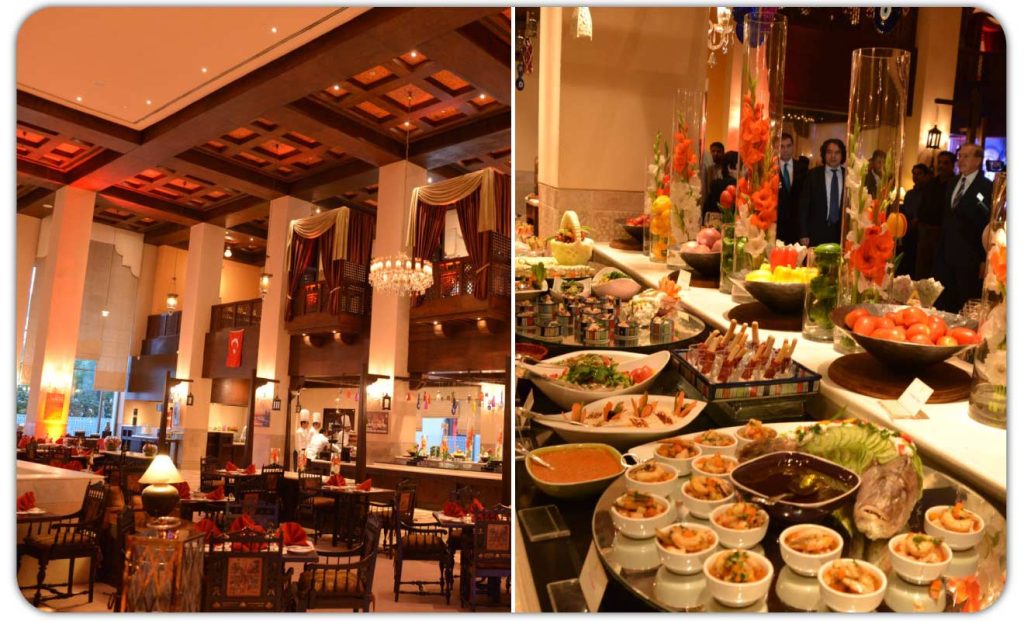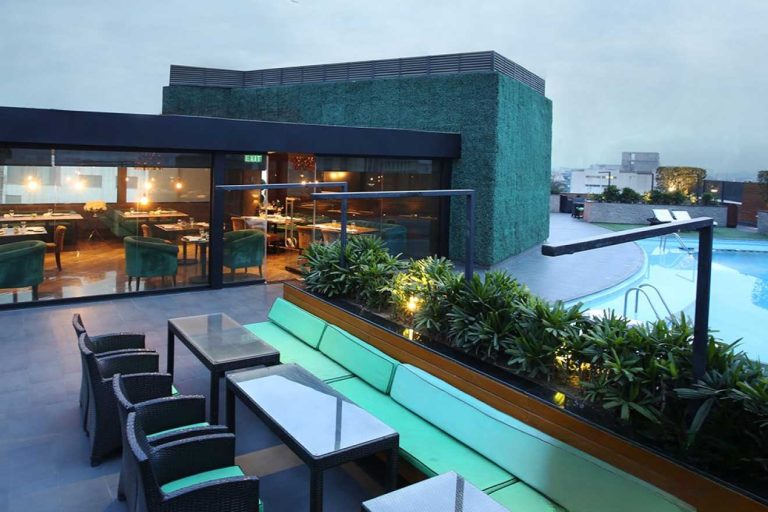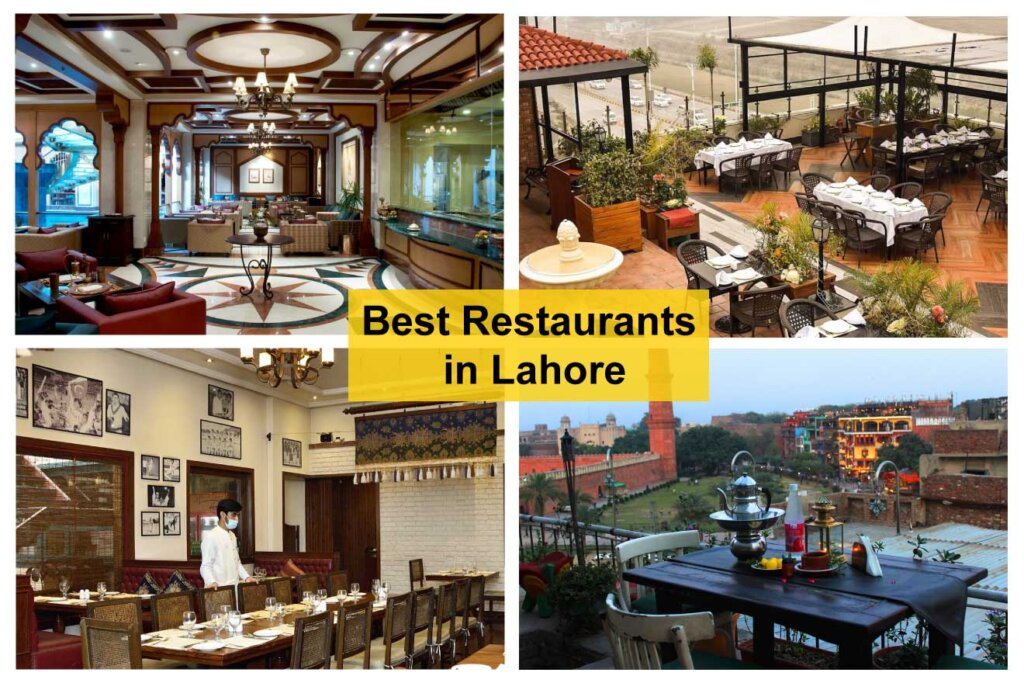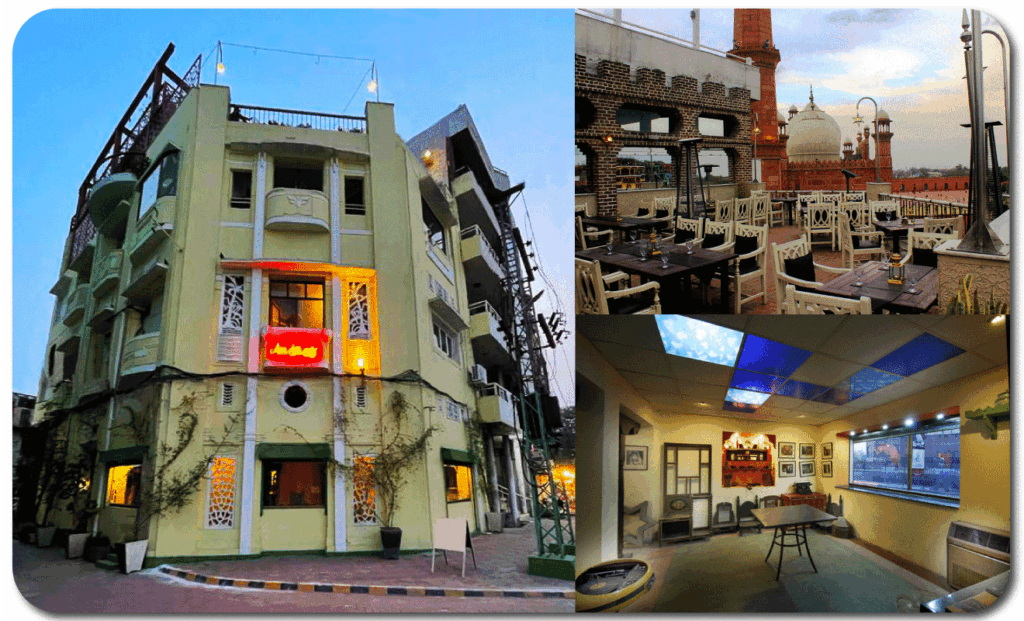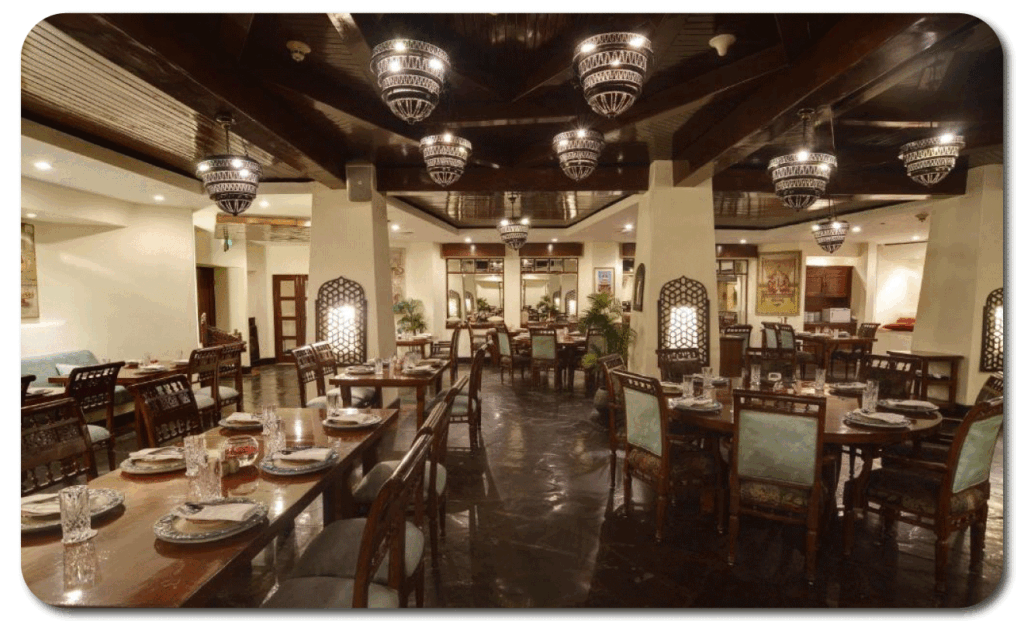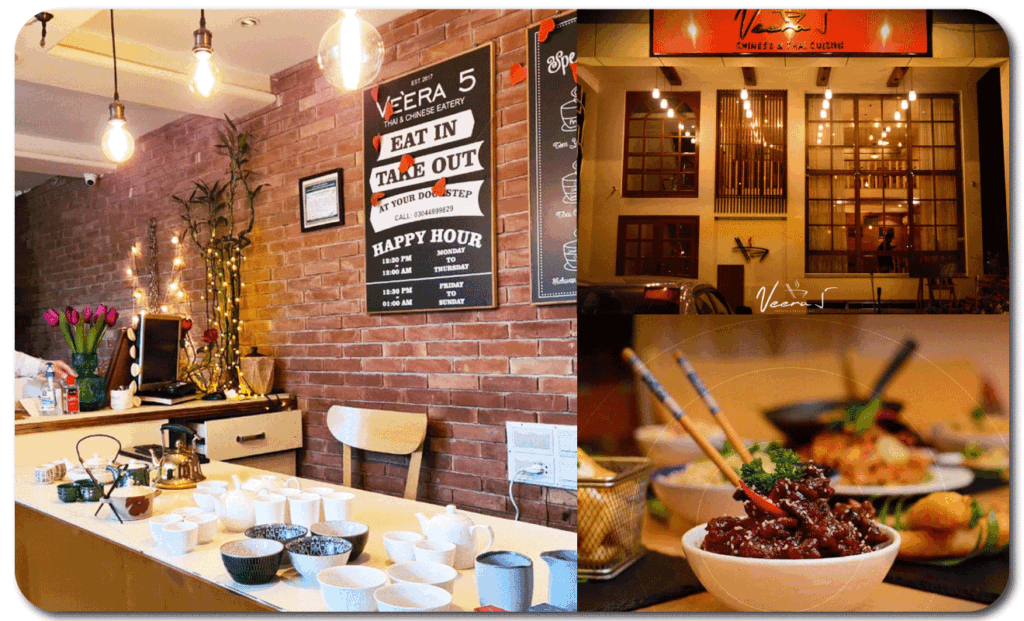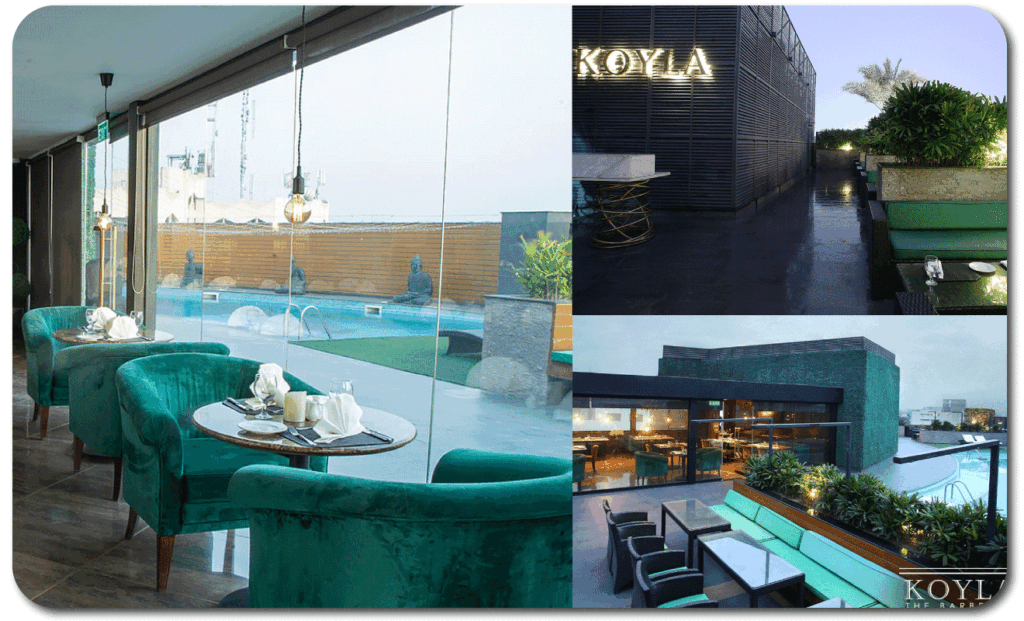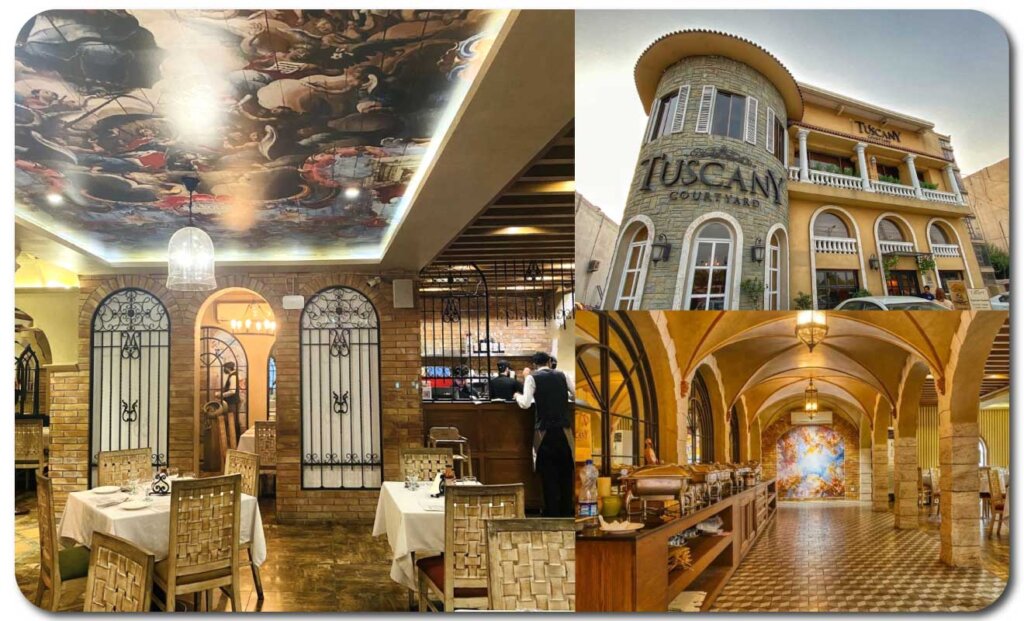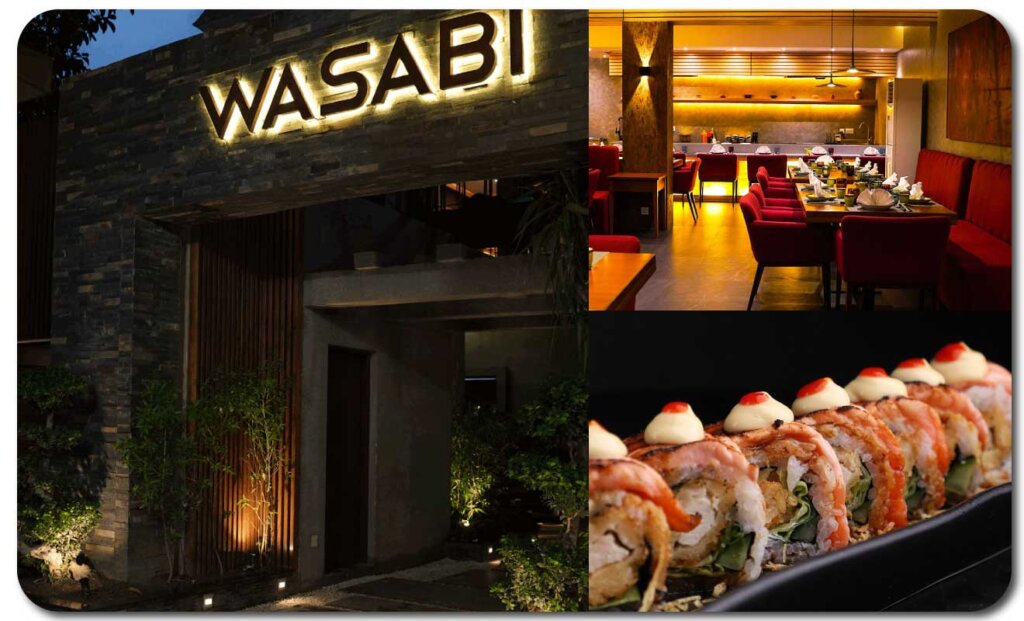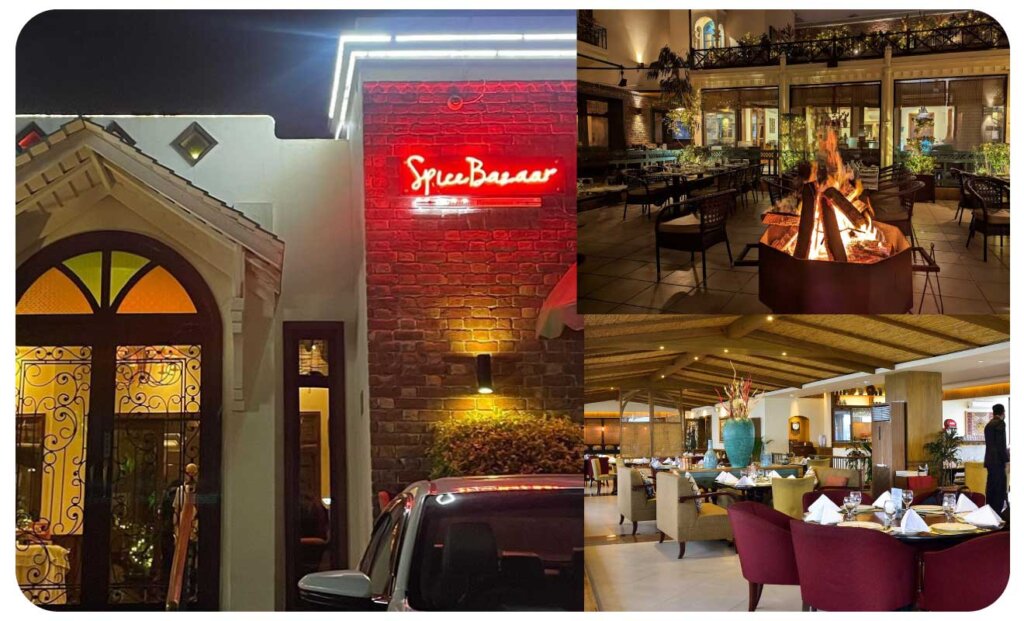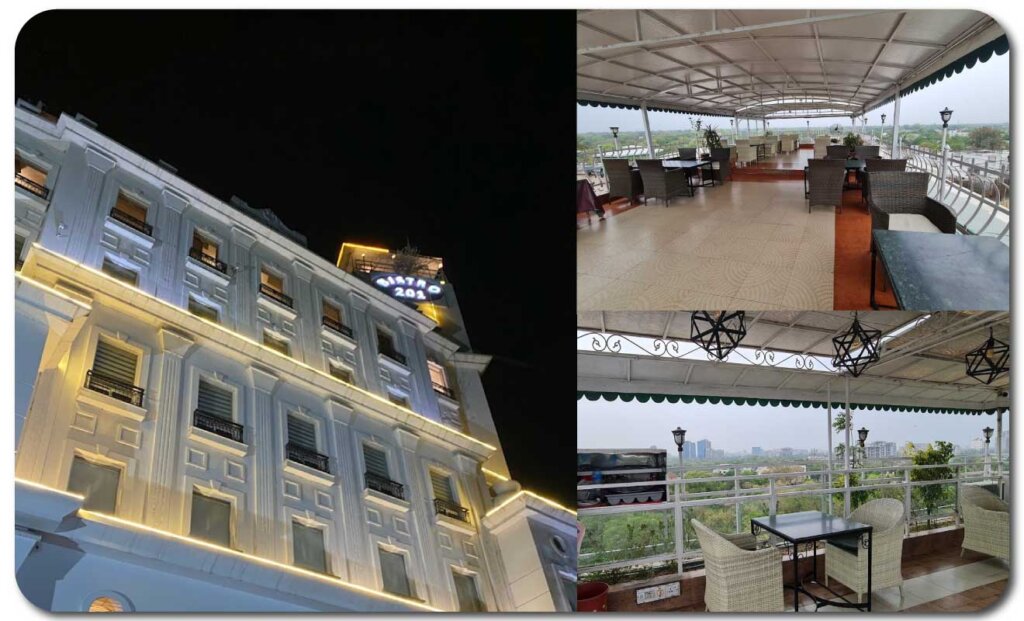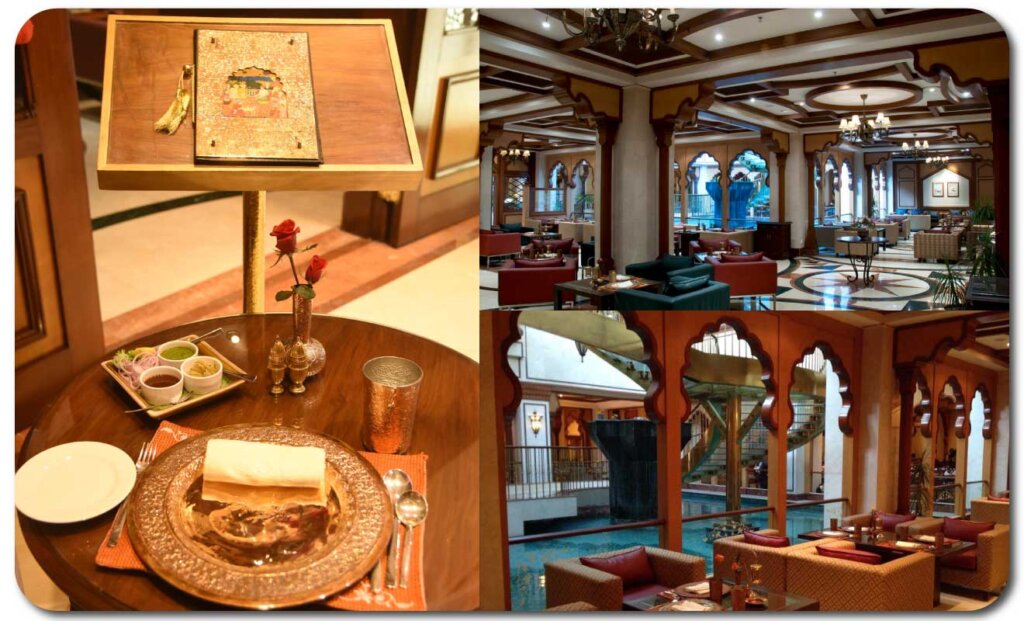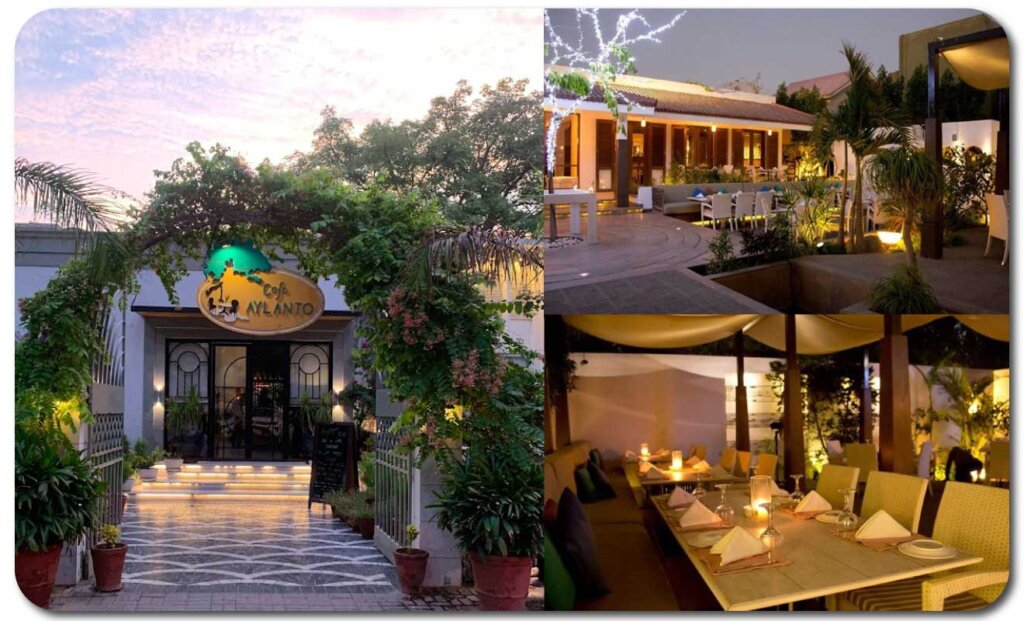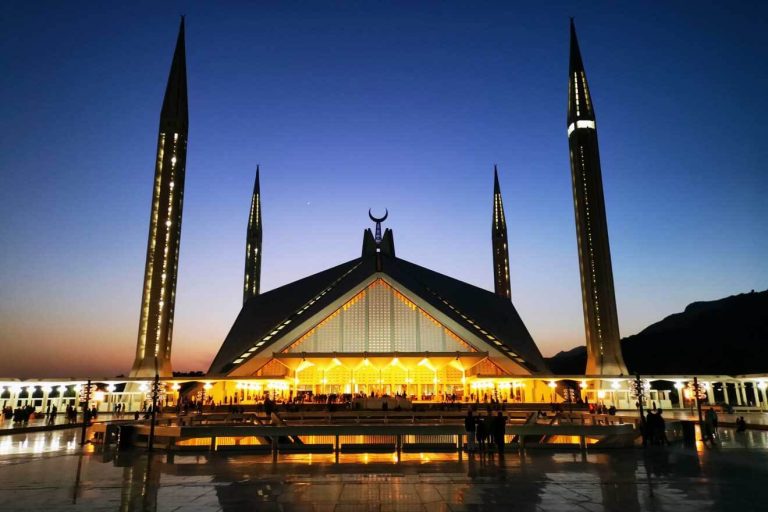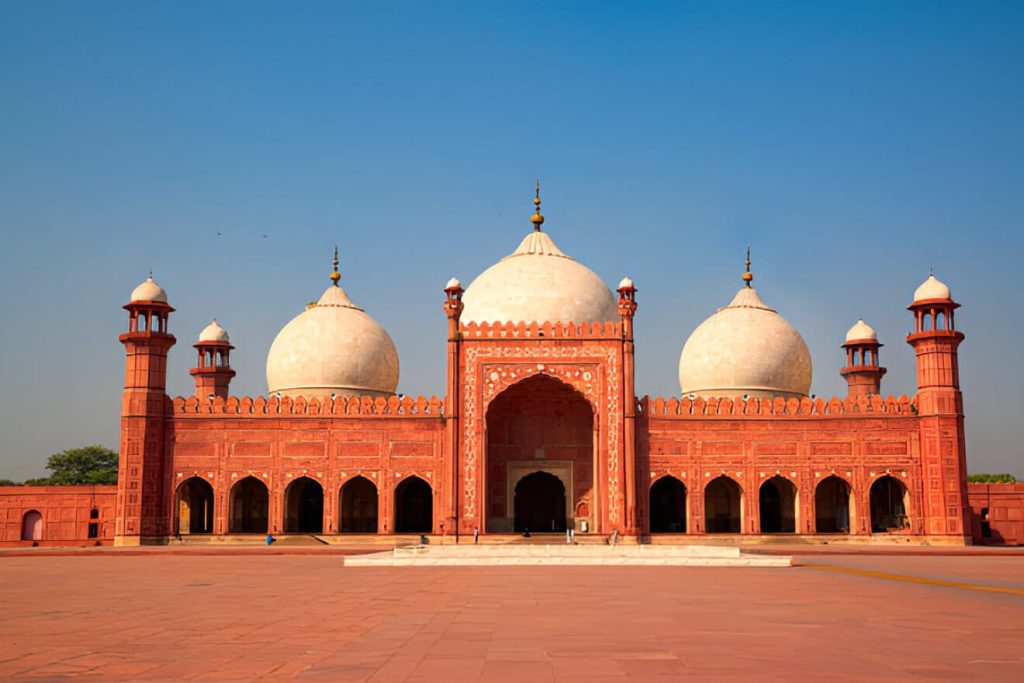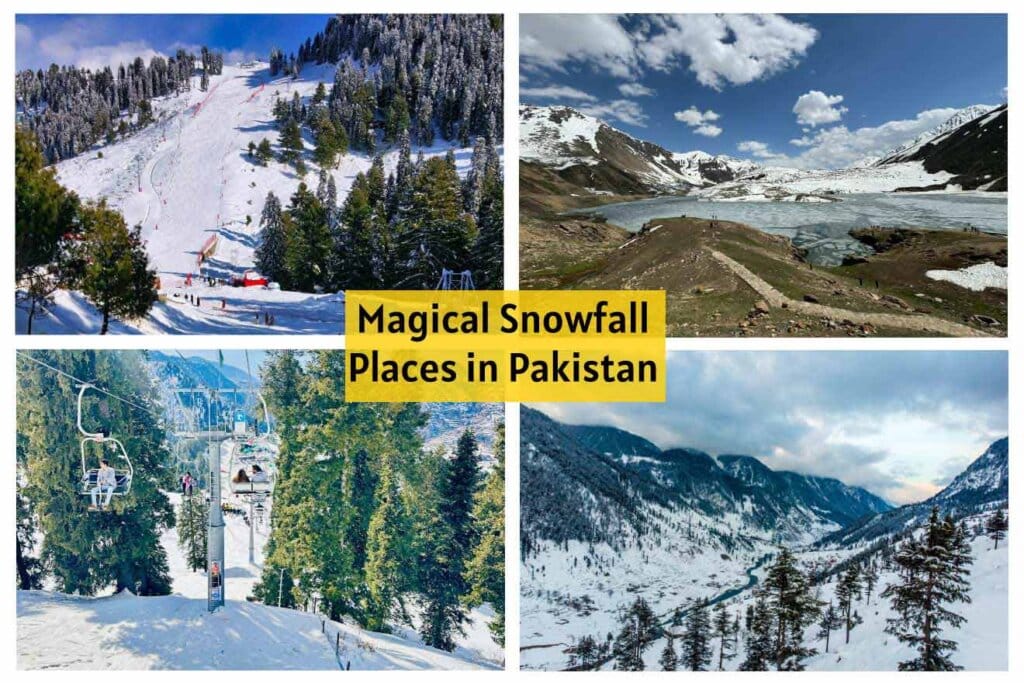
There is nothing more magical than seeing everything covered in snow. When the winter arrives in Pakistan, we desperately need a city escape from the daily grind, especially those living in a bustling metropolis like Lahore.
From skiing and snowboarding to snow tubing and sledding, there are plenty of fun winter activities to embrace the charm of the season.
Whether you want to spend a ski-filled weekend or experience a white vista, we have compiled a list of snowfall places in Pakistan that offer plenty of winter sports activities and provide the perfect setting to stroll through captivating snowscapes or enjoy a roaring open fire.
Are you ready? Let’s get into it!
Snowfall places in Pakistan
While lush green valleys and crystal-clear lakes often steal the spotlight during summer vacations, winter getaways deserve love for their captivating snow-covered vistas.
Not every province in Pakistan sees snow for lengthy periods every year.
However, in northern areas, you can guarantee there will be snow to marvel at for an extended period of time.
The Gilgit Baltistan region has a special sparkle during colder months, as snowfall season stretches from November to March.
In some valleys of GB, snow can be seen much earlier. Punjab and Sindh don’t see much snow compared to other provinces of Pakistan.
The northern half of Azad Jammu & Kashmir and Khyber Pakhtunkhwa, the extreme northern areas of Punjab, Gilgit-Baltistan, and north Balochistan are some regions in Pakistan where snowfall is a regular occurrence in winter.
The best time to see snow in Pakistan is between December and February.
| Place | Province/region | Elevation | Best Time to Visit |
| Murree | Punjab | 7,516 feet | January and February |
| Nathia Gali | KPK | 7,910 feet | January and February |
| Malam Jabba | KPK | 9,200 feet | February |
| Kaghan Valley | KPK | 2,134- 13,690 feet | January and February |
| Chitral | KPK | 4,900 feet | December to February |
| Hunza Valley | Gilgit Baltistan | 7,999 feet | January and February |
| Neelum Valley | Azad Jammu & Kashmir | 4,000-7,500 feet | December to February |
| Skardu | Gilgit Baltistan | 8,202 feet | December and January |
| Pir Chanasi | Azad Jammu & Kashmir | 9,500 feet | February |
| Ziarat | Balochistan | 8,343 feet | January |
| Naltar Valley | Gilgit Baltistan | 9,680 feet (Ski resort) | January and February |
| Fort Munro | Punjab | 6,470 feet | January |
| Soon Sakesar Valley | Punjab | 5,010 feet | January |
| Quetta | Balochistan | 5,510 feet | February |
| Gorakh Hill | Sindh | 7,684 feet | January |
Punjab
Snowfall in Punjab is not common, except in some areas located at higher altitudes. The extreme northern part of Punjab features hills that receive snowfall during winter. Here are some of the best places in Punjab to catch snowfall.
Murree, District Murree

Best for family winter vacation
Murree is a small hill station located in northern Punjab and is one of the top winter destinations in Pakistan. For many, Murree is a must-visit winter destination in Punjab for snowy scenes. Snowfall in Murree is a sight to behold, offering a variety of fun winter activities.
It is extra special for families. Think of snowball fighting, thrilling chair lift rides, and gliding down the snowy slopes together.
January and February are the best months to go to Murree during the snowfall season.
To keep warm, indulge in meaty delights and wash it down with a hot cup of tea or kehwa.
Getting there: It is 64 km from Islamabad
Best time to visit: January and February
Key attractions:
- Mall Road
- Kashmir Point
- Pindi Point
Where to stay:
- Hotel One Murree
- Blue Pines Resort Hotel
- Move n Pick Hotel (budget option)
Read More>> Best Hotels in Murree for every budget
Fort Munro, District Dera Ghazi Khan
Best offbeat place for snowy vacation in Punjab
Perched on the peaks of the Sulaiman Mountains, Fort Munro is the only hill resort in southwestern Punjab that receives snowfall every few years.
It is a good choice for a peaceful winter getaway, where you can enjoy cable car rides, go on a nature walk, or simply sit in a calm place to see the awe-inspiring views of the hills and the valley below from Prospect Point. Zip lining is also an option for adventure seekers.
Getting there: It is 200 km from Multan
Best time to visit: January
Key attractions:
- Prospect Point
- Damas Lake
- Anari Top
Where to Stay:
- TDCP Resort Fort Munro
- Hotel One, Fort Munro
Soon Sakesar Valley, District Khushab
Best for a quiet yet fun winter vacation
If you want to avoid crowds on your winter trip, head to Soon Sakesar Valley in central Punjab.
Mount Sakesar lies in the outer fringes of this valley, which experiences snowfall in colder months.
It is easily accessible from major cities like Lahore, Islamabad, and Sargodha.
This valley boasts many tourist spots for adventurers and history buffs, including three saline lakes, hiking trails, and an ancient Temple.
Getting there: It is 320 km from Lahore
Best time to visit: January
Key attractions:
- Khabikki & Uchali Lake
- Kanhatti Garden
- Akrand Cliff Fort
Where to stay:
- TDCP Khabikki Lake Rest House, Soon Valley
- Naushera Rest House (for Government officials only)
 Tip: If you are a history buff, you must include Amb Temples and Akrand Cliff Fort on your Soon Valley itinerary.
Tip: If you are a history buff, you must include Amb Temples and Akrand Cliff Fort on your Soon Valley itinerary.
Khyber Pakhtunkhwa (KP)
Khyber Pakhtunkhwa, or KPK, is located in northwestern Pakistan and is divided into two main zones: the north and the south.
The northern zone of KPK spans from the Koh Hindu Kush Mountain Range to the Valley of Peshawar and experiences heavy snowfall in winter.
On the other hand, the southern zone stretches from Peshawar to the Derajat basin and sees snow rarely.
Below are some of the snowiest places in Khyber Pakhtunkhwa:
Malam Jabba, Swat Valley
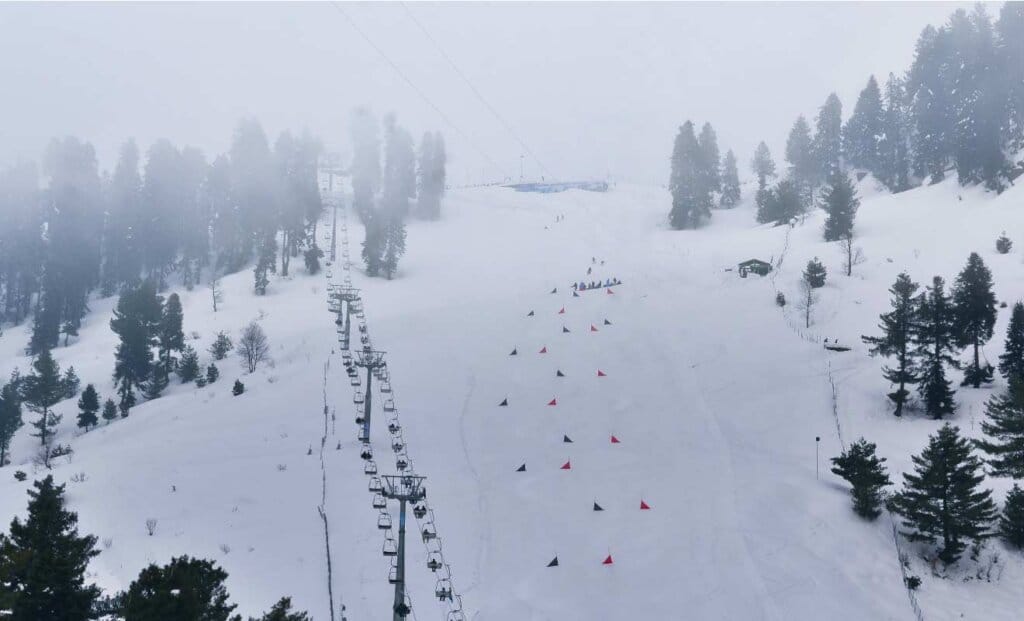
Best for skiing and snow sports
Located in Swat Valley, Malam Jabba is Pakistan’s premier ski resort destination and is accessible throughout the year.
Malam Jabba Ski Resort is situated 2,804 meters above sea level and boasts a 720-meter snowy slope that skiers and snowboarders dream of. Snowfall in Malam Jabba offers many exciting and adventurous winter activities.
One of the highlights of Malam Jabba is its winter sports festival, which promotes winter tourism and is held in February each year.
Off skiing and snowboarding, there’s plenty more to do, such as snow tubing, zip-lining, human slingshot, ice hockey, speed skating, and more.
In addition, thrilling chairlift rides offer breathtaking views of the snow-clad mountains.
Getting there: It is 53 km from Swat
Best Time to Visit: February
Key attractions:
- Slope for skiing and snowboarding
- ice-skating rink
- Zip line, and chair lift
Where to Stay:
- PC Malam Jabba
- Malam Jabba Ski Resort
- Al-Sadiq Hotel & Restaurant (Budget hotel)
Kaghan Valley, Mansehra District
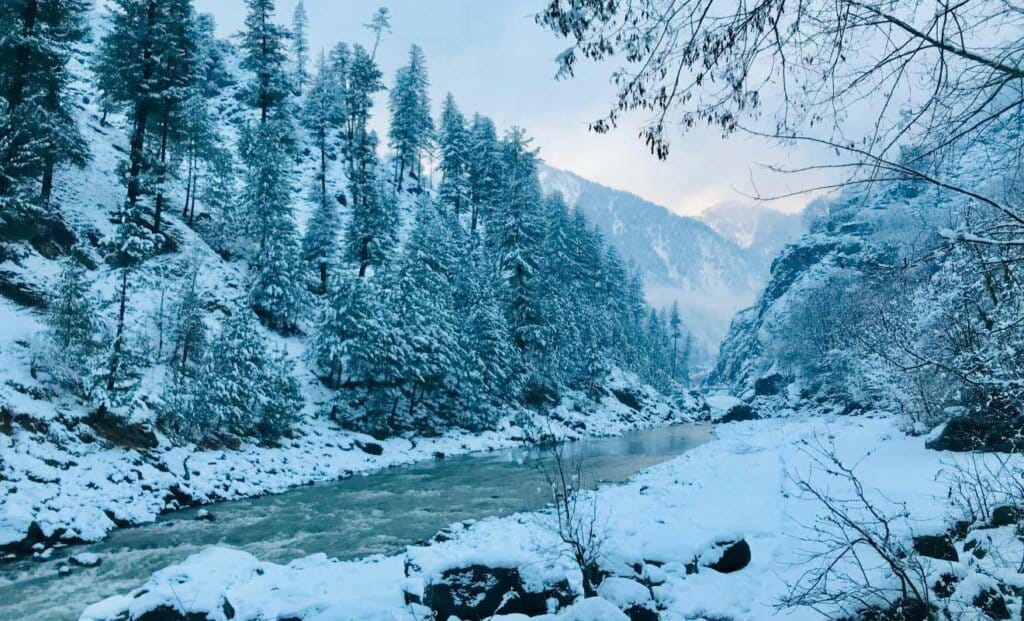
Best for an outdoorsy winter escape
Among the best snowfall places in Pakistan, Kaghan Valley is an idyllic destination for adventure travelers in the Mansehra District of KPK.
The sightseeing highlight of this valley is the frozen Saif-ul-Malook Lake, which creates a surreal spectacle.
Naran is the main town of the Kaghan Valley, which is inaccessible during winter due to heavy snowfall.
Kaghan Valley is also a preferred destination for winter sports like skiing, snowboarding, and snow trekking.
Getting there: It is 202 km from Islamabad
Best Time to Visit: January & February
Key attractions:
- Shogran,
- Saif-ul-Malook Lake
- Siri Paye Meadows
Where to Stay:
- Marco Polo Resort Kaghan
- Walnut Cottage Kaghan
- Pine Park Hotel & Resort Shogran
Read More>>> Best Naran Kaghan Valley hotels for sublime vacations in mountains
Tip: Winter in Kaghan Valley can be harsh, and roads are often closed when it snows heavily. The farthest you can go is Kaghan Town, so staying in Shogran is a safe option if access to Kaghan becomes difficult.
Chitral, Lower Chitral District
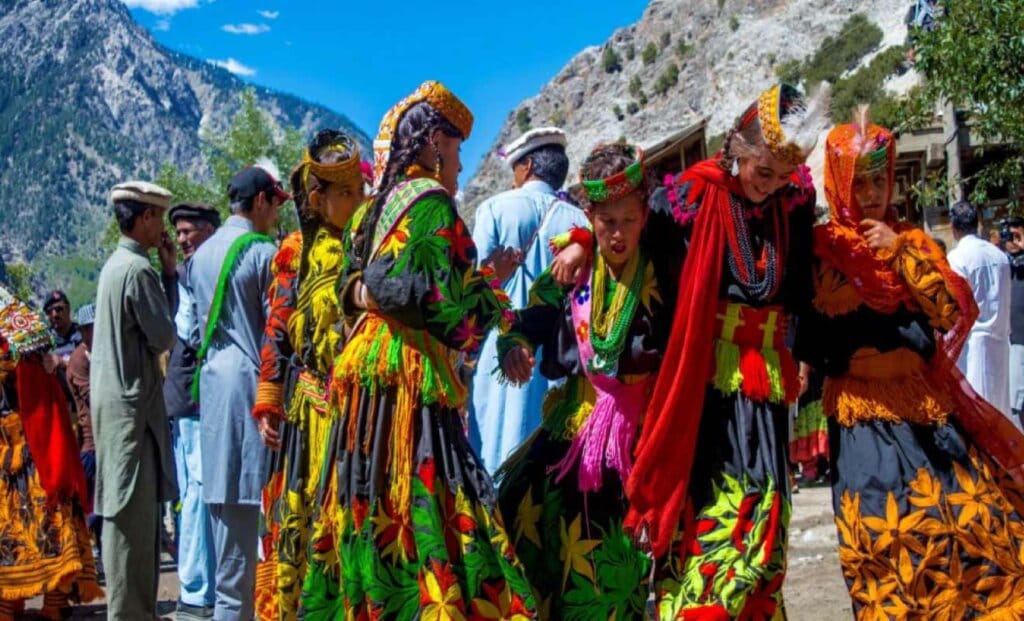
Best for experiencing Chawmos Festival
Chitral is often considered a summertime destination, but heavy snowfall turns it into a magical winter wonderland, offering panoramic vistas.
The snowfall is so high between December and February that may cause road closures.
The Chawmos Festival (15-22 December) attracts local and foreign tourists to Kalash Valley to experience the centuries-old festivities of the Kalasha People.
They celebrate this festival to welcome the arrival of the New Year and thank their god, Balimain, by singing and dancing together.
Tourists can join them in their celebrations and enjoy their folk dance to the rhythmic playing of drums beside the big bonfire.
The inter-village tournament of Chikik Gal is also held during the colder months, which is an indigenous tribal version of a ball game played in deep snow.
Skating, skiing, soaking in hot springs, and ice climbing are some of the best things to do during this time of year.
Getting there: It is 404 km from Islamabad
Best Time to Visit: December to February
Key attractions:
- Kalash Valley
- Chitral Fort
- Garam Chashma (hot spring)
Where to Stay:
- Chitral Green Guest House
- Legendary hotel Chitral
- Happy Guest House Kalash Valley
Nathia Gali, District Abbottabad
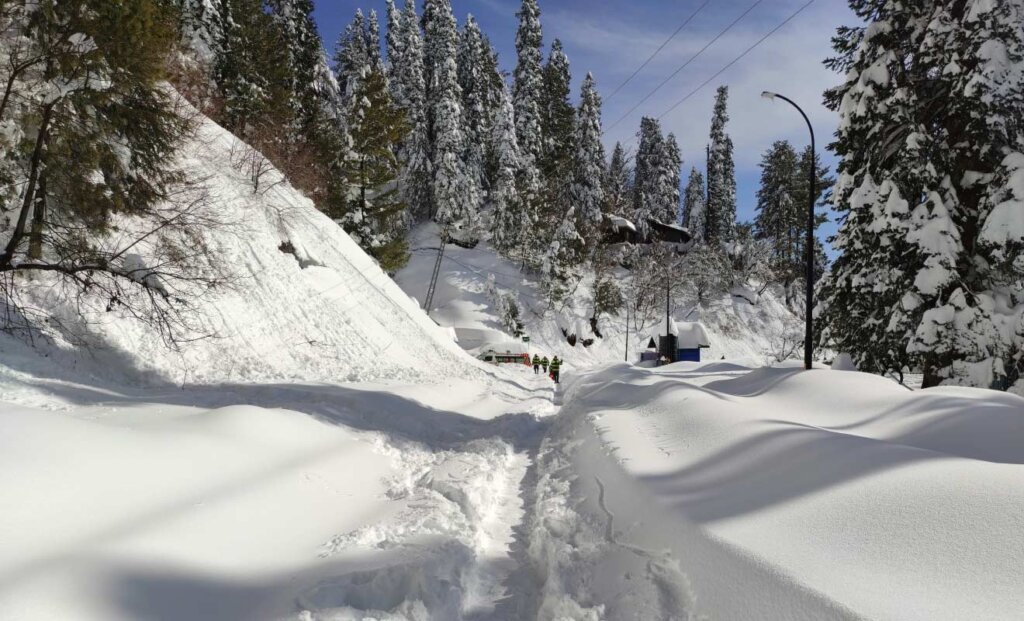
Best for Winter Outdoor Adventure
One of the most famous hill stations in KPK, Nathia Gali, is the best answer to your question, “Where can I see snow in Pakistan?”
Located in the heart of the Galyat region, Nathia Gali is a mountain resort town famed for its hiking trails and scenic beauty.
In winter, heavy snowfall turns it into a fairyland. This high-altitude town attracts thousands of adventure travelers each year. It is also a favorite winter honeymoon destination for couples.
From enjoying chairlift rides and skiing to snowboarding and snow tubing, Nathia Gali offers endless winter fun.
Adventure seekers can also test their nerves by trekking the snowy trails of Mushkpuri during winter.
Getting there: It is around 39 km from Murree
Best Time to Visit: January and February
Key attractions:
- Ayubia National Park
- St. Matthew’s Church
- Mushkpuri Top Trek
Where to Stay:
- Fogland Hotel, Nathia Gali
- GDA Dome Resort (budget option)
- Alpine Hotel & Resort
Gilgit Baltistan
Located in North Pakistan, Gilgit Baltistan is renowned for its mighty peaks of the Karakoram Range and rich culture and history.
It is also the snowiest region of Pakistan, where heavy snowfall and blizzards are common during wintertime.
Here are some of the best places in the Gilgit Baltistan region to witness breathtaking snowfall in winter.
Naltar Valley, District Gilgit
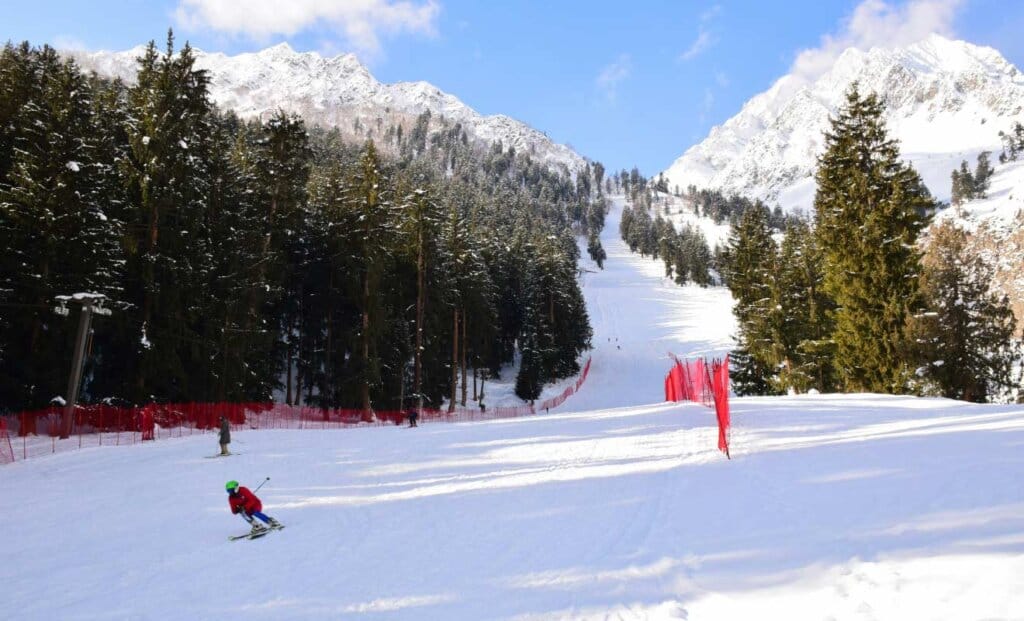
Best Ski resort destination in Gilgit Baltistan
Known for its ski resort, lakes, and snow-laden forest, Naltar Valley is a must-visit winter destination in Gilgit Baltistan.
Here, you are surrounded by the country’s northern Alps, which are decorated with snow in colder months.
Naltar Ski Resort remains the star of the show during winter and attracts skiing enthusiasts across the country, especially during the Winter Sports Festival held in February each year.
Well-maintained slopes provide a thrilling skiing and snowboarding experience. However, this ski resort is less developed compared to Malam Jabba and sees fewer crowds due to challenging road conditions during snowfall months.
Besides winter sports, tourists can also get a chance to see the snow leopard in captivity.
Getting there: It is around 44 km from Gilgit
Best Time to Visit: January and February
Key attractions:
- Naltar Ski Resort
- Naltar Wildlife Sanctuary
- Naltar Valley viewpoint
Where to Stay:
- Turgil Green Resort Naltar
- Royal Nest Hotel
- GB PWD Rest House
Hunza Valley, District Hunza
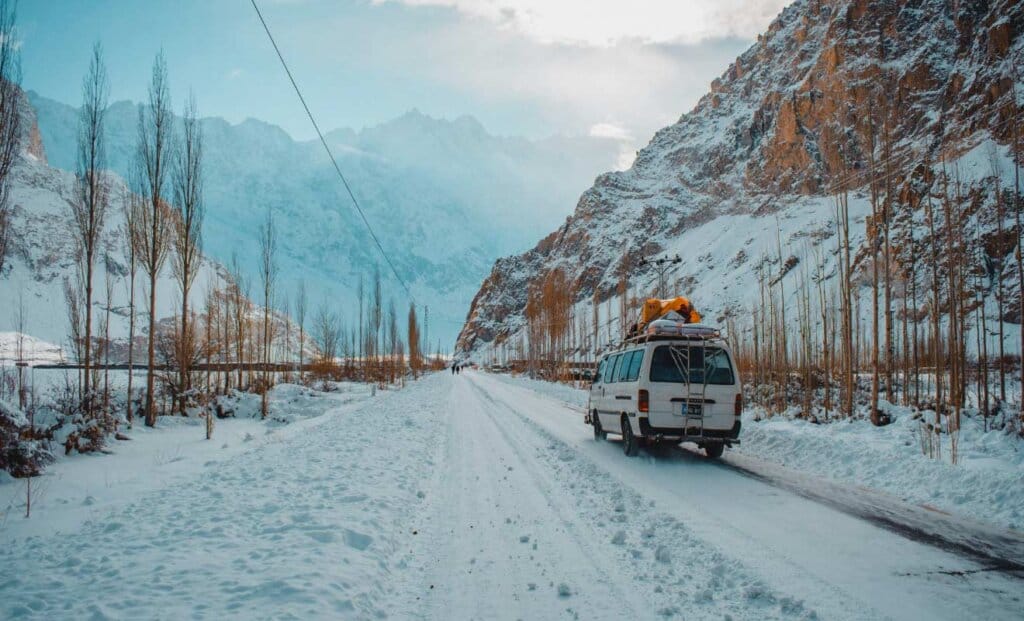
Best for enjoying snow to your heart’s content
Witnessing snowfall in Hunza is an out-of-this-world experience. Sits an elevation of 7,999 feet, Hunza Valley gets covered in a blanket of snow in winter and experiences heavy snowfall from December to February.
The highlights include frozen Attabad Lake, breathtaking views of the snowy Hunza Valley from Altit and Baltit Fort, and heart-stopping panoramic views of snowy peaks (6,000–7,788 meters high) from the Eagle’s Nest viewpoint.
However, accessing this viewpoint during winter depends on the weather conditions, while Eagle Nest Hotel remains closed from mid-December to mid-February.
The most famous Khunjerab Pass in Hunza Valley is inaccessible during this time as it remains closed from November to March due to heavy snowfall.
If you are planning to visit Hunza in winter, don’t miss out on the snow winter swimming festival in Gojal, the winter fest in Gulkin for ice skating and the Hunza winter festival to enjoy folk dance and winter sports, such as ice hockey, ice climbing, snowboarding, and mountain cycling.
Getting there: It is 100 km from Gilgit
Best time to visit: January and February
Key attractions:
- Eagle’s Nest & Passu Cone’s viewpoint,
- Hot springs in upper Hunza
- Attabad Lake
Where to Stay in Hunza:
- Serena Altit Fort
- Luxus Hunza Attabad Lake Resort
- Roomy Dastaan Hotel
Read More>> Best luxury and budget hotels in Hunza Valley
 Interesting fact: Eagle’s Nest Viewpoint is the only place on Earth where you can see 11 towering peaks in one sweeping view, each standing between 6,000 meters and 7,788 meters high.
Interesting fact: Eagle’s Nest Viewpoint is the only place on Earth where you can see 11 towering peaks in one sweeping view, each standing between 6,000 meters and 7,788 meters high.
Skardu, District Skardu
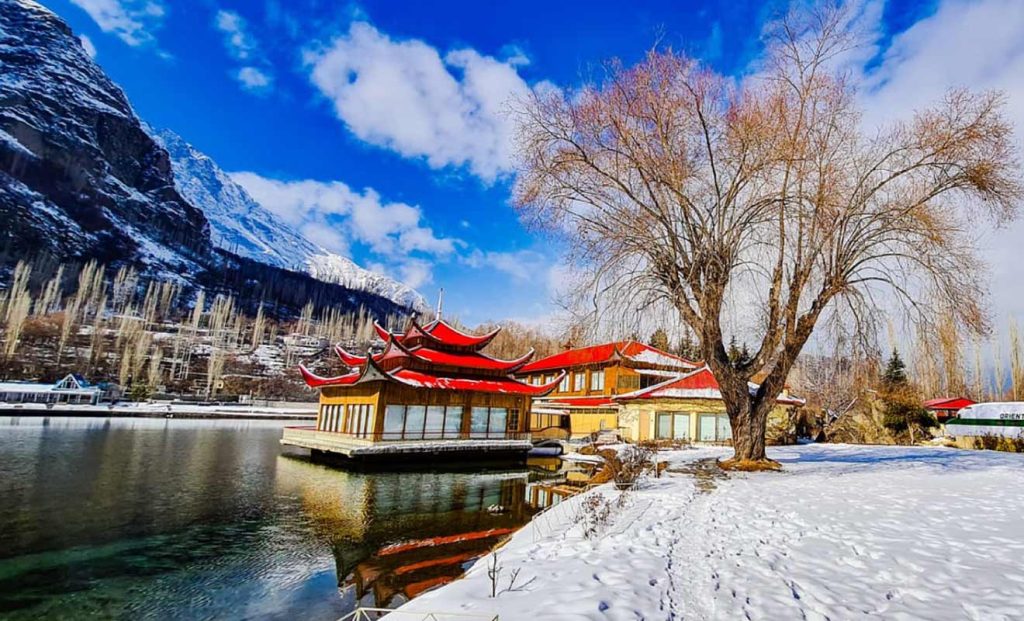
Best winter sports destination
Counted as Pakistan’s snowiest place, Skardu is famous for its towering peaks, alpine plateau, lakes, and cold deserts. Its magnificence is further exemplified during the snow season.
The frozen Upper Kachura Lake is a sight to behold during this time and the sand dunes of Katpana Desert are covered by a smooth blanket of snow.
Deosai Plains are the coldest place in the entire GB region. However, visiting it during colder months is still possible on foot.
Keep in mind that it is not a simple crossing of the plains; it is more like an expedition-style crossing.
Visiting Skardu in December will let you witness the Jashn-e-Mayfung (ancient festival of fire and light), celebrated on the eve of 21st December, which showcases Balti people’s grand New Year celebrations and features fire and sword dances and lantern launches in the sky.
The celebrations include fireworks displays, traditional musical performances, and festive Balti food.
In addition, the Skardu Rgun Festival, held annually in mid-January, showcases events like ice hockey, the Zakh rally (ancient rafts), the Indus off-road jeep rally, and the Yak race to promote winter sports and tourism.
Getting there: It is about 200 km from Gilgit
Best time to visit: December and January
Key attractions:
- Sarfranga and Katpana Desert,
- Upper and Lower Kachura Lake
- Kharpocho Fort
Where to Stay in Skardu:
- Shangrila Resort
- Avari Xpress Skardu
- Mountain View Hotel (budget option)
Read More>>> Best hotels in Skardu for unforgettable vacations
Azad Jammu and Kashmir
Azad Kashmir is located in northeast Pakistan and is renowned for its serene natural beauty and breathtaking landscape.
Central and northern districts of Azad and Jammu Kashmir see snow in winter, transforming the landscape into a stunning vista that looks like something out of a fairy tale.
Here are the best snowfall places in Azad Jammu and Kashmir:
Neelum Valley, AJ&K
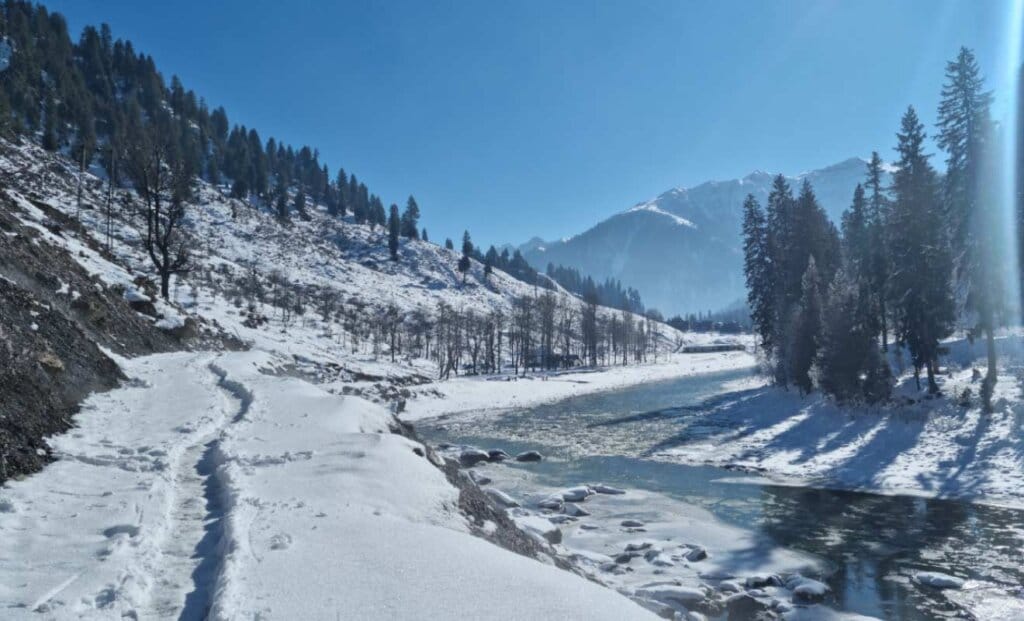
Best romantic gateway
Neelum Valley in Azad Jammu and Kashmir is one of Pakistan’s famous places and undoubtedly the most beautiful in this region. It is also one of the coldest places in Pakistan, as temperature drops to as low as -17 degrees Celsius in its upper region.
Winter turns this picturesque valley into a beautiful winter wonderland. Snowfall season usually starts in October and as early as September.
Skiing in Arang Kel, snow trekking to Ratti Gali Lake and hiking from Kel to Arang Kel are some options for adrenaline junkies.
Nature lovers can enjoy a dreamy jeep ride from Sharda to Kel amidst snowy terrain.
Don’t forget to enjoy Kashmiri cuisines such as Gushtaba (meatballs in yogurt gravy) and Rogan Josh (aromatic curried meat dish), and buy souvenirs when you are here.
Getting there: It is 84 km from Muzaffarabad City
Best time to Visit: December to February
Key attractions:
- Sharda Peeth
- Kel & Arang Kel
- Ratti Gali Lake
Where to Stay:
- Jagran Resort Kutton
- Green Village Resort
- Sharda Lodge Neelum Valley
Pir Chinasi, District Muzaffarabad
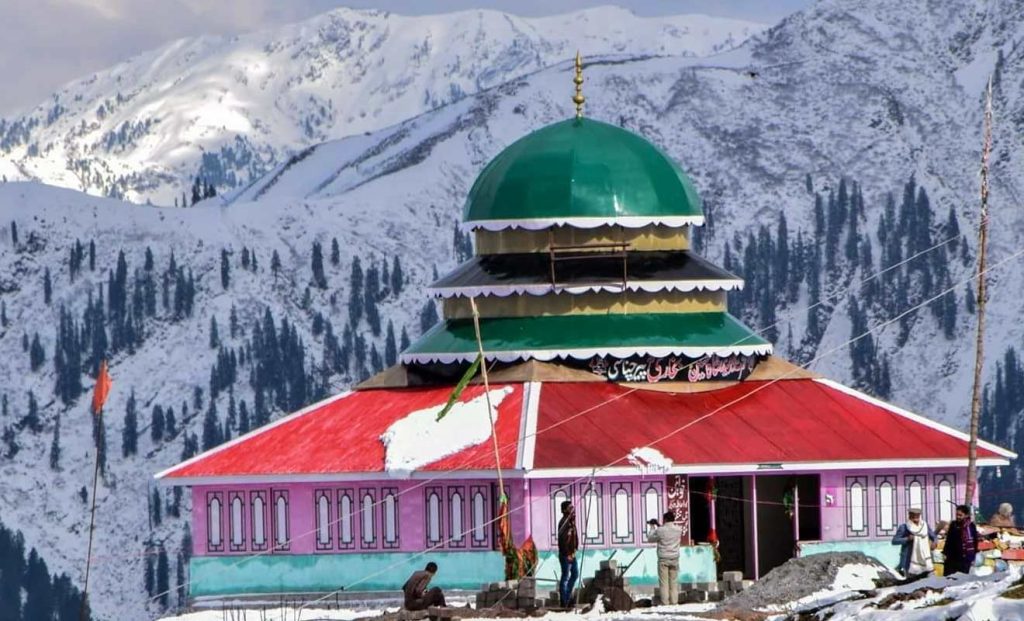
Best for enjoying snowfall at a less-crowded place
If you want to hit some serious hills, there is no place like Pir Chanasi, a shrine and popular tourist spot located 30 km from Muzaffarabad.
It is a preferred choice among travelers who want to enjoy snow in Pakistan in a quaint, less crowded place.
Winter months transform it into fairytale-like scenery. Tourists need to hire a jeep to reach the top, and the journey can be especially dangerous in snowy conditions, likely pushing them beyond their comfort zone.
Pir Chinasi is an excellent spot to admire the beauty of the layered mountain silhouettes, take Instagram-worthy photos, or simply enjoy a good cup of tea at the hilltop dhaba.
Visiting Pir Chinasi in early February also provides an opportunity to enjoy a snow jeep expedition.
Getting there: It is 30 km from Muzaffarabad City
Best time to Visit: February
Key attractions:
- Pir Shah Hussain Bukhari Shrine
- Views of Muzaffarabad City and Jehlum Valley
Where to Stay:
- PC Hotel, Muzaffarabad
- Muzaffrabad view Hotel, Pir Chinasi Road
- Heaven’s Peak Hotel, Pir Chinasi Road
Read More>>> Best Hotels in Neelum Valley with prices
Balochistan
Located in the southwestern part of Pakistan, Balochistan is an off-beat snowiest destination. With Balochistan as big as it is, not every region receives snow in winter.
But in northern districts, there will be snow to marvel at during colder months.
The areas in northern Balochistan receive heavy snowfall from December to February, with occasional chances of snow in March. Below are the most beautiful snowfall places in Balochistan:
Quetta, District Quetta
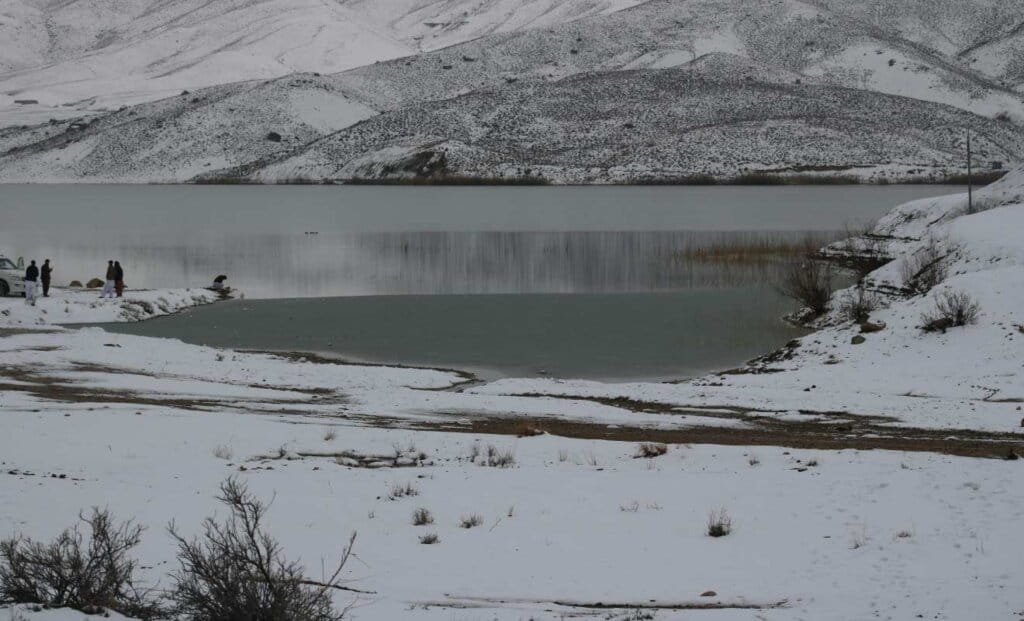
Best snowy city in Pakistan
Not many cities can compare to Quetta during the snowfall season. It is blessed with abundant geological beauty.
Think national park featuring endangered species of Suleiman Markhor, a beautiful lake, and mountains that look more magical in winter and wear ice beautifully.
Most tourist spots are located a few kilometers away from Quetta, including Henna Lake, Hazarganji-Chiltan National Park, Lakpass Tunnel, and Mariabad—a settlement at the foot of the mountains.
When the snowfall occurs, you will fall in love with the city’s warm culinary scenes and outgoing spirit.
You can head to Henna Lake to admire its snowy beauty, visit Hazarganji-Chiltan National Park, and explore the nearby Urak Valley.
Getting there: It is 685 km from Karachi
Best Time to Visit: February
Key attractions:
- Hannah Lake
- Urak Valley
- Hazarganji-Chiltan National Park
Where to stay:
- Serena Hotel, Quetta
- White Hotel, Quetta
- Grand Hotel, Quetta
Ziarat, District Ziarat

Best for winter road trip and enjoying snowfall
Ziarat is surrounded by mountains, apple and cherry orchards, and one of the world’s oldest juniper forests—all with a climate that dips below -10 degrees Celsius in winter.
Located just 125 km from Quetta, Ziarat is easily accessible during winter via the scenic Quetta-Ziarat Road.
The snow-draped Juniper forest, the serene Sandeman Tangi waterfall, and the mountains blanketed in white make it a photographer’s dream.
Quaid-e-Azam Residency and Prospect View Point Ziarat are famous tourist attractions in Ziarat for enjoying snowfall.
Getting there: it is 125 km from Quetta
Best time to visit: January
Key attractions:
- Quaid-e-Azam Residency
- Ziarat Juniper Forest
- Prospect View Point Ziarat
Where to Stay:
- Shalimar Hotel, Ziarat
- Ziarat Palace, Ziarat (budget option)
- Misty Peak Resort, Ziarat
Sindh
Located in southeastern Pakistan, Sindh is the only province in the country that doesn’t receive snowfall—except for one hill station in the Kirthar Mountain Range.
Gorakh Hill, Dadu District
Best for experiencing snowfall in Sindh
Located northwest of Dadu City, Gorakh Hills is the coldest place in Sindh, where people can embrace the charm of a snowy winter without traveling to the country’s northern parts.
Famously known as the Murree of Sindh, Gorakh Hills typically receives brief snowfall in winter, usually in January. However, snowfall doesn’t occur every year.
Temperatures may drop as low as -15°C at night, so don’t forget to pack warm clothing when visiting this hill station.
Getting There: It is 420 km distance from Karachi
Best time to visit: January
Key attractions:
- Benazir Point
Where to stay:
- Gorakh Resorts
Frequently asked questions on best snowfall places in Pakistan
Where does it snow in Pakistan?
Snowfall in Pakistan typically starts in December in the northern, northwestern, and northeastern parts of the country.
The best places to find snow in the northern areas of Pakistan include Neelum Valley, Nathia Gali, Kumrat Valley, Murree, Kaghan Valley, Swat Valley, Malam Jabba, Kalam Valley, Hunza Valley, and Skardu.
Malam Jabba is the best place to see snow in Pakistan without going too far north. Skardu in Gilgit Baltistan is one of the snowiest places in Pakistan, where the temperature can sometimes drop to below -20 °C in winter months.
In addition, northern parts of Balochistan, such as Quetta and Ziarat, also experience the coldest temperatures in Pakistan, making them the best snowy getaways in the country.
What is the best time to see snowfall in Pakistan?
January and February are considered the best months to experience snowfall in Pakistan. However, the snowfall season in Gilgit-Baltistan is longer than in other parts of the country, stretching from November to March.
Where can you ski or snowboard in Pakistan?
If you want to ski outdoors, Malam Jabba Ski Resort is the ideal spot for snowboarding and skiing in Pakistan. In addition, Naltar Valley Ski Resort in Gilgit-Baltistan is another popular destination where you can showcase your skills and enjoy some snow action.
When does it snow in Pakistan?
Are you wondering where to find snow in Pakistan? In northwestern Pakistan, the Khyber Pakhtunkhwa (KPK) region receives snowfall from mid-December to late January.
In northern Pakistan, the Gilgit-Baltistan region experiences snowfall from November to March, while Neelum Valley in the northeastern part of the country receives snow from December to February.
January and February are peak snowfall months in northern Punjab, home to the famous hill station of Murree.
Which is the best place to see snow near Islamabad?
Murree is located just 64km from Pakistan’s capital city, making it one of the best places to see snow near Islamabad.
Visitors can enjoy its scenic beauty as the hills of Murree are blanketed in glimmering frost, partake in fun winter activities, and try traditional food.
In addition, the nearby snowfall destinations of Bhurban, Ayubia, and Nathia Gali are easily accessible from Murree and perfect for exploration during your trip to this charming hill station.
How to stay safe in the snow?
Venturing into the winter destination during snowfall months is a wonderful experience, but you should be prepared for the snowy conditions.
![]() Check the snowfall forecast in Pakistan before planning your trip, and if heavy snowfall or blizzard conditions are expected, reconsider your travel dates.
Check the snowfall forecast in Pakistan before planning your trip, and if heavy snowfall or blizzard conditions are expected, reconsider your travel dates.
![]() Pack multiple thermal layers and wear suitable clothing when you go outdoors.
Pack multiple thermal layers and wear suitable clothing when you go outdoors.
![]() The winter packing list should include a thermal base layer, down jacket, light and heavier fleece, snow pants, sturdy boots, woolen hats and gloves, a torch, extra batteries, snacks, and water.
The winter packing list should include a thermal base layer, down jacket, light and heavier fleece, snow pants, sturdy boots, woolen hats and gloves, a torch, extra batteries, snacks, and water.
![]() Keep your phone’s battery fully charged while traveling, and if you get into difficulties, dial 911 (Pakistan Emergency Helpline (PEHL) to ask for Police or medical emergencies.
Keep your phone’s battery fully charged while traveling, and if you get into difficulties, dial 911 (Pakistan Emergency Helpline (PEHL) to ask for Police or medical emergencies.
Have you visited any of these snowy destinations in Pakistan? Which one is your favorite, and how was your experience? Share your thoughts with us in the comments!

